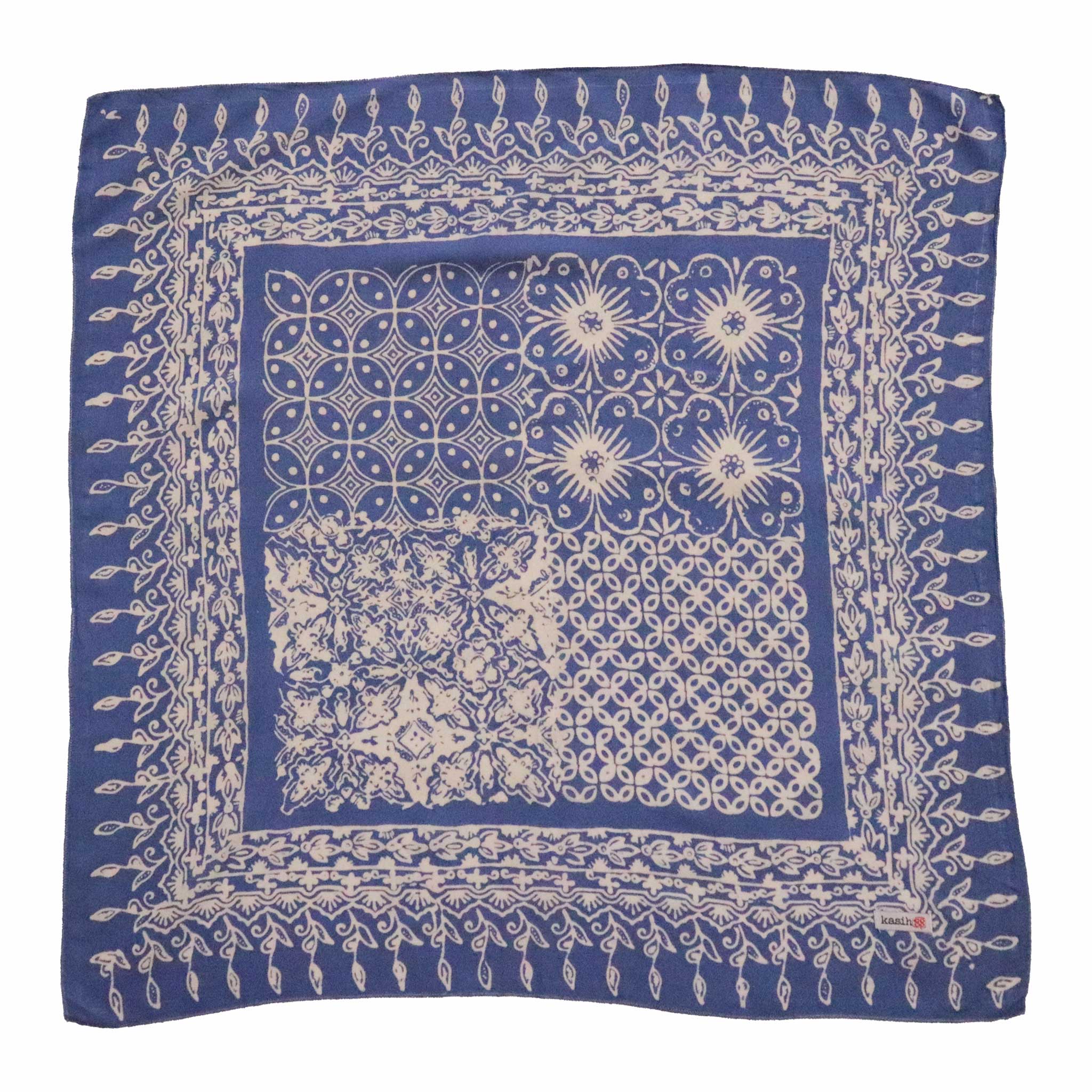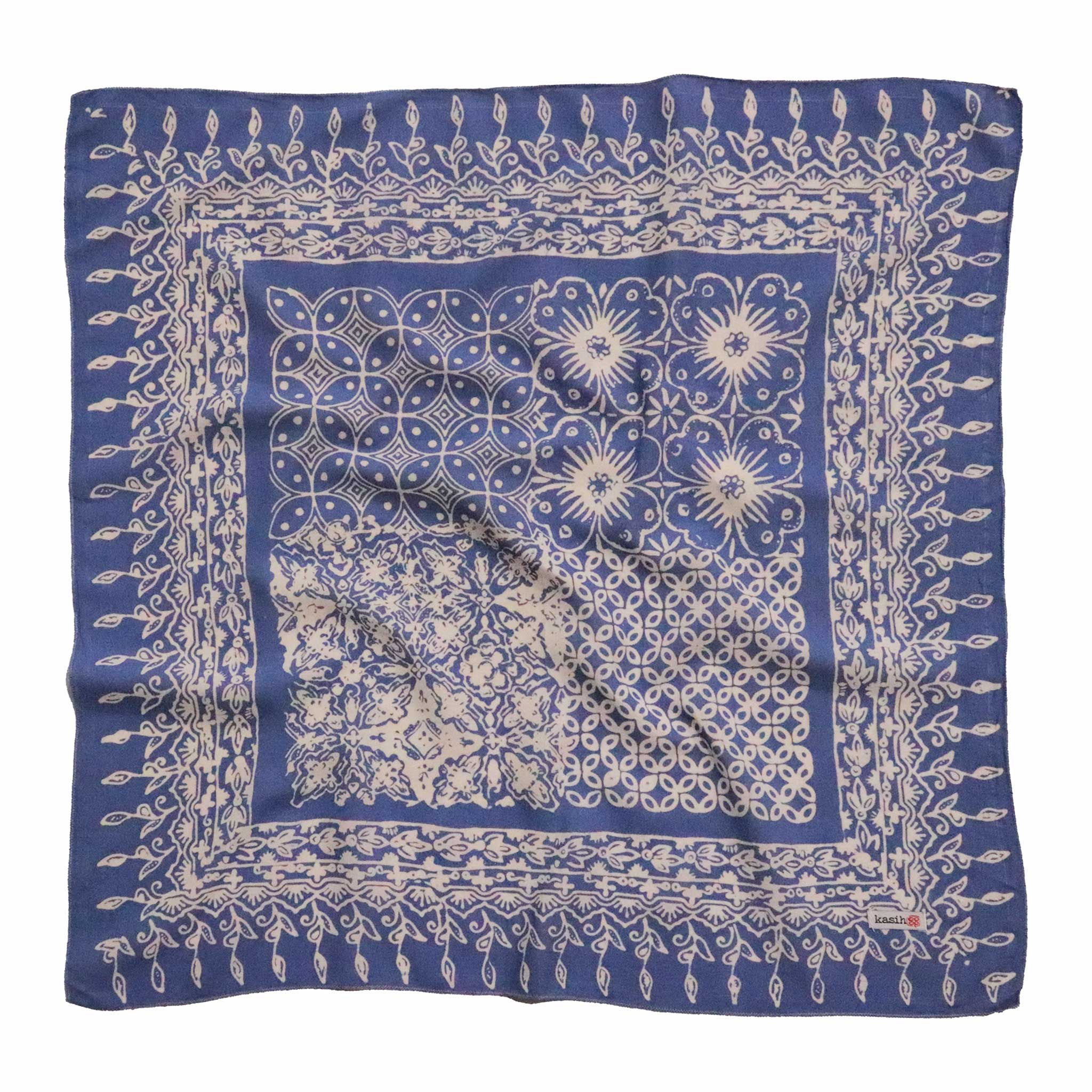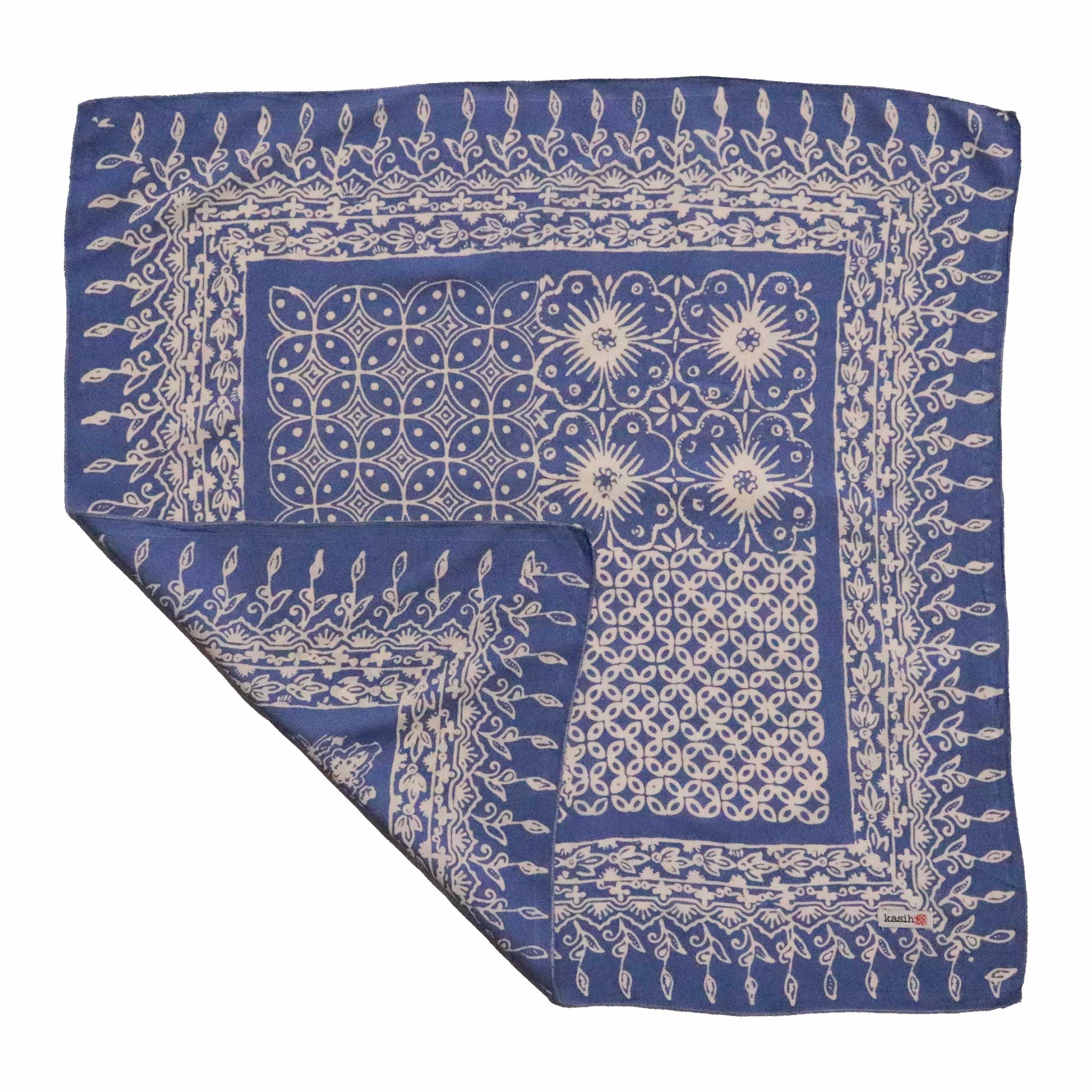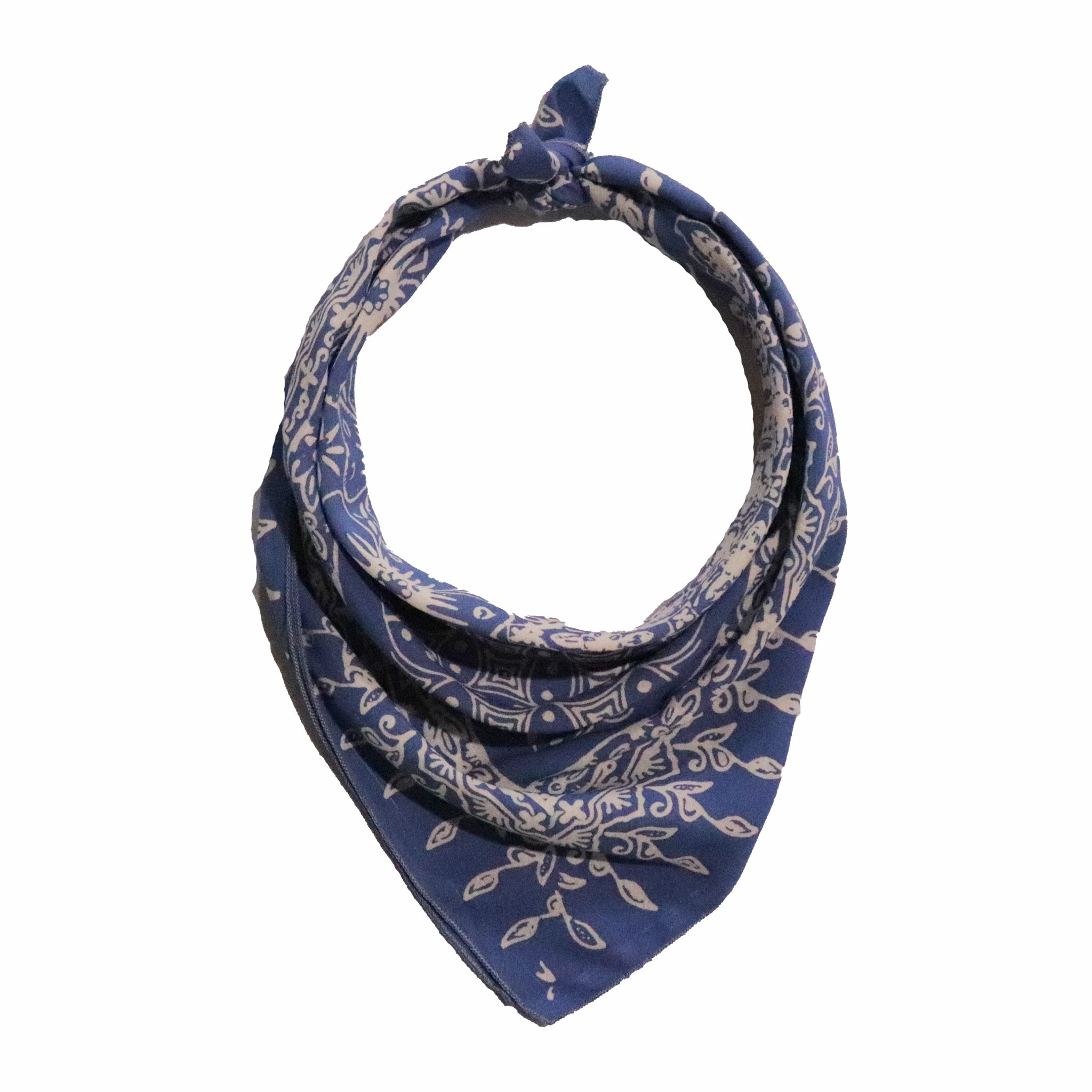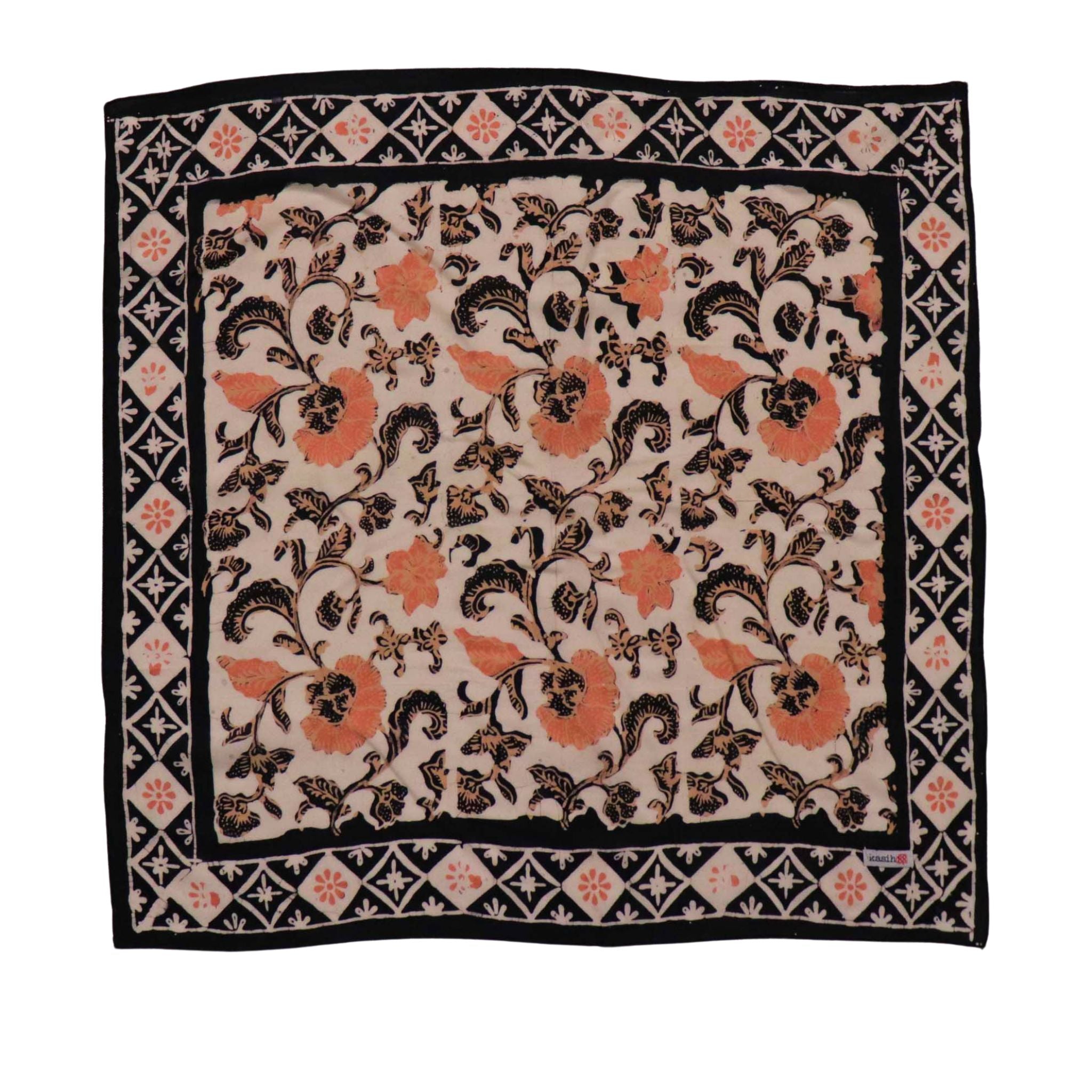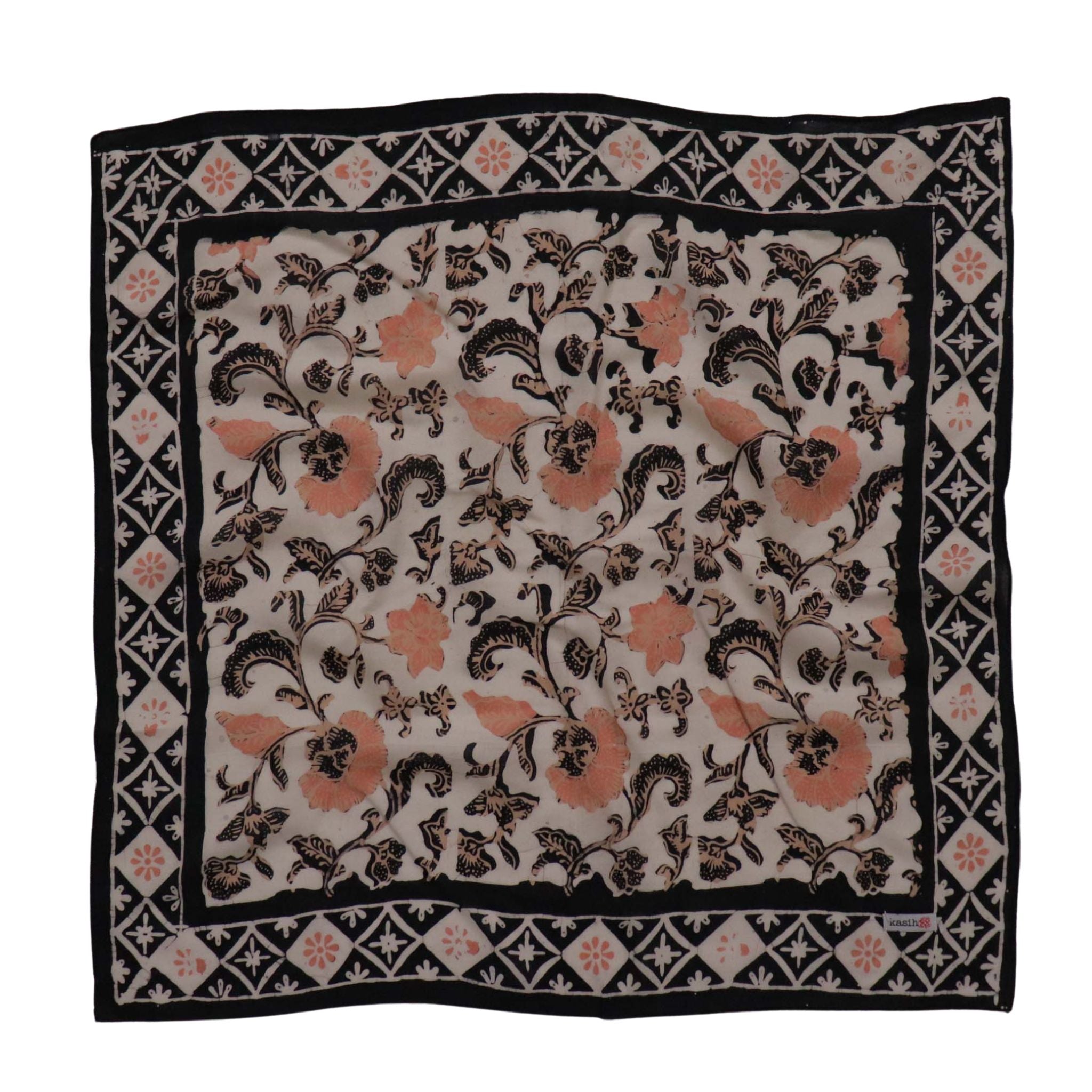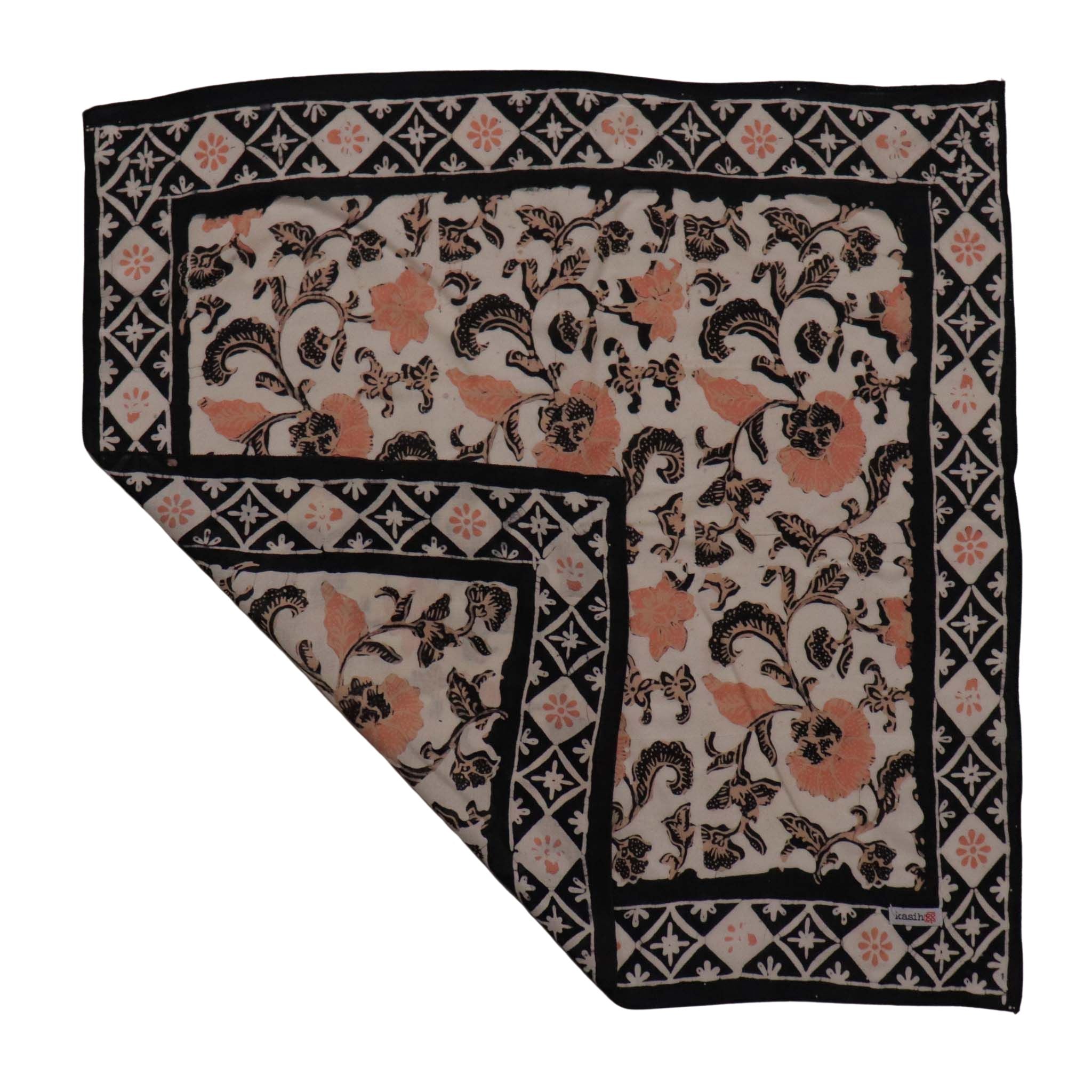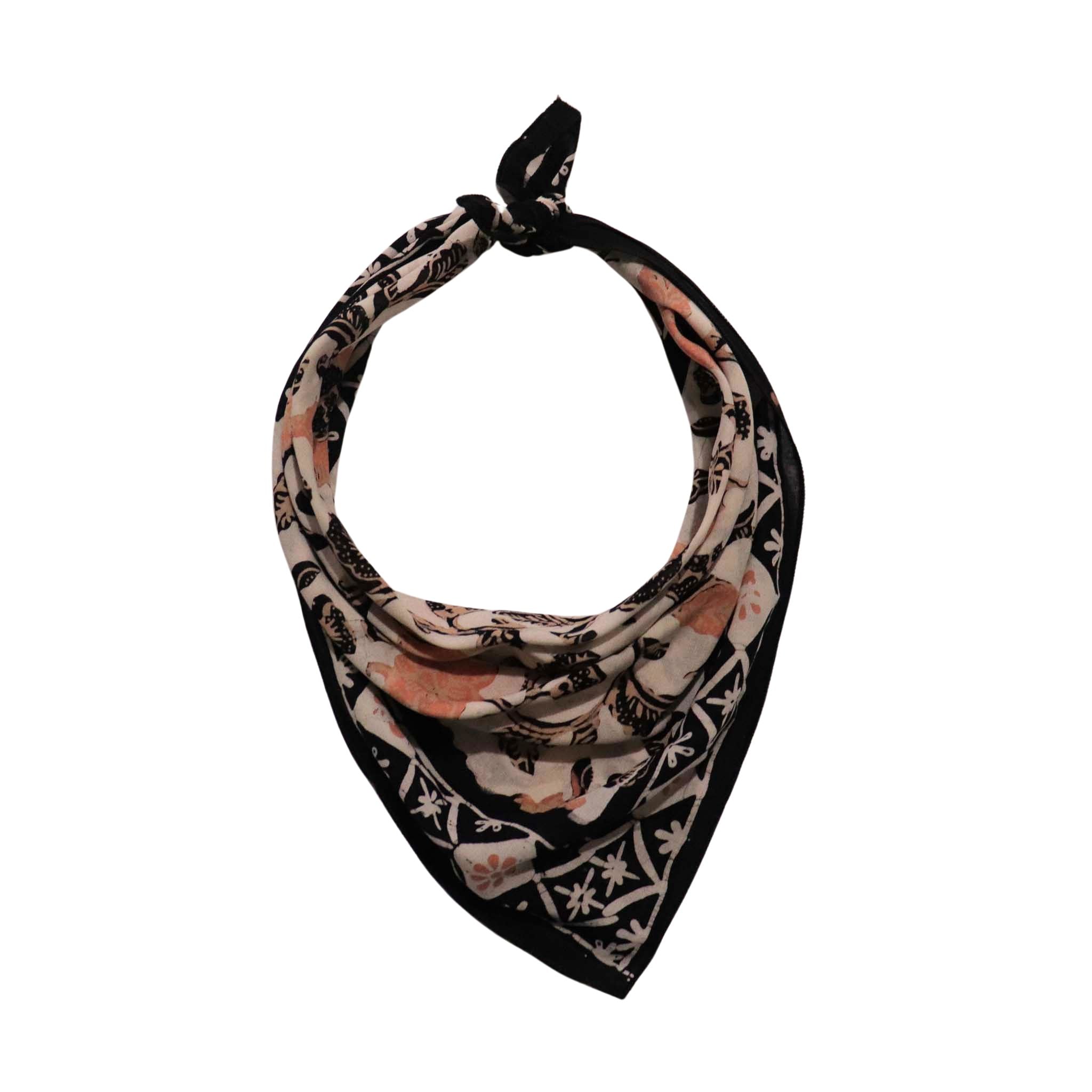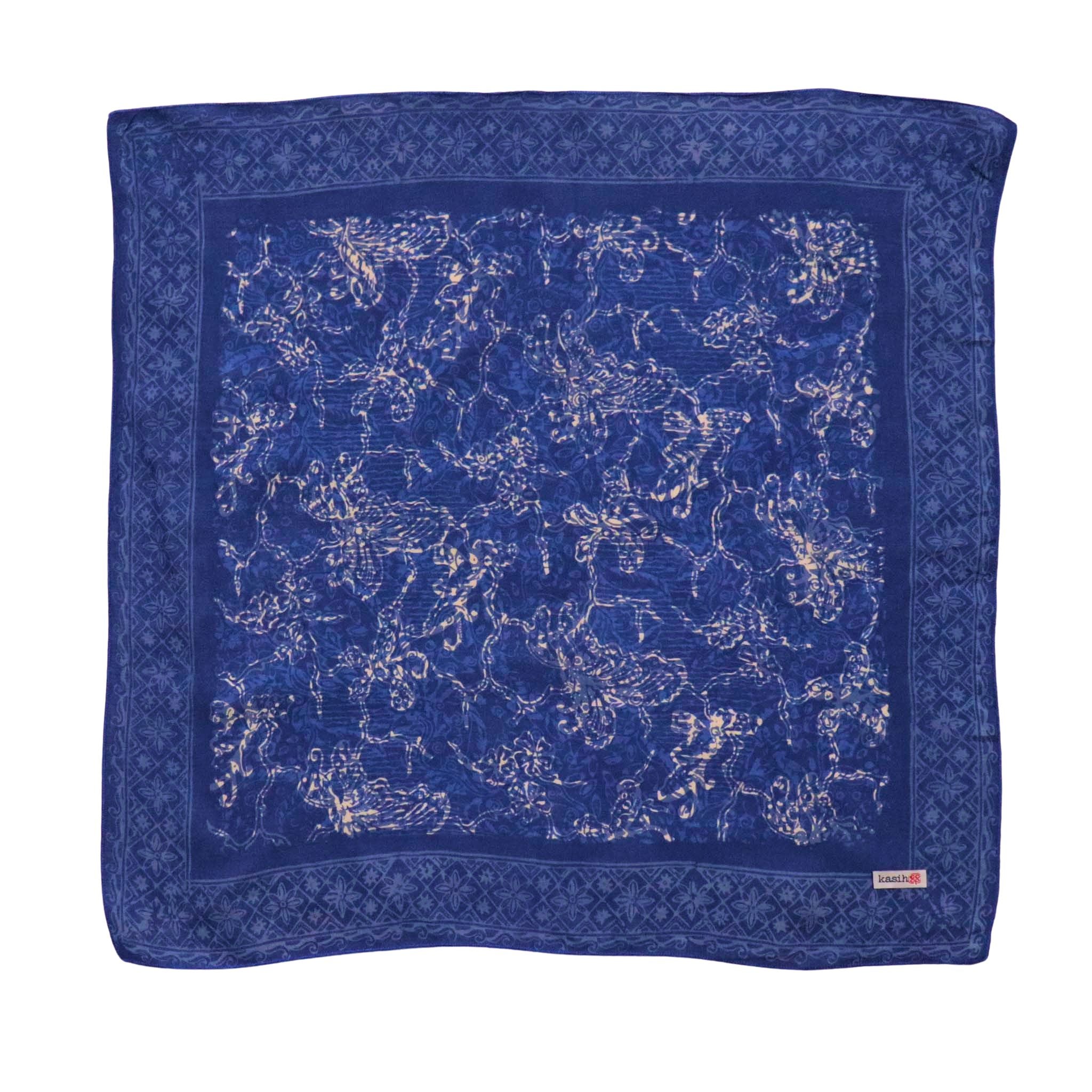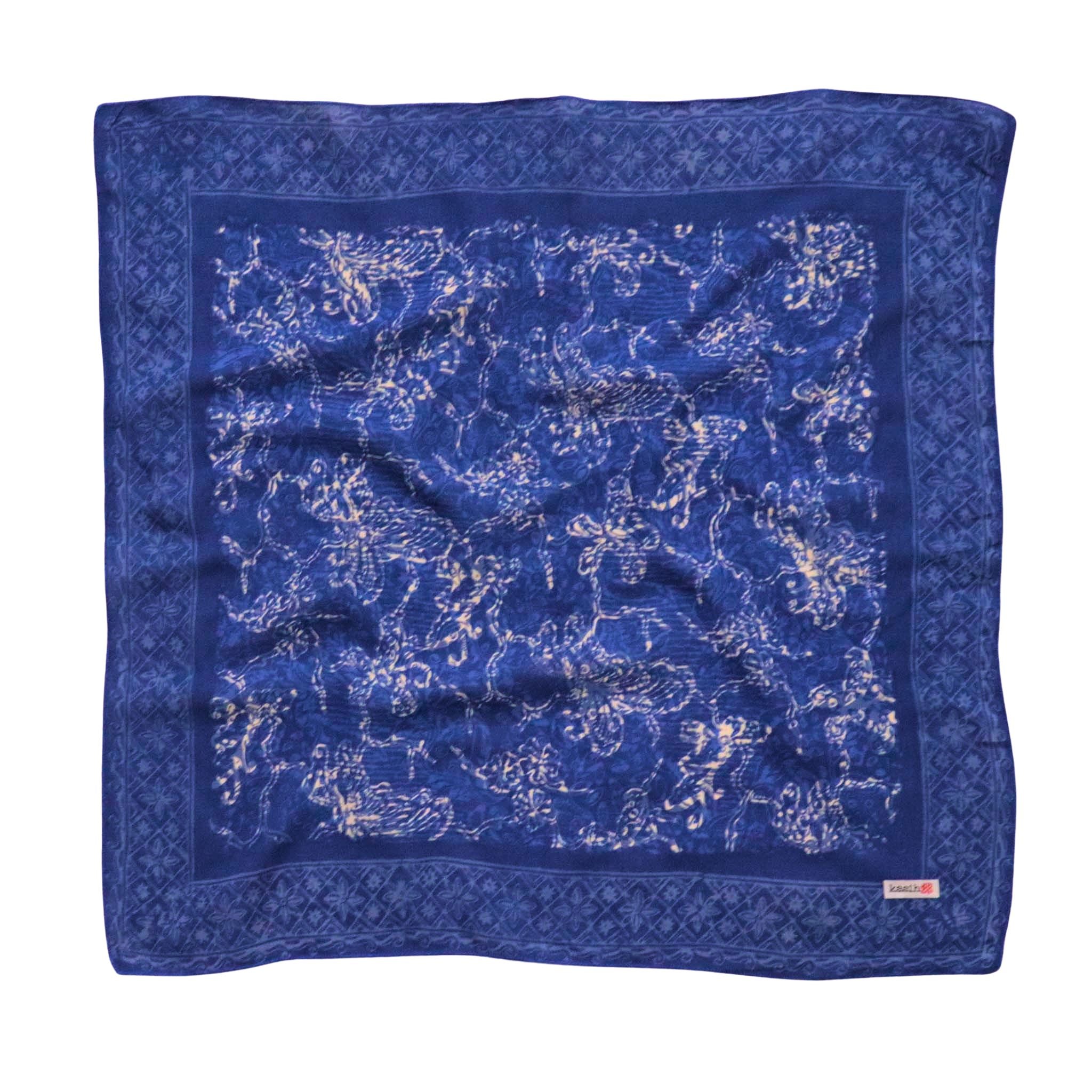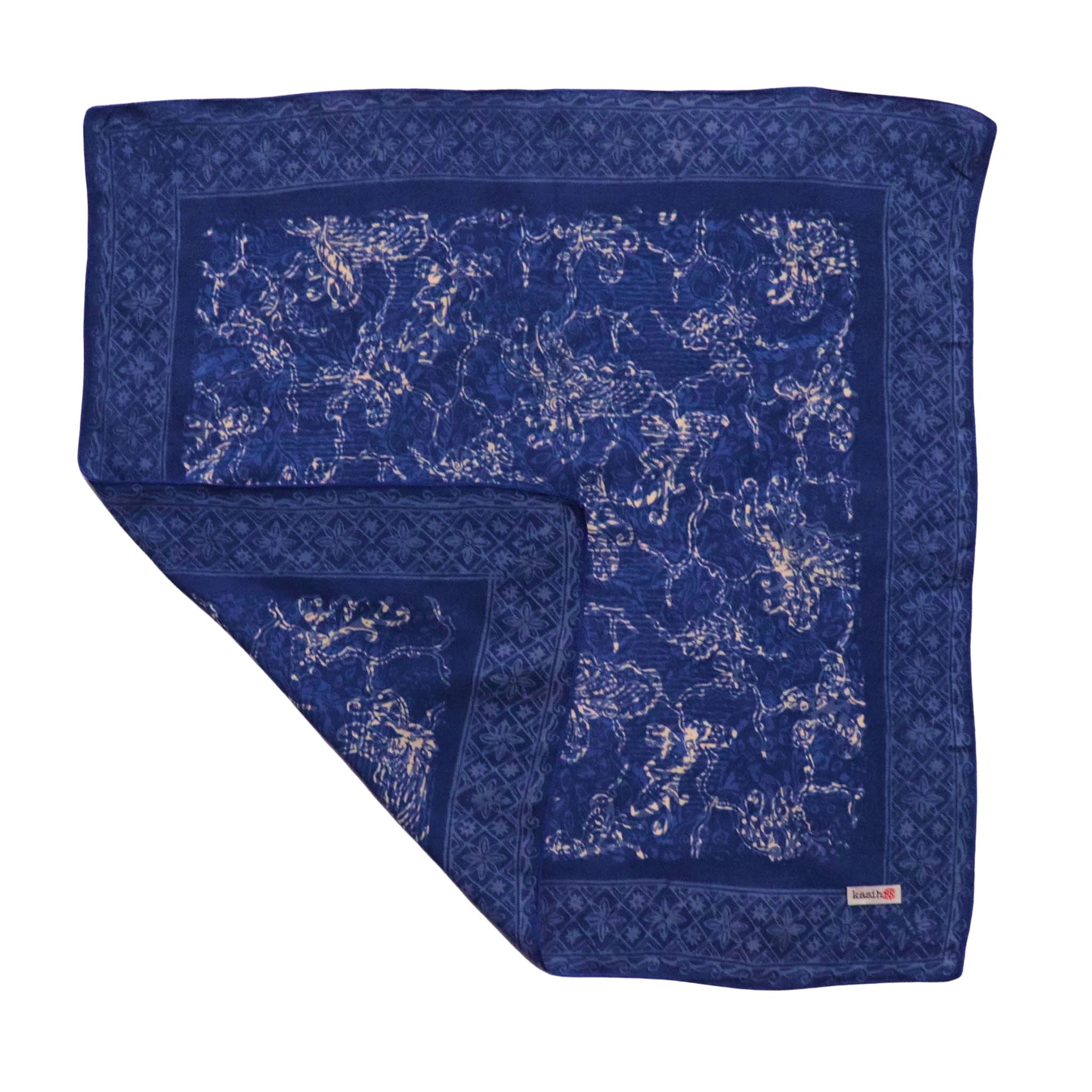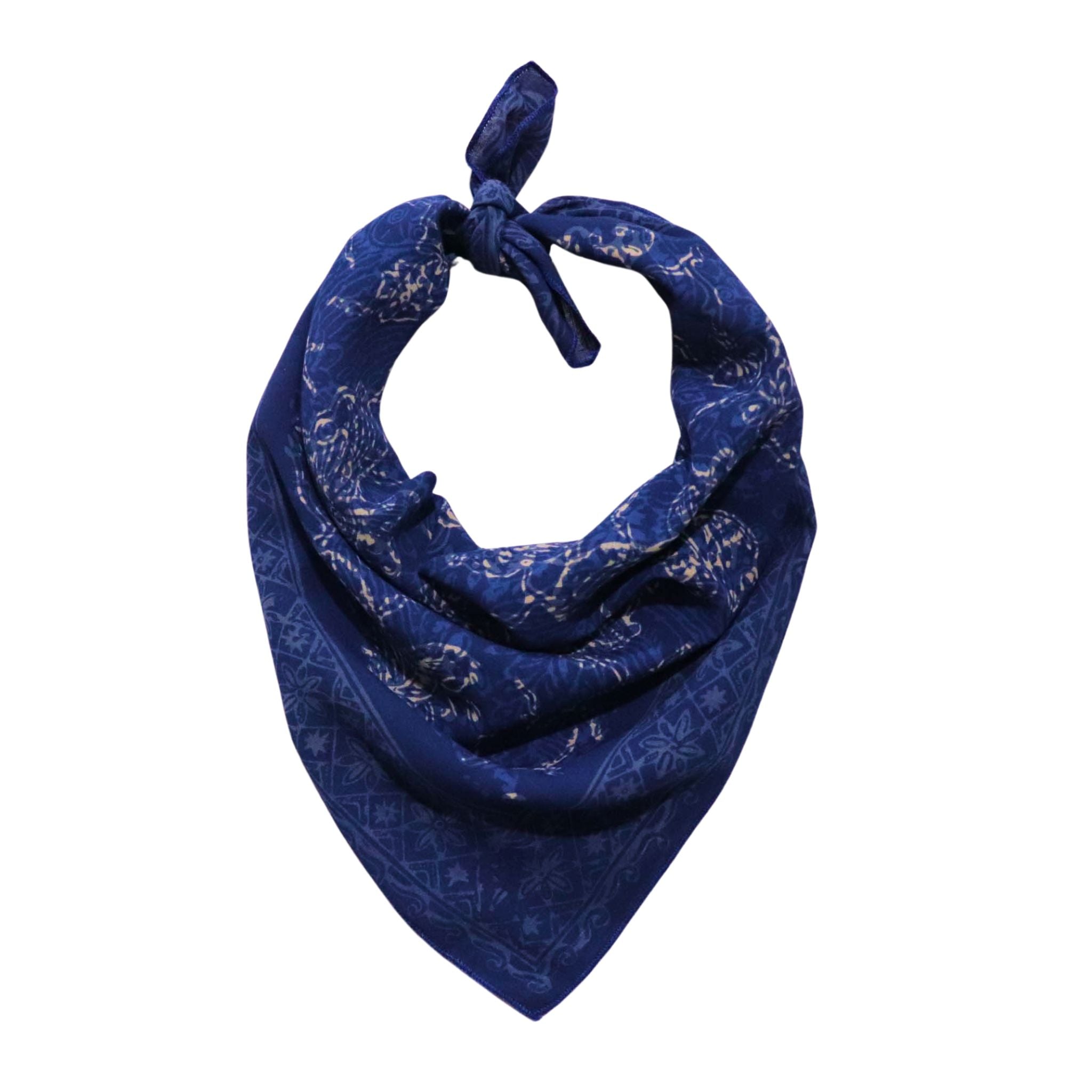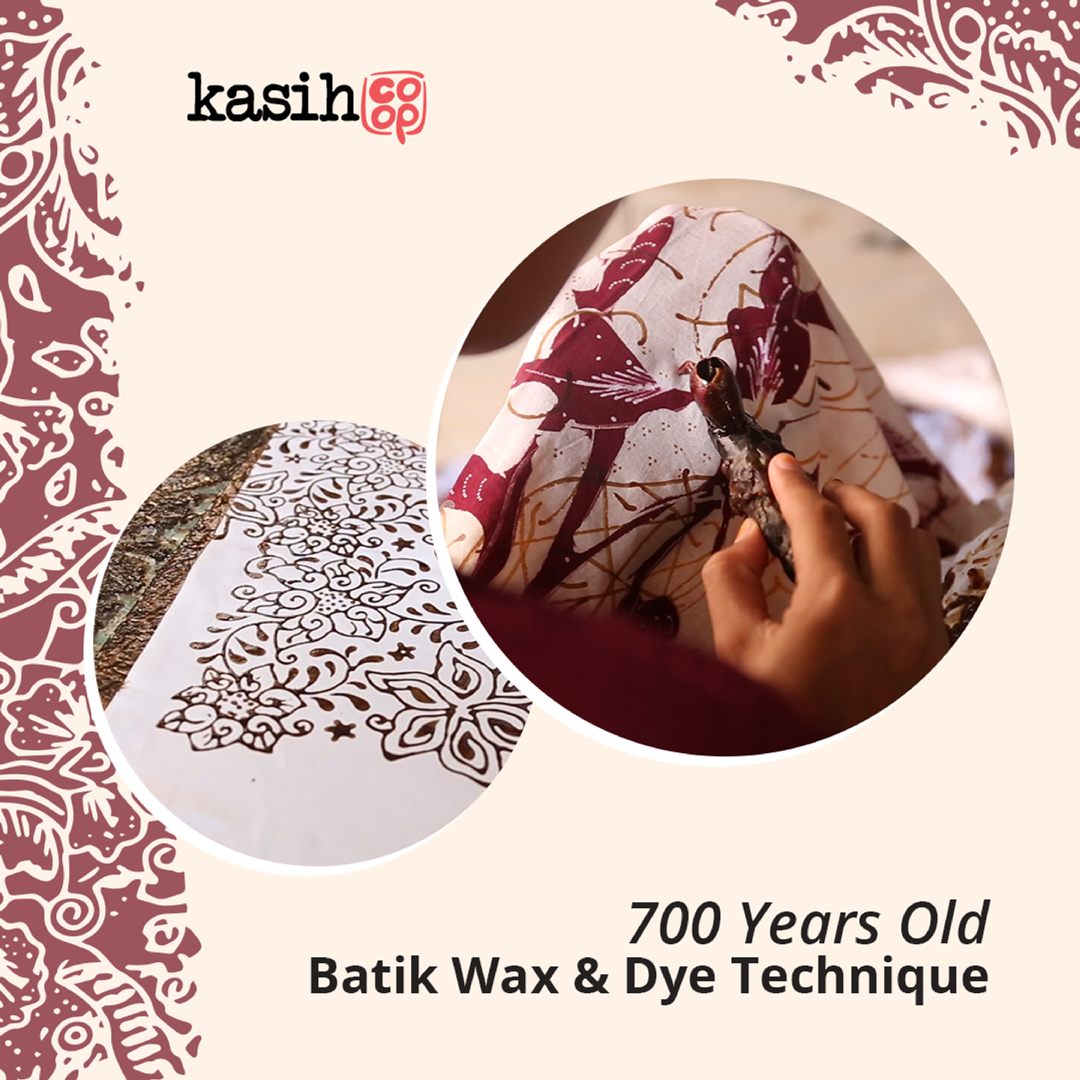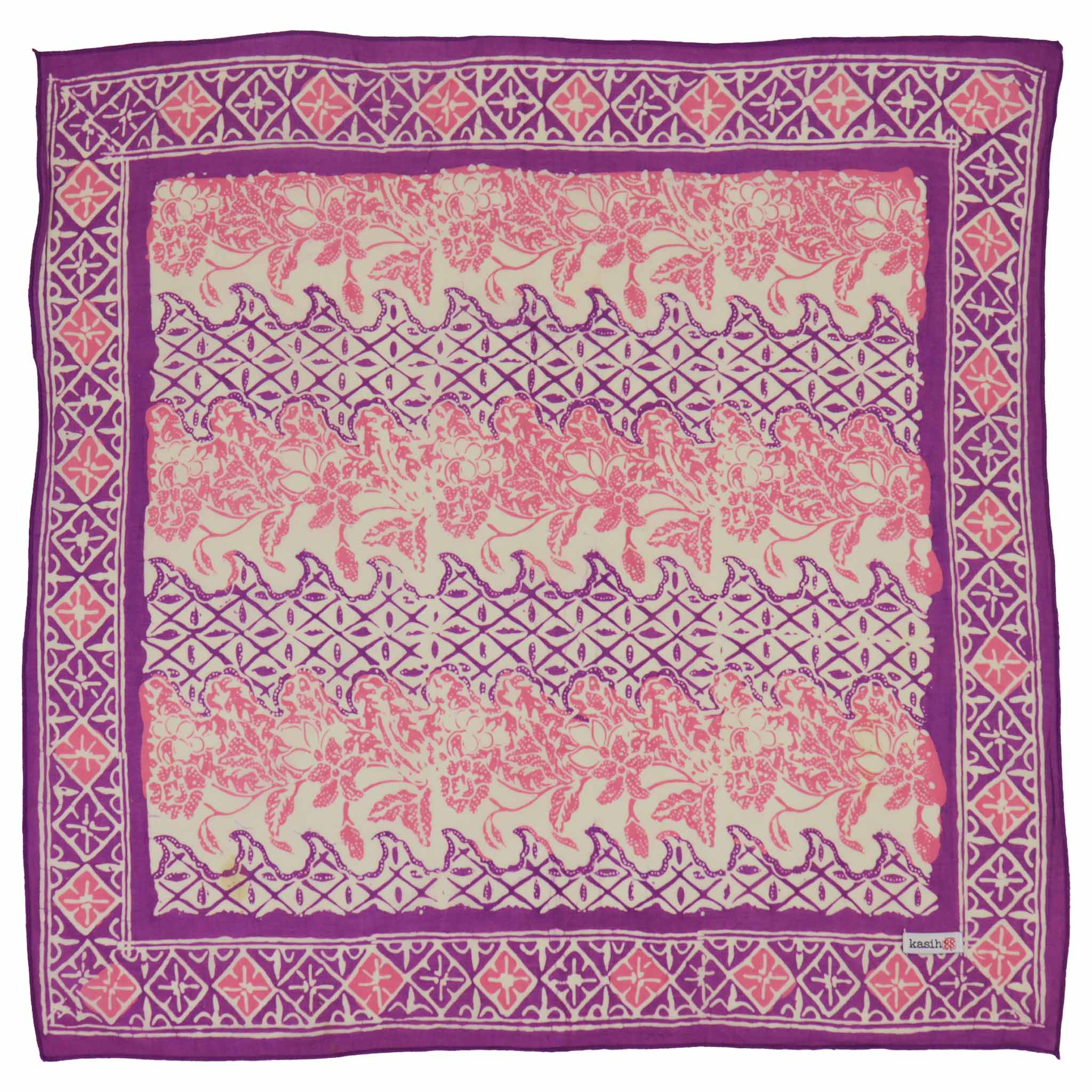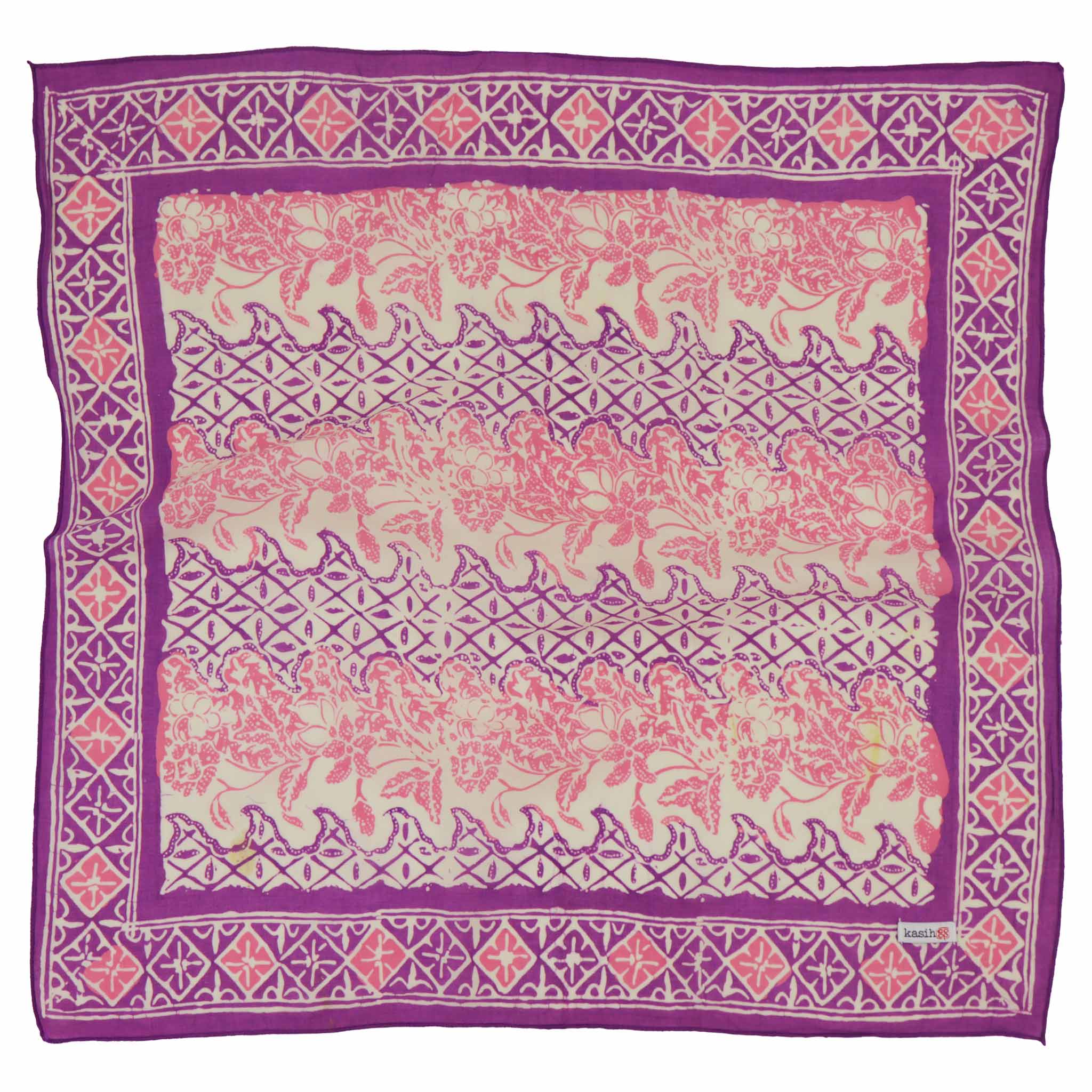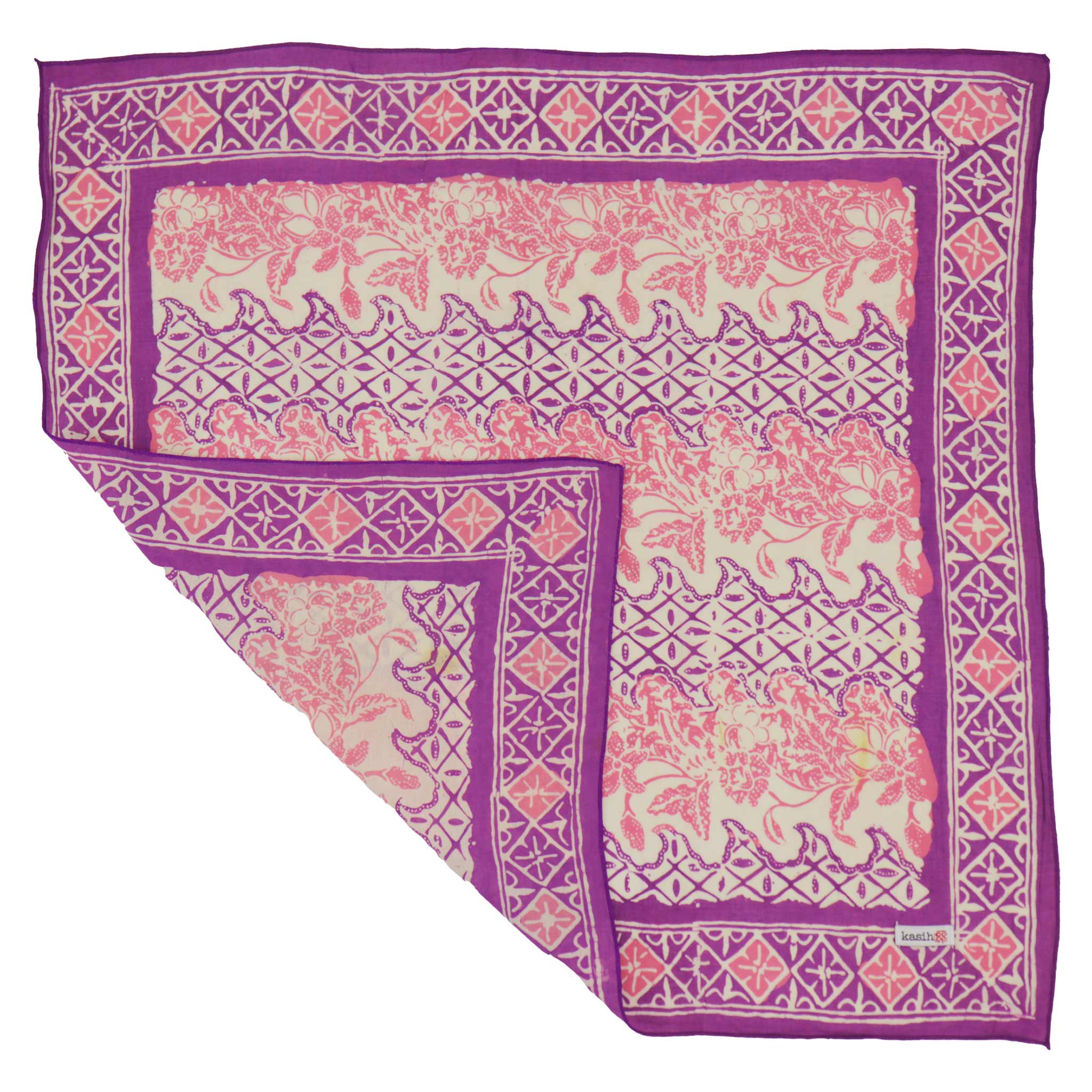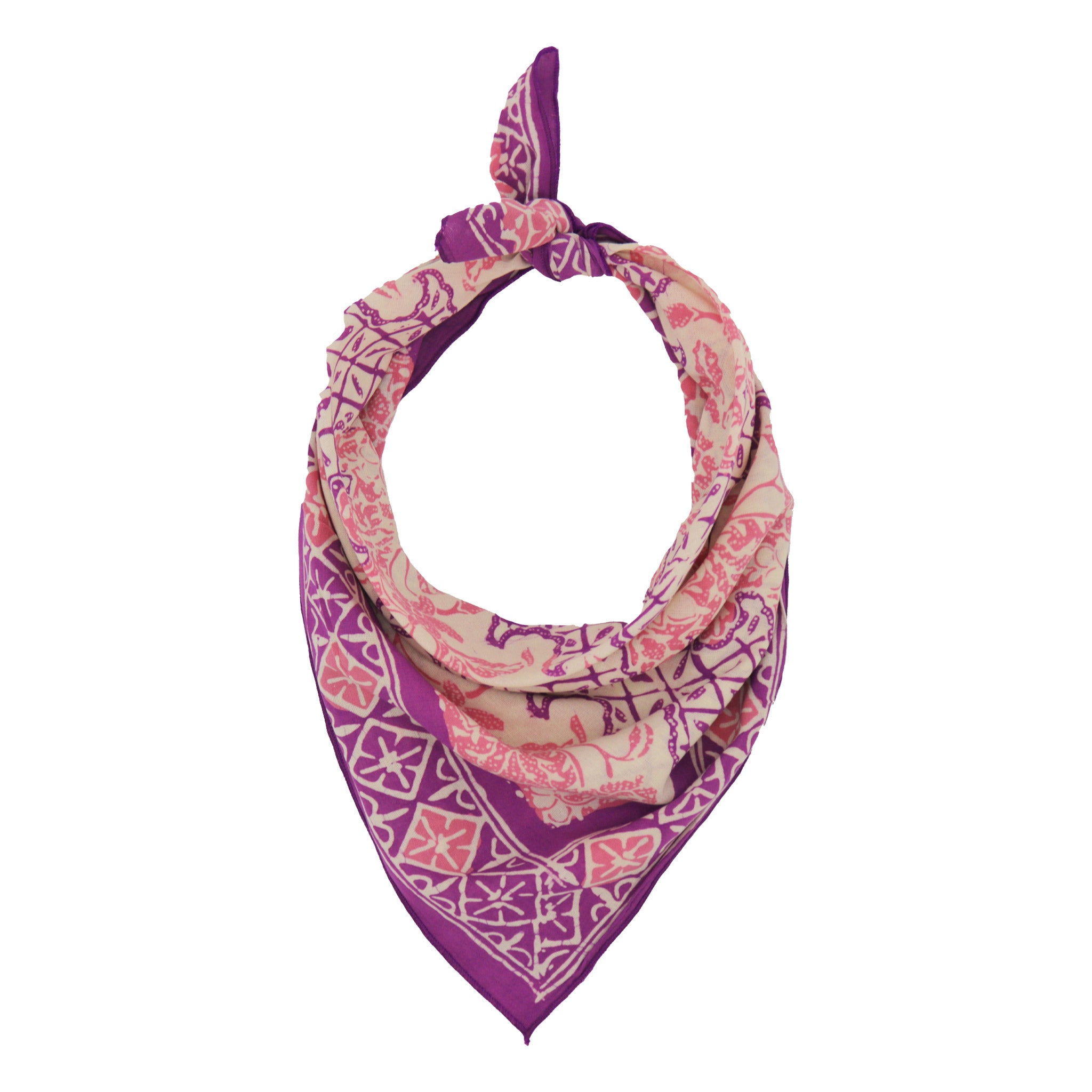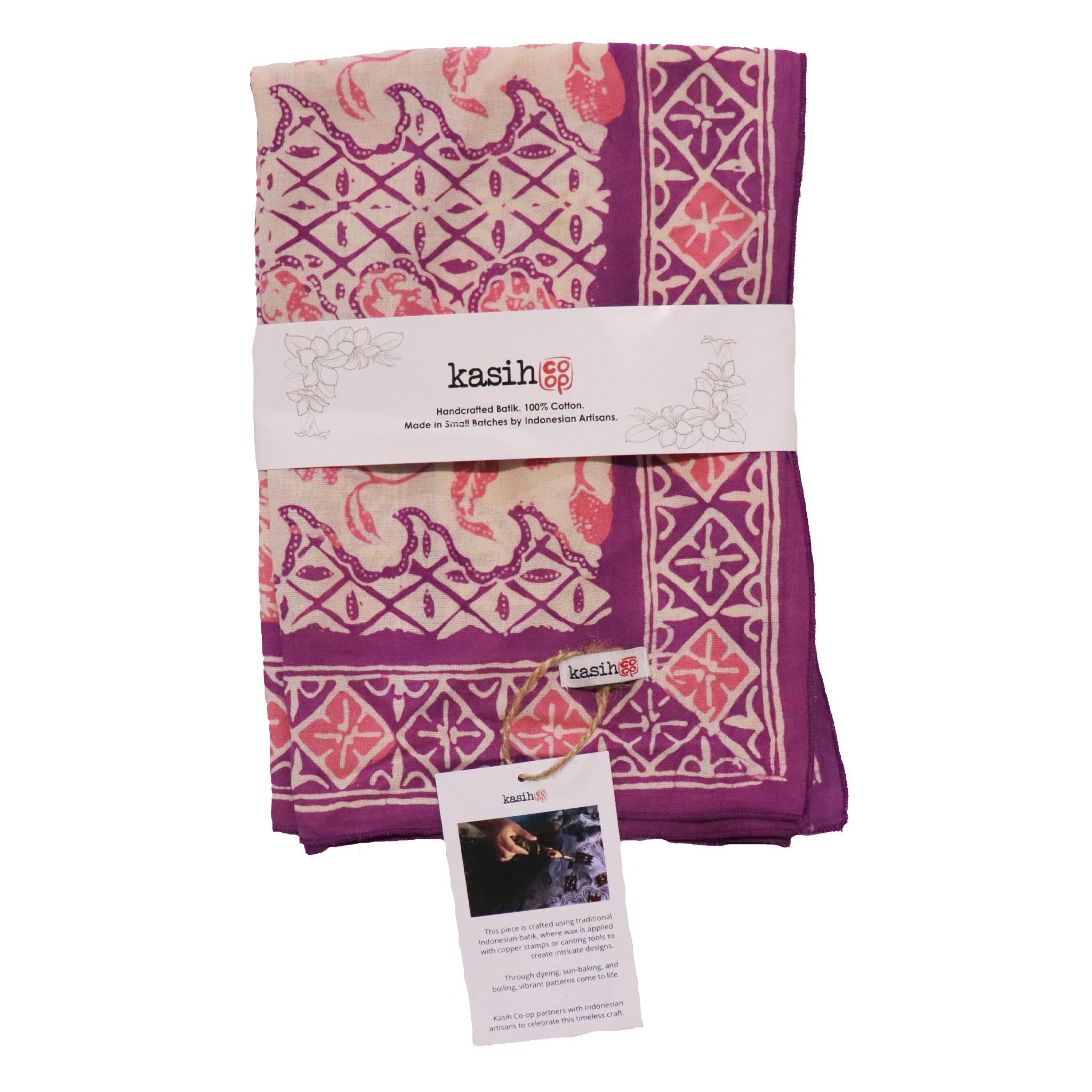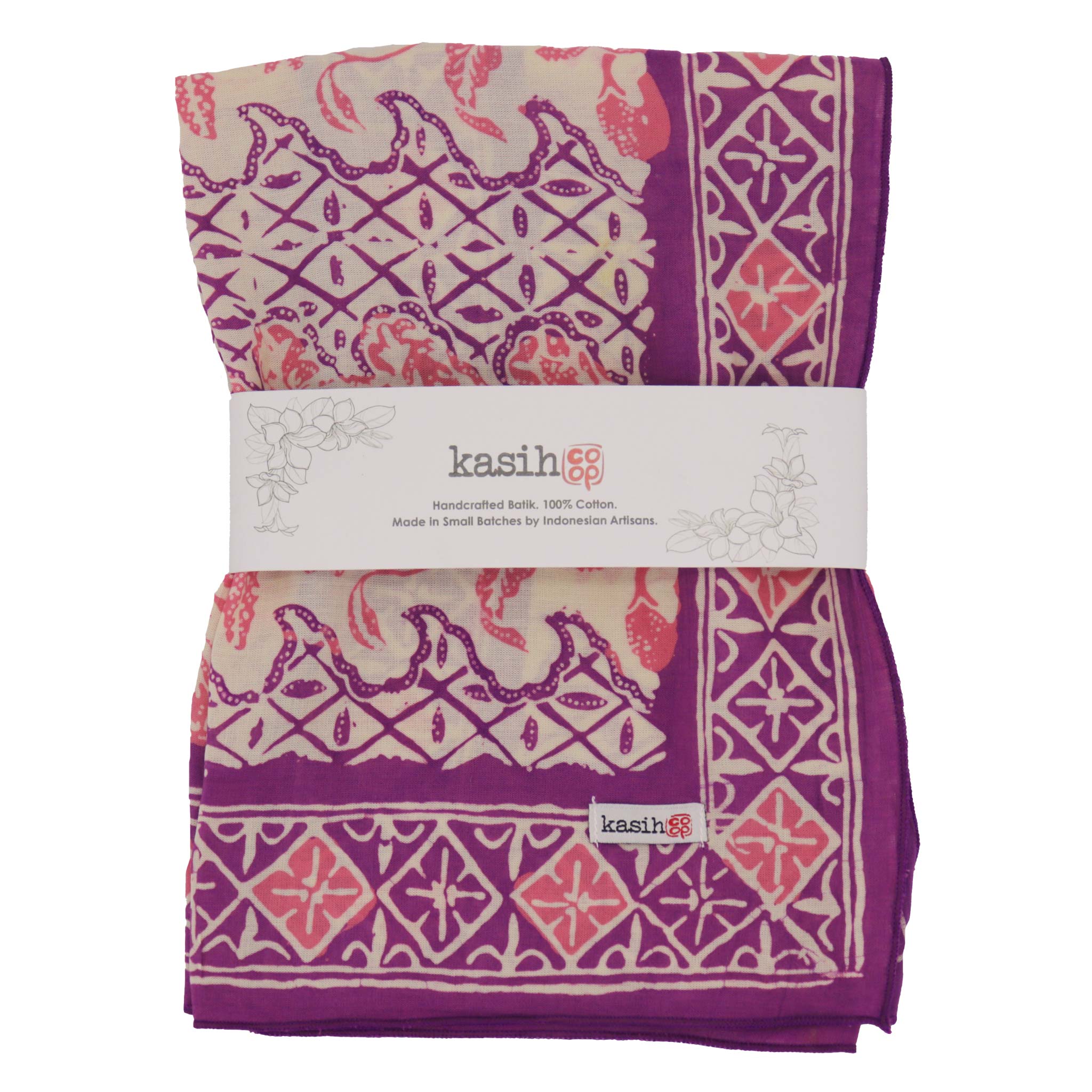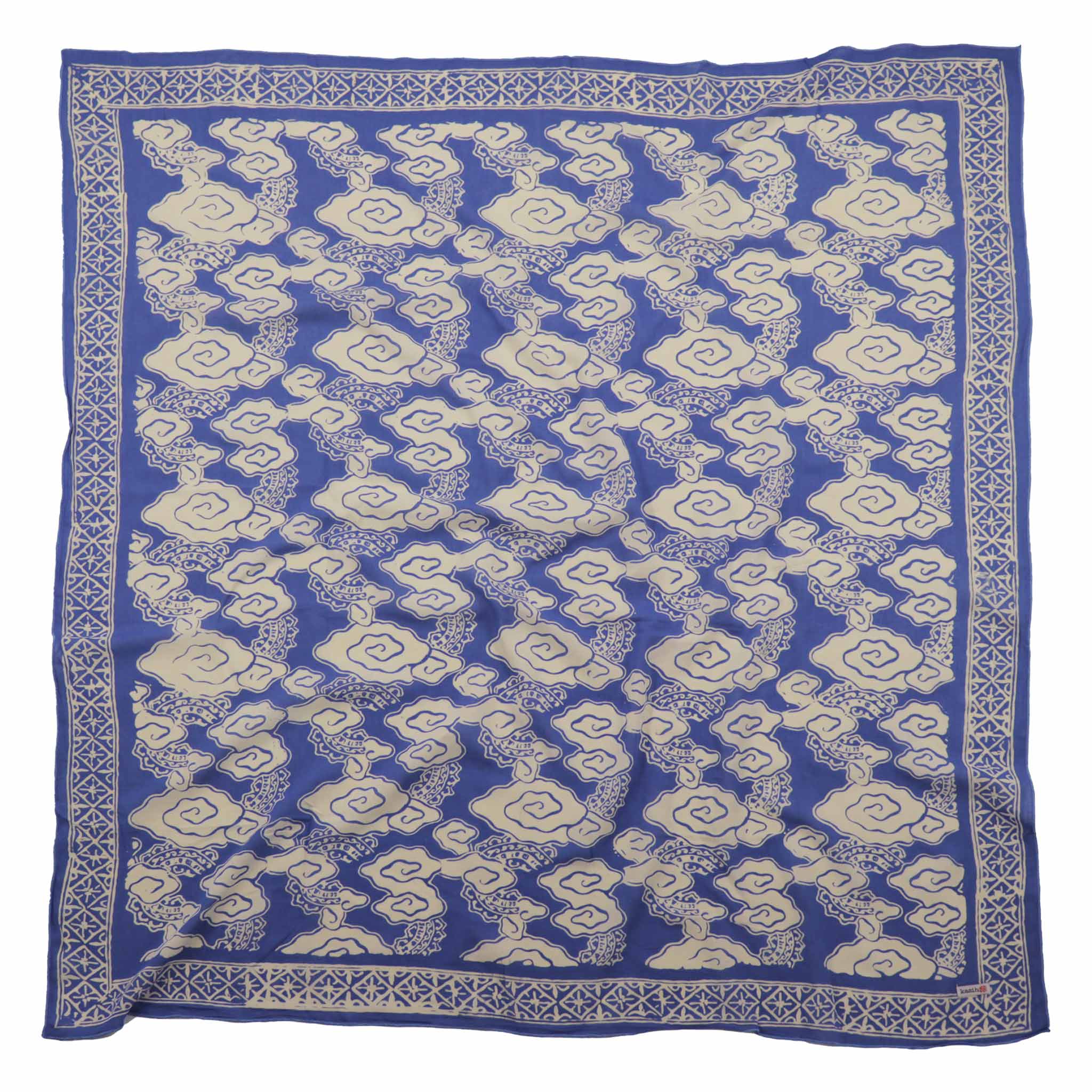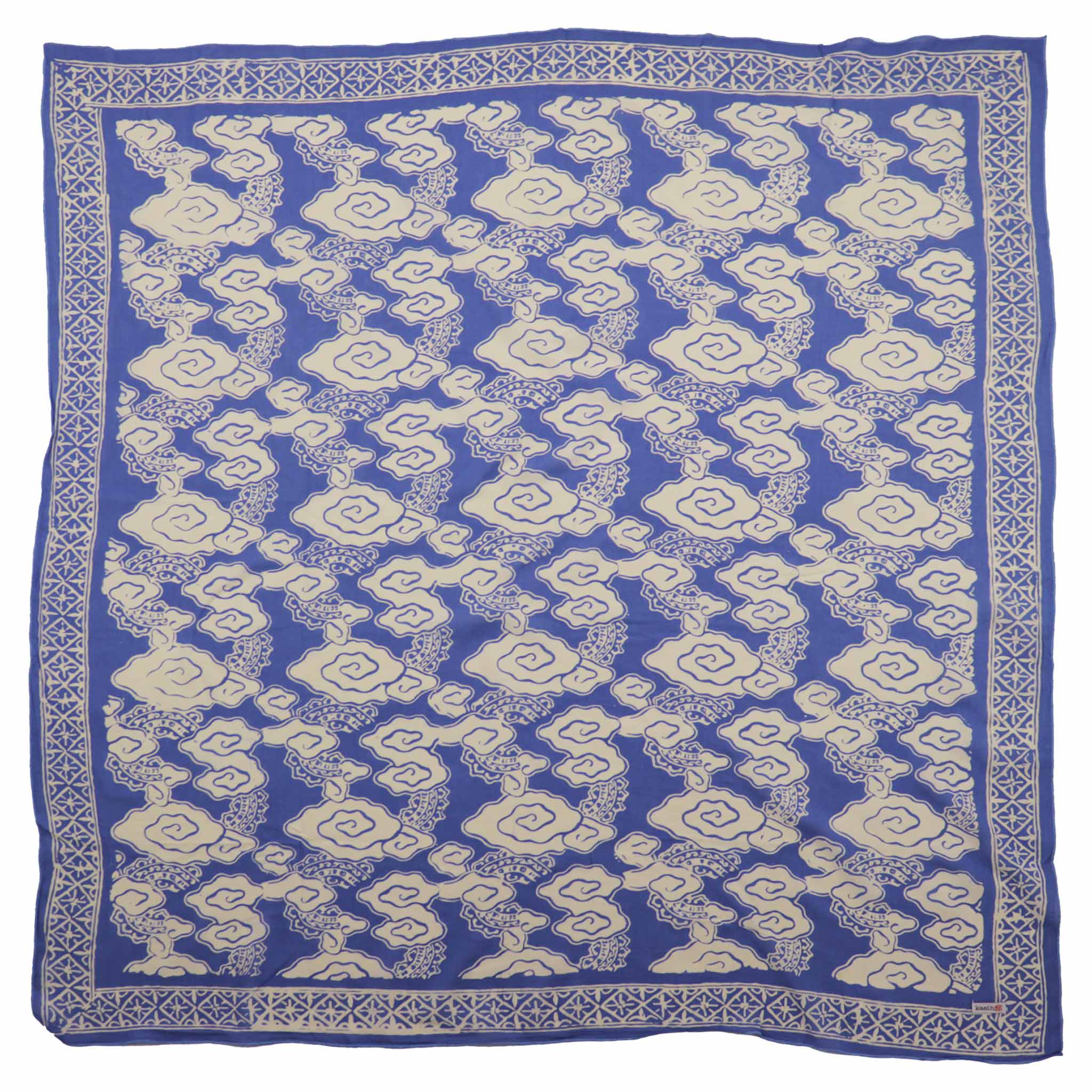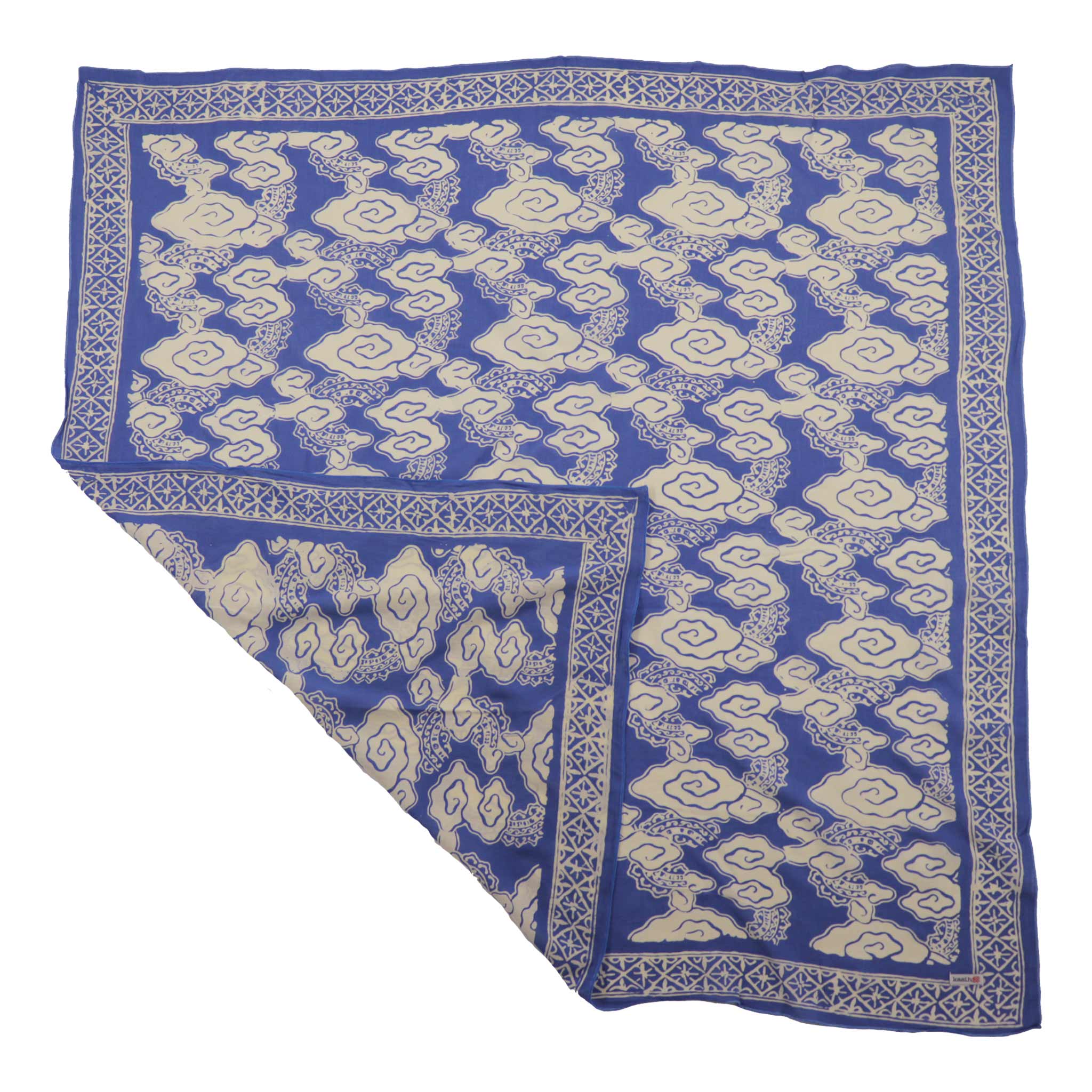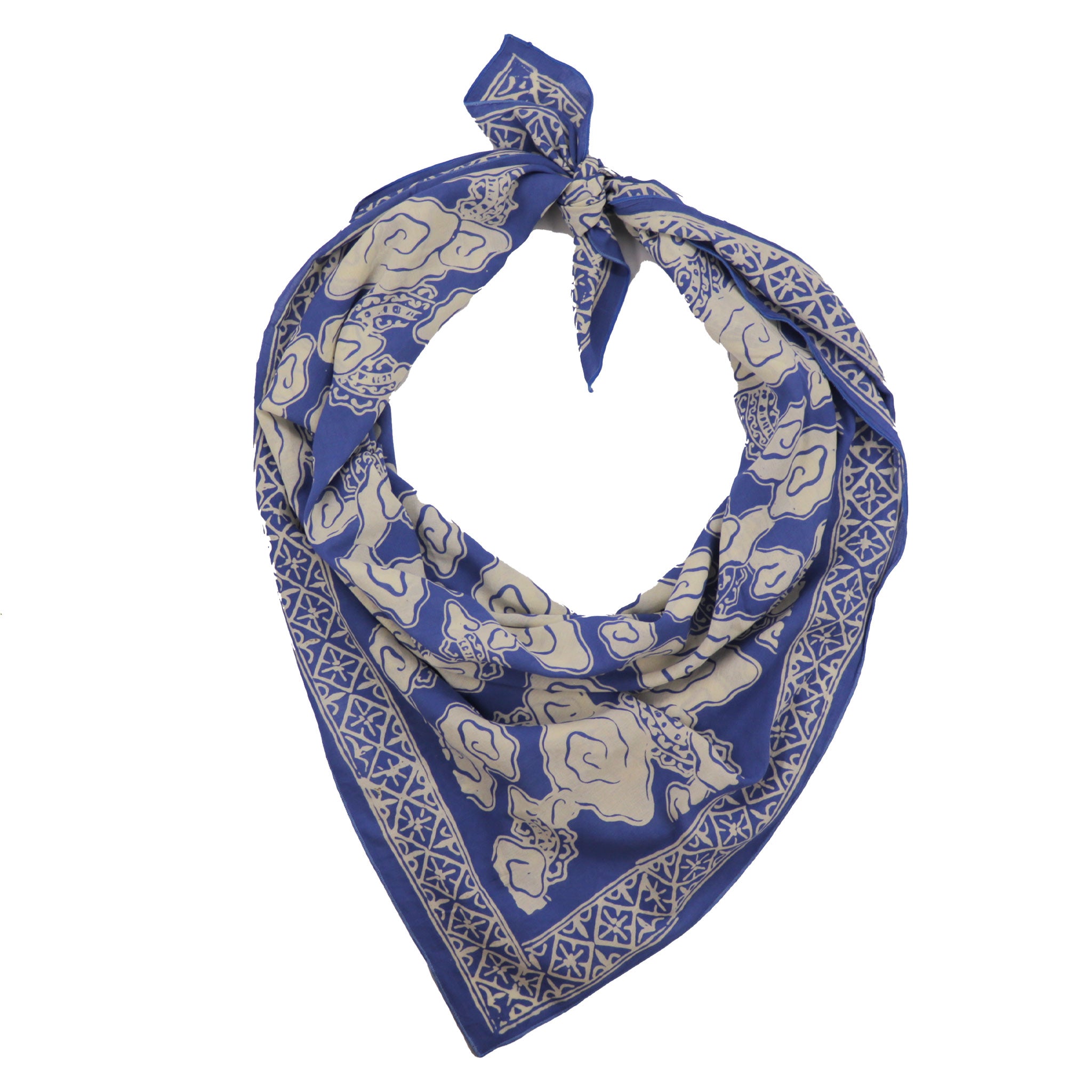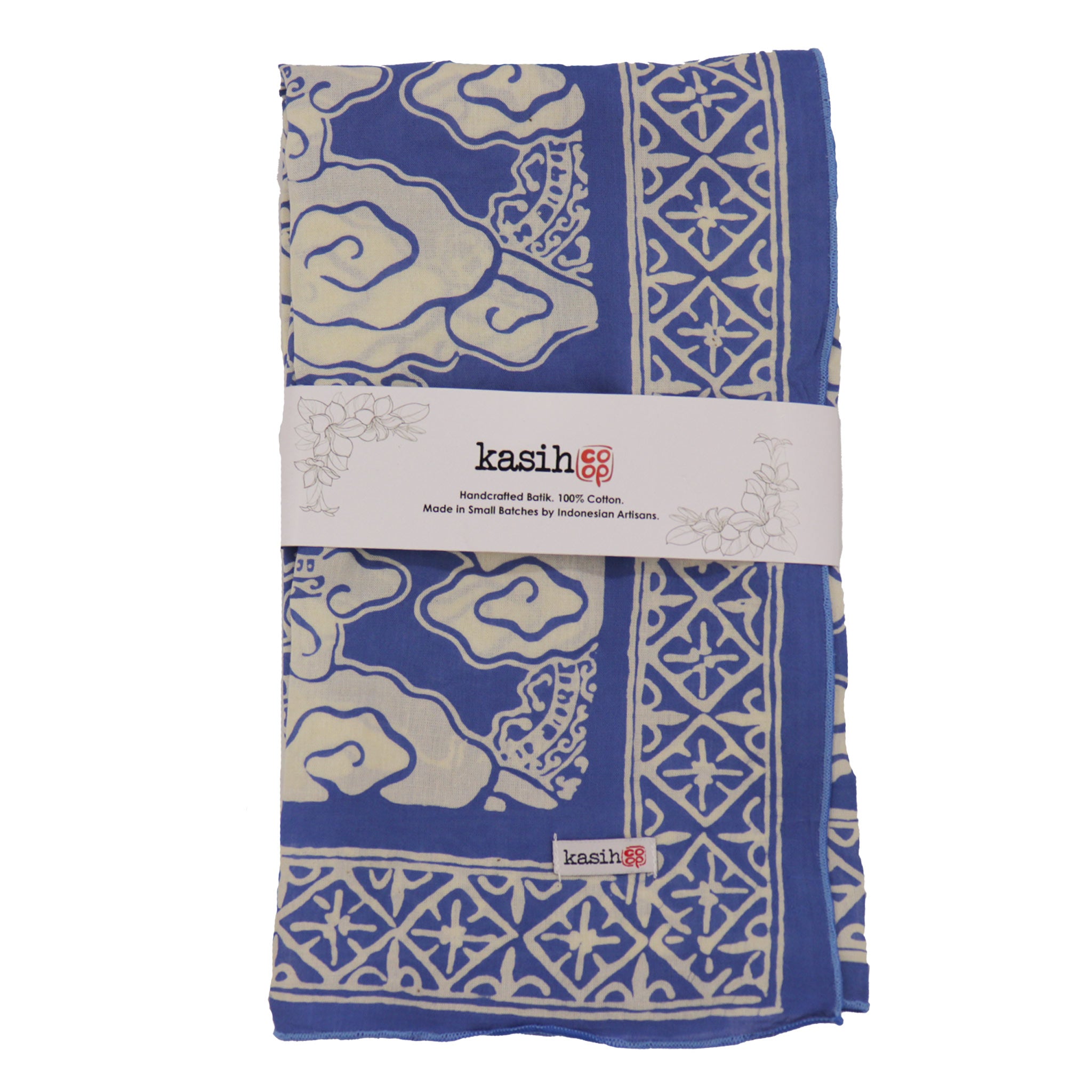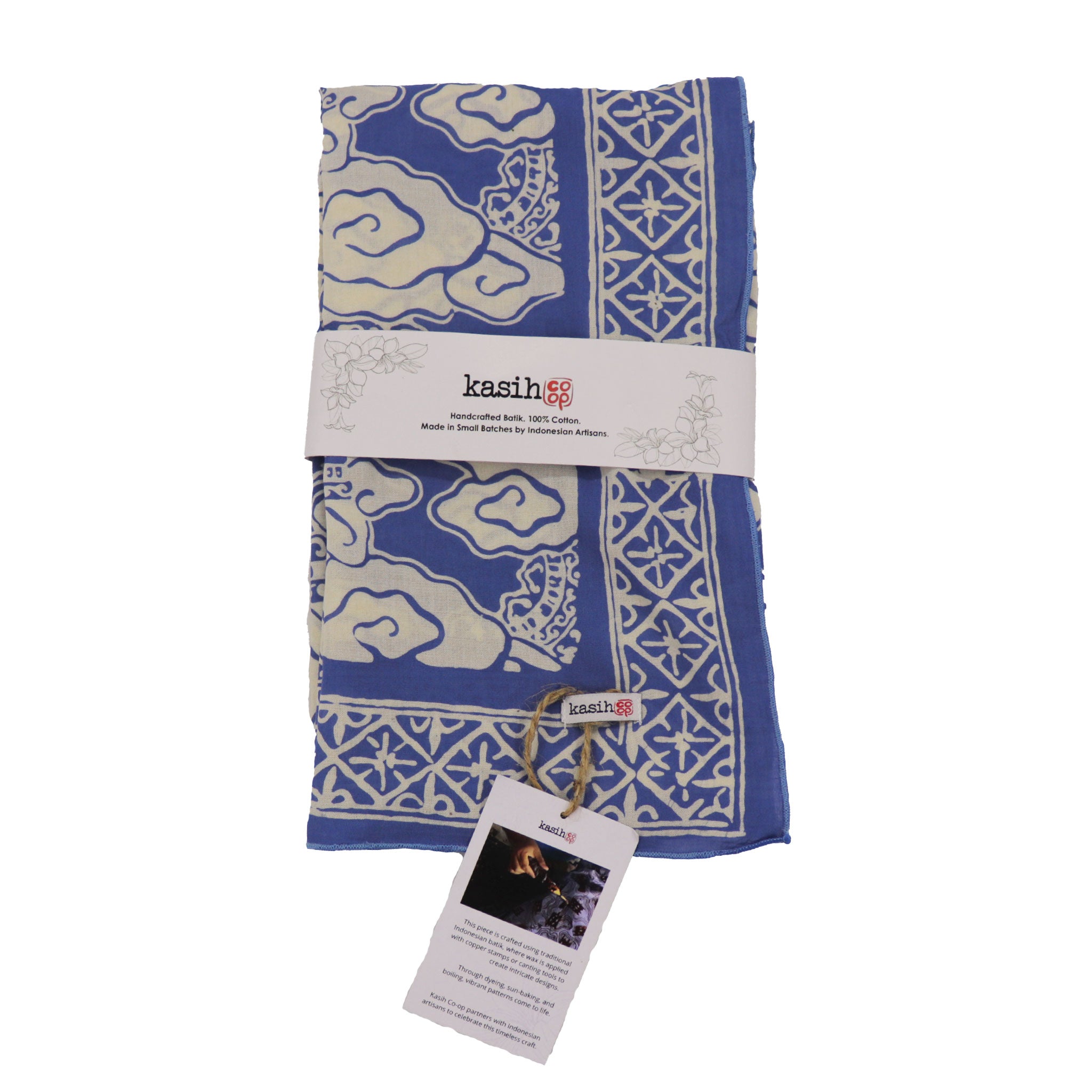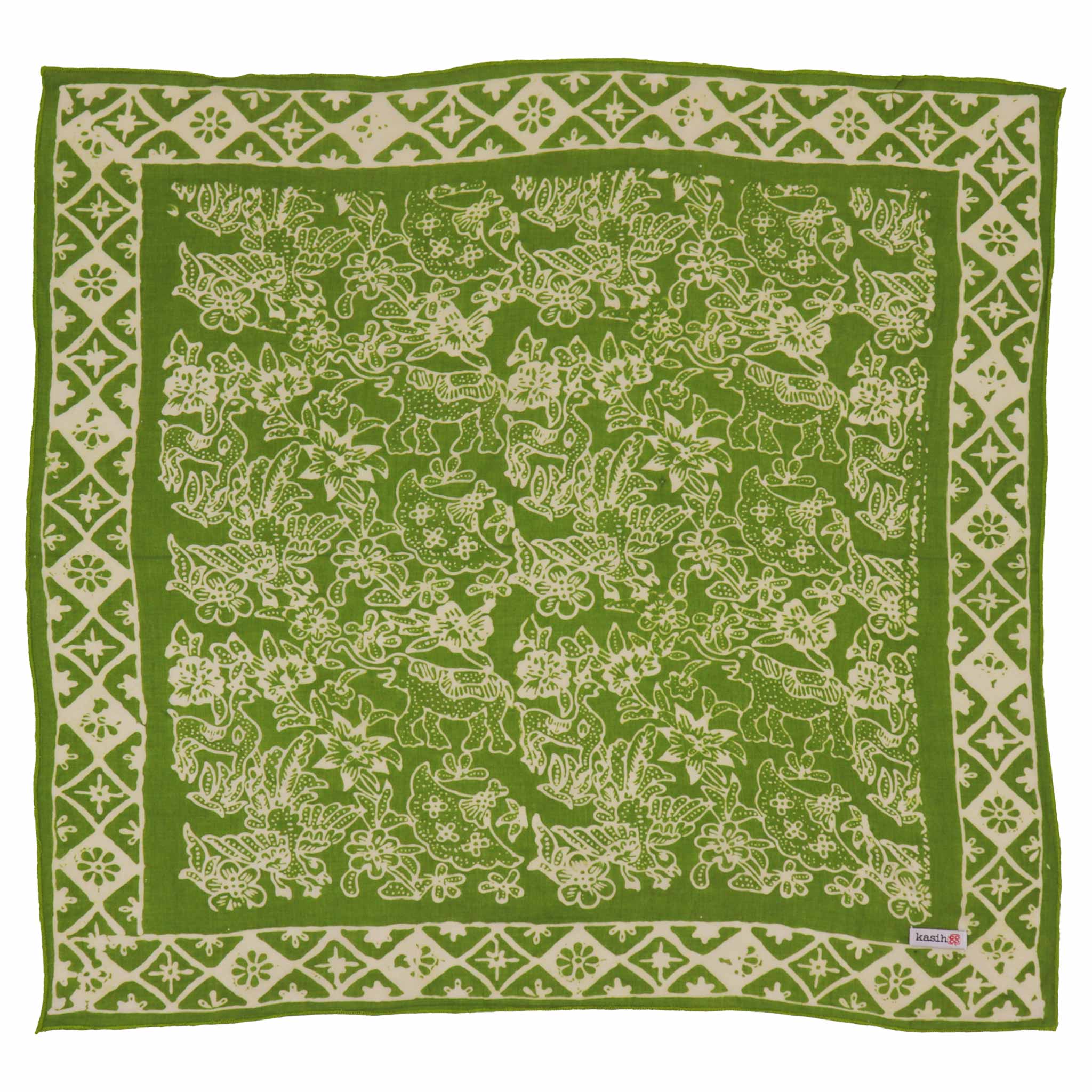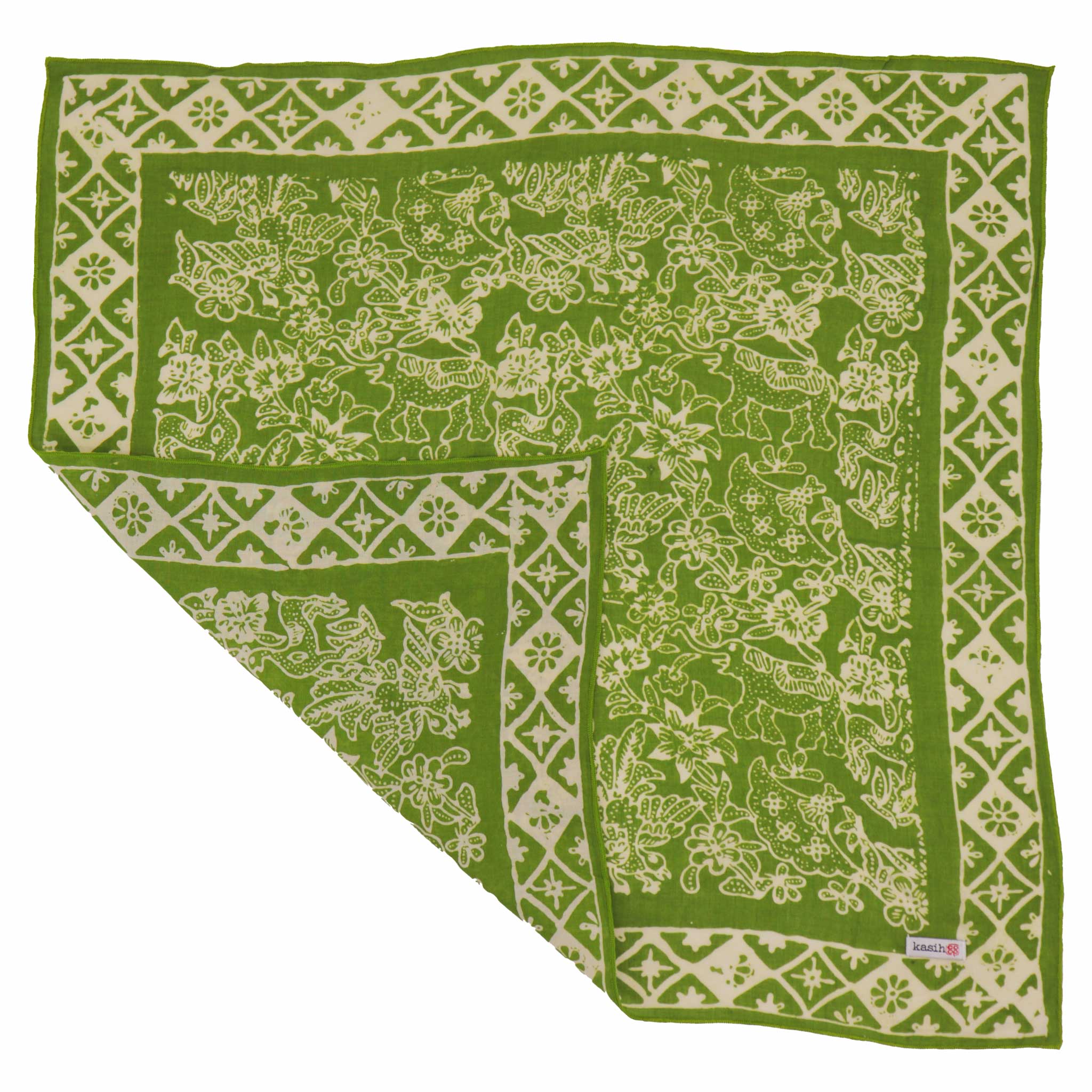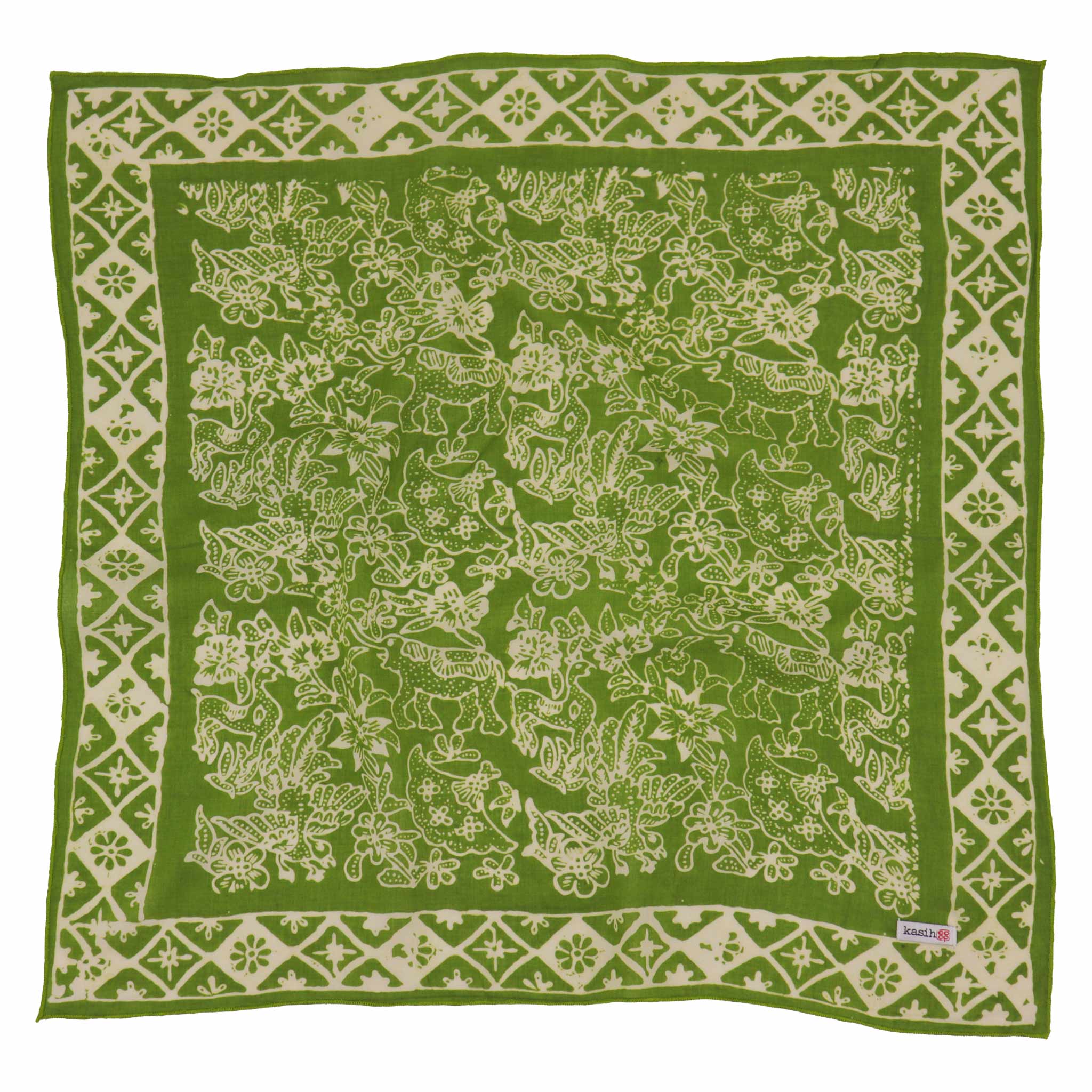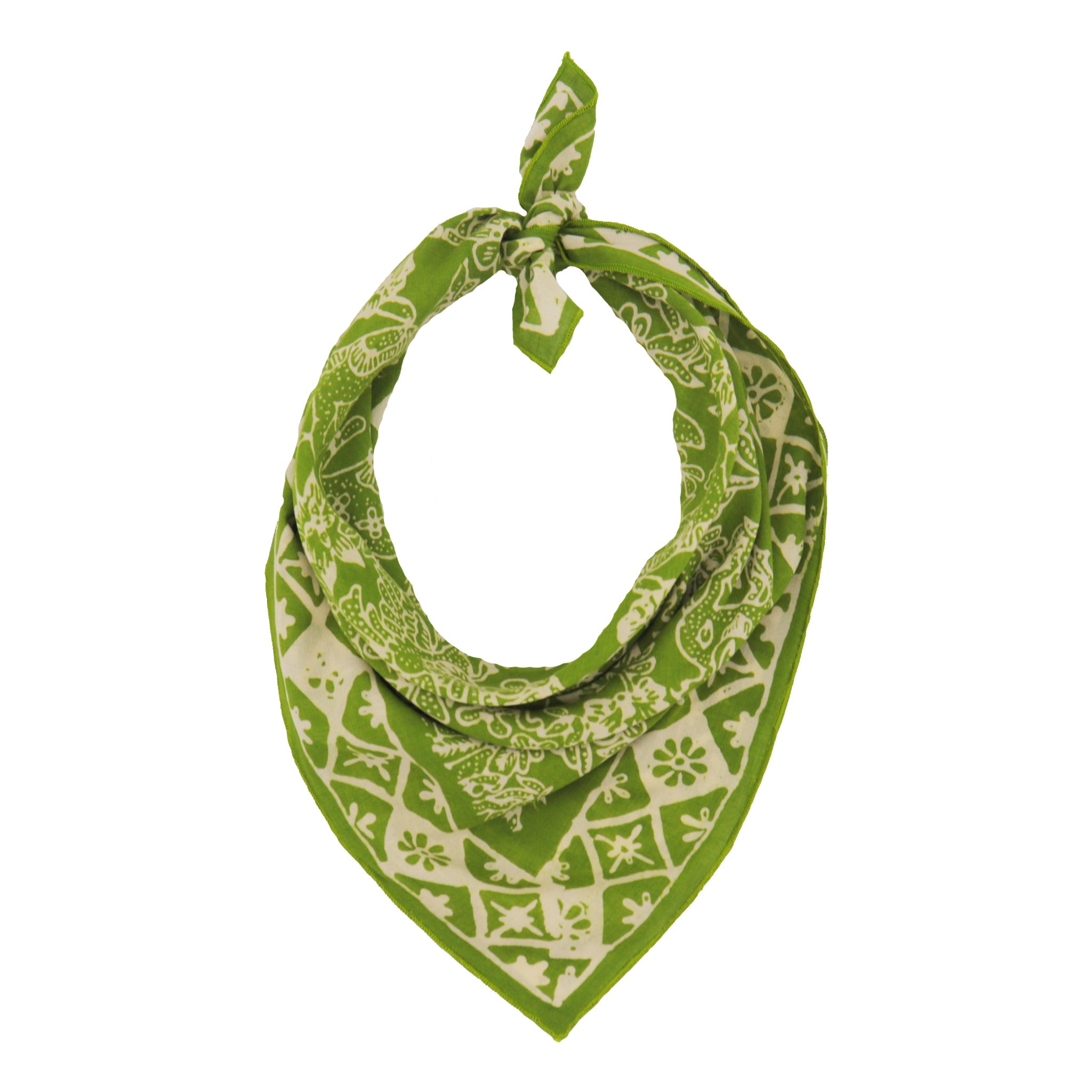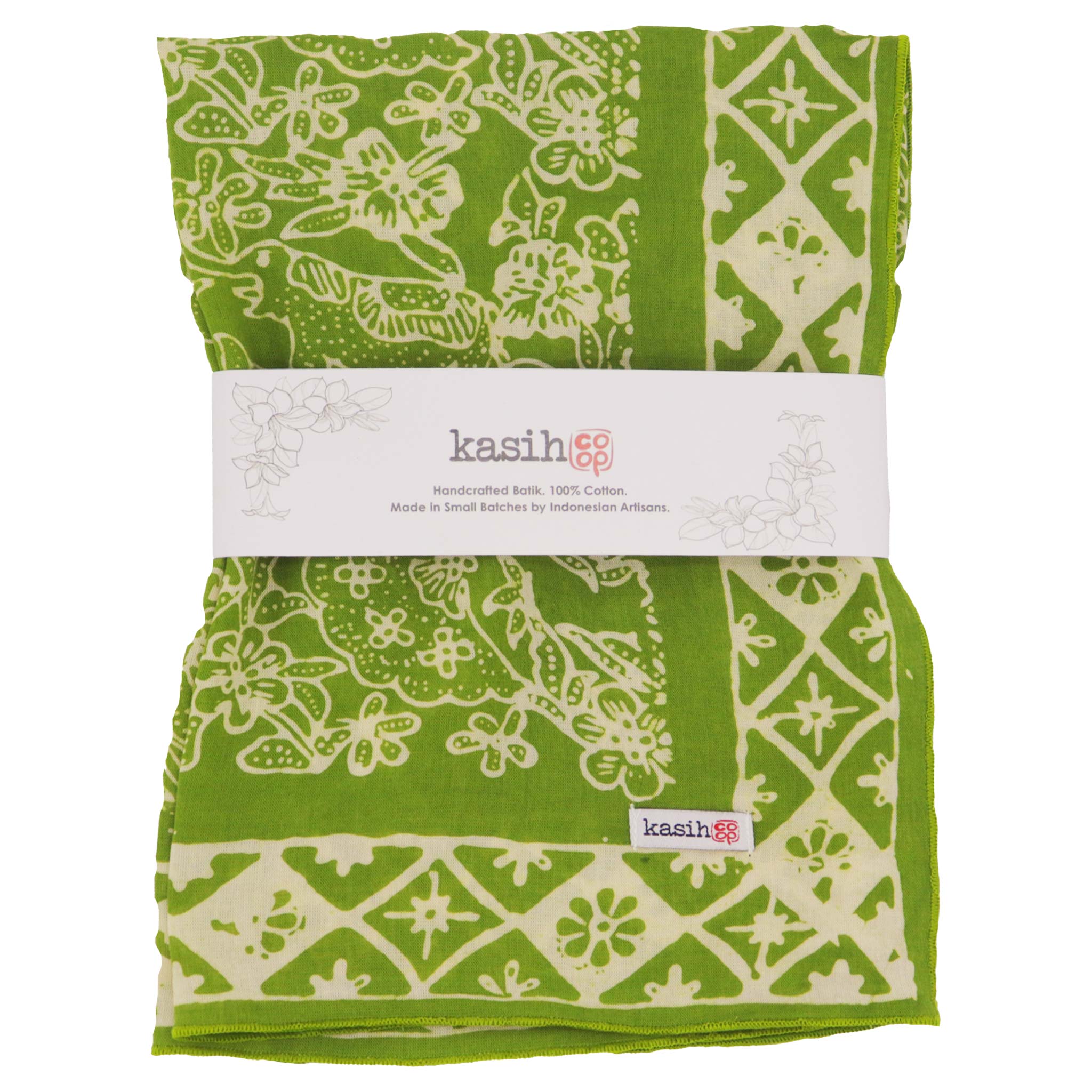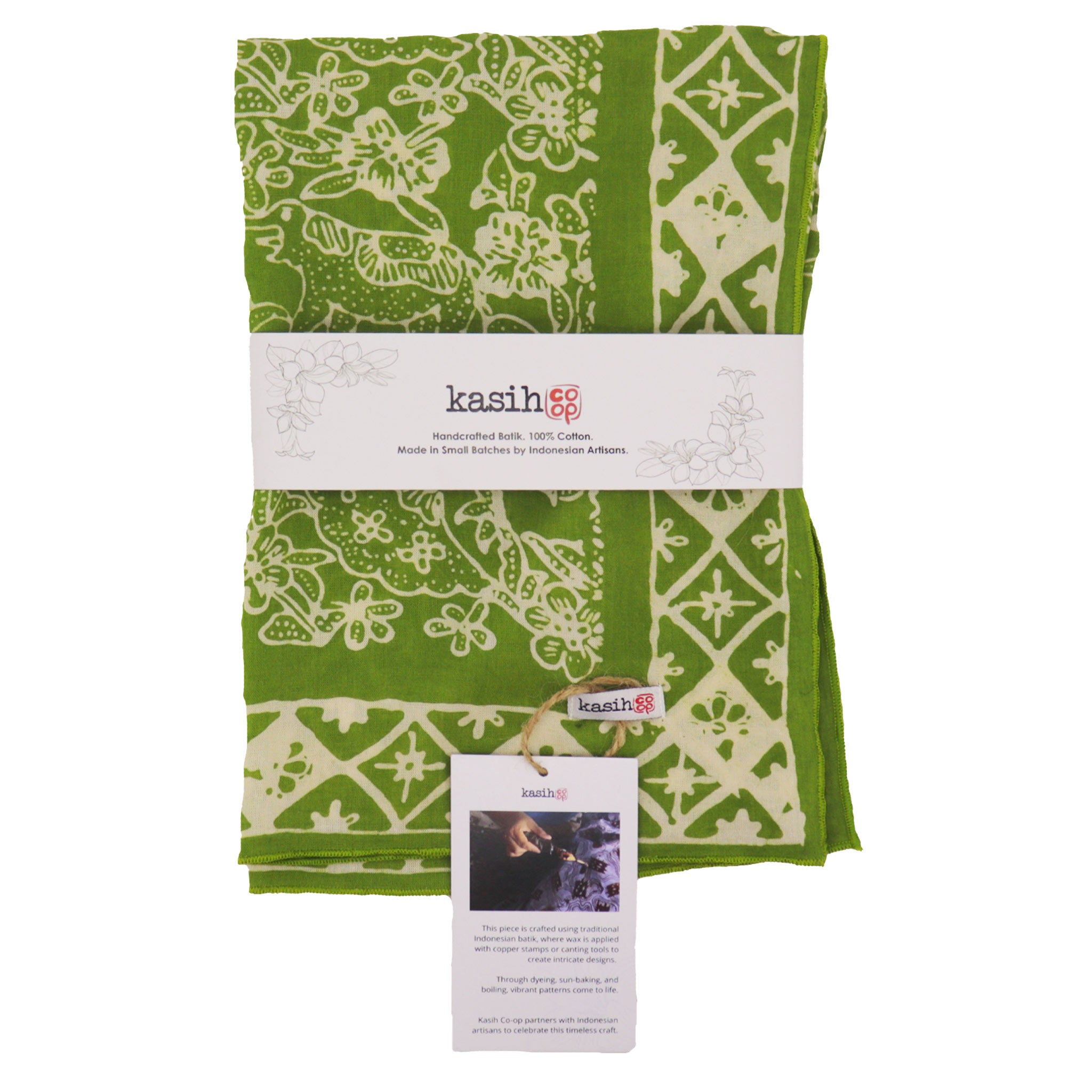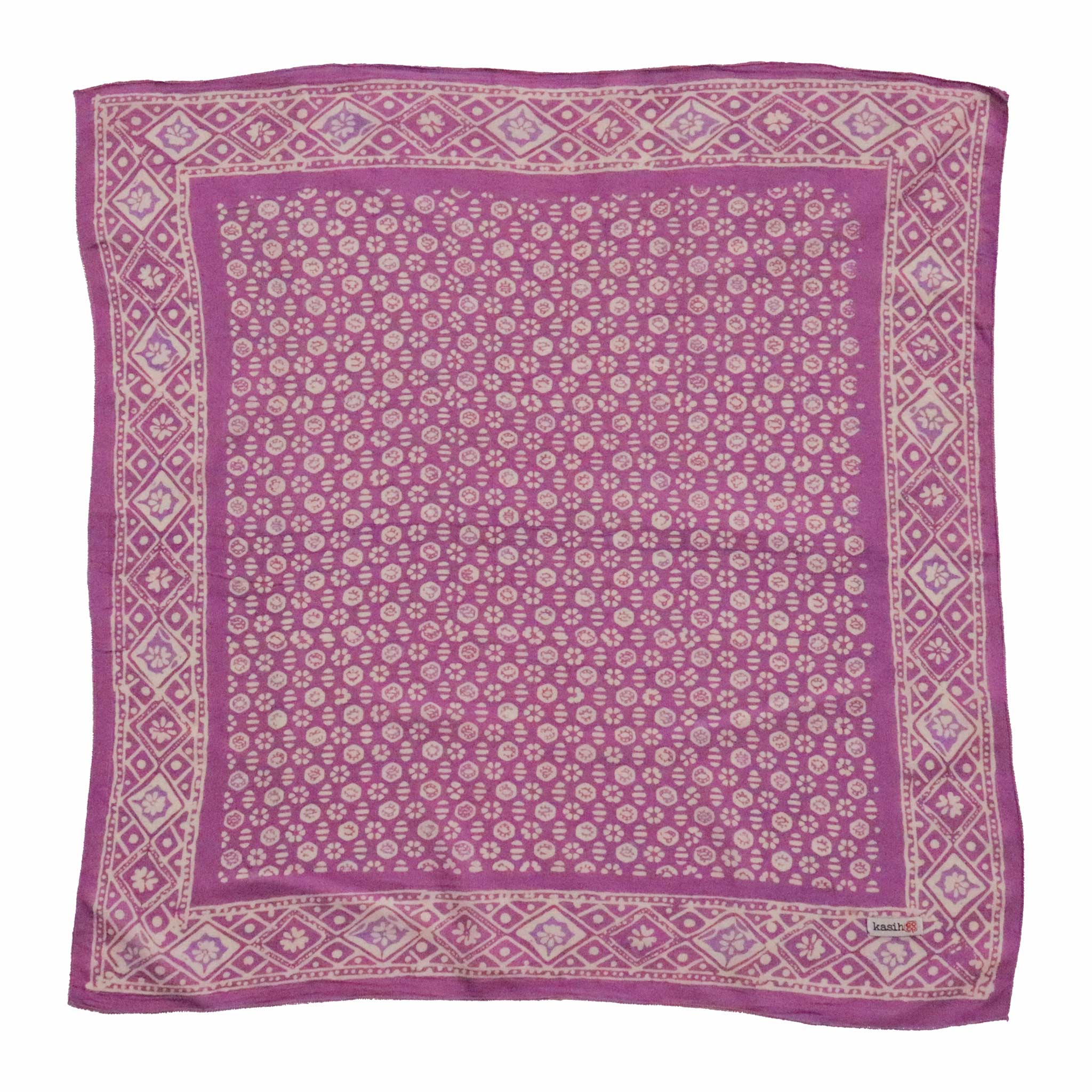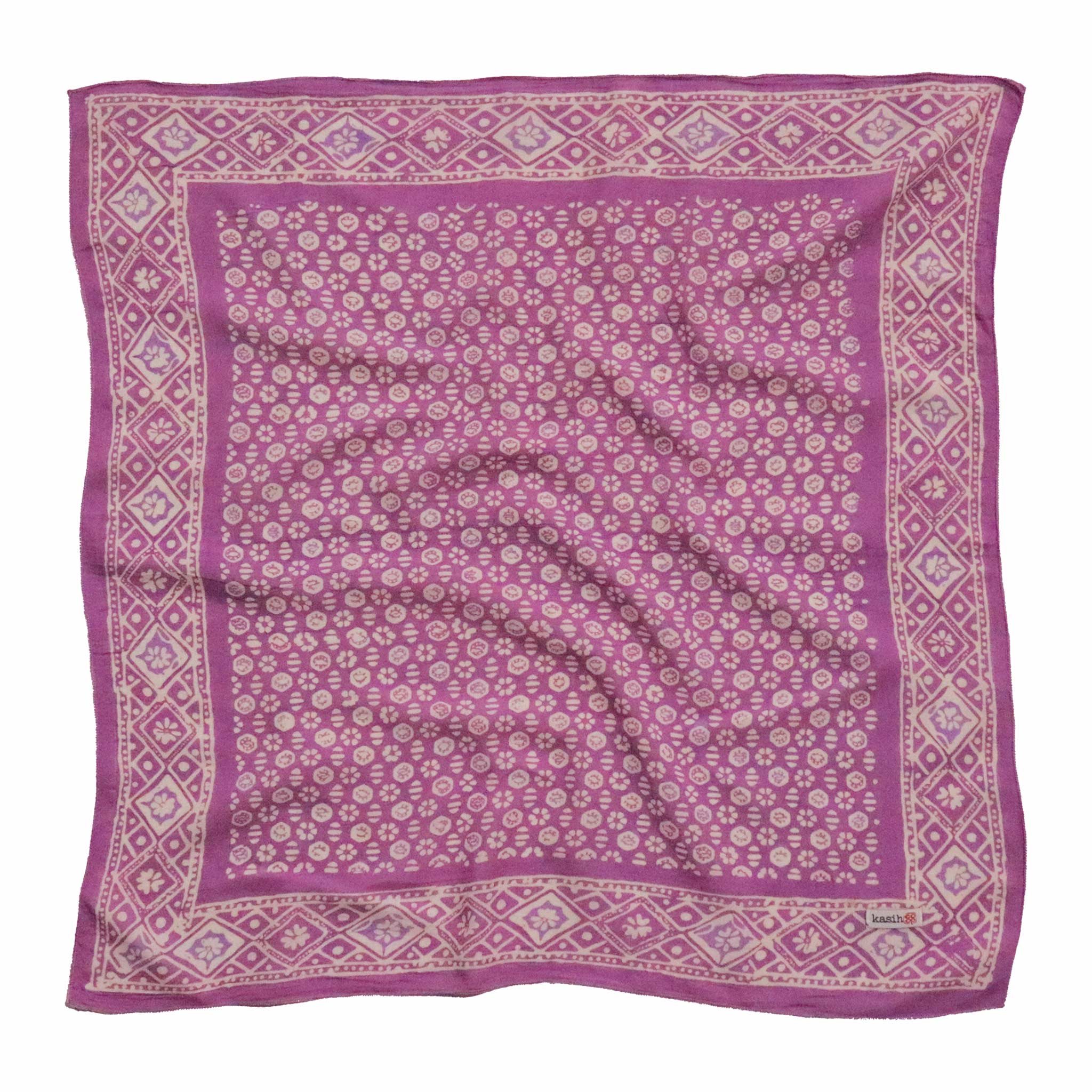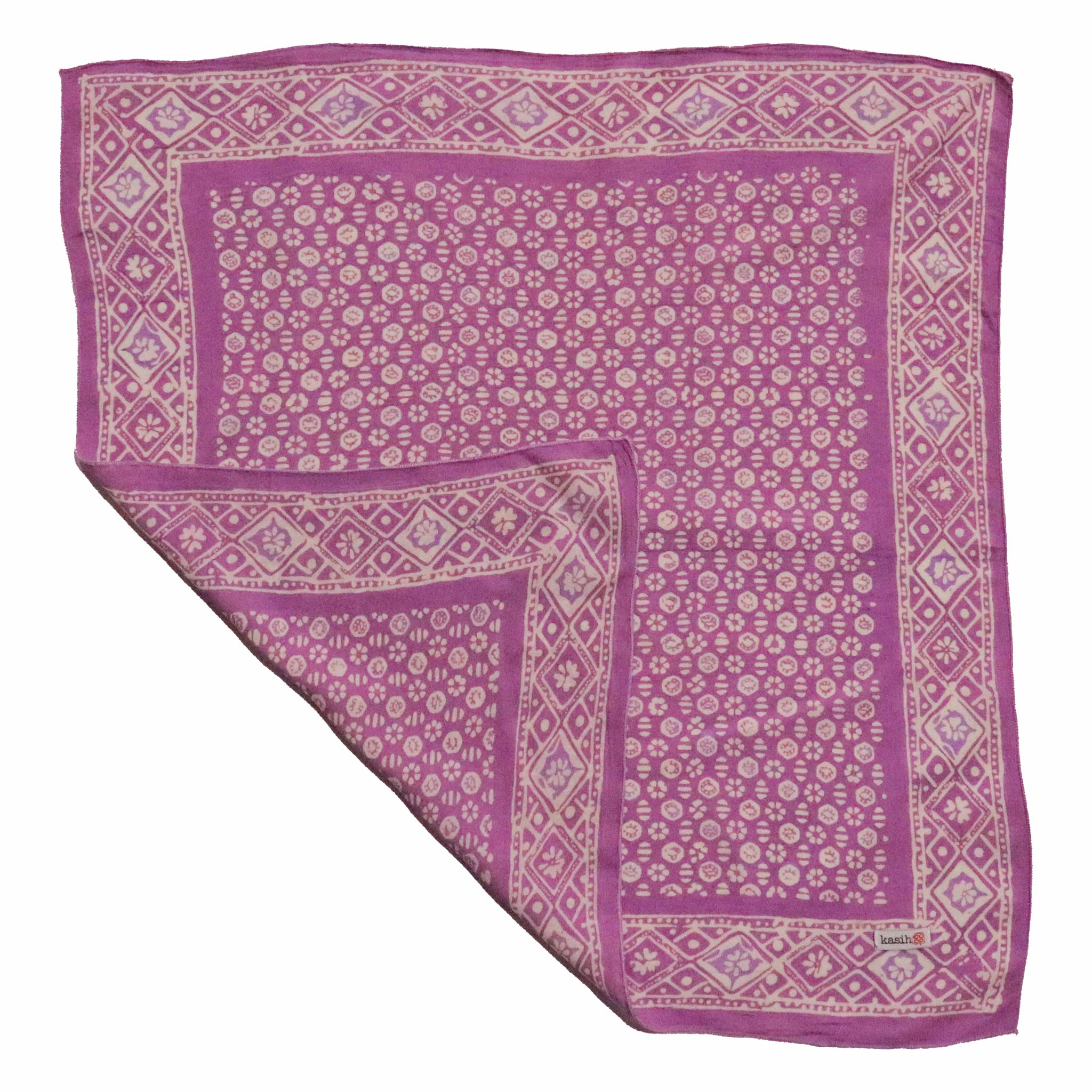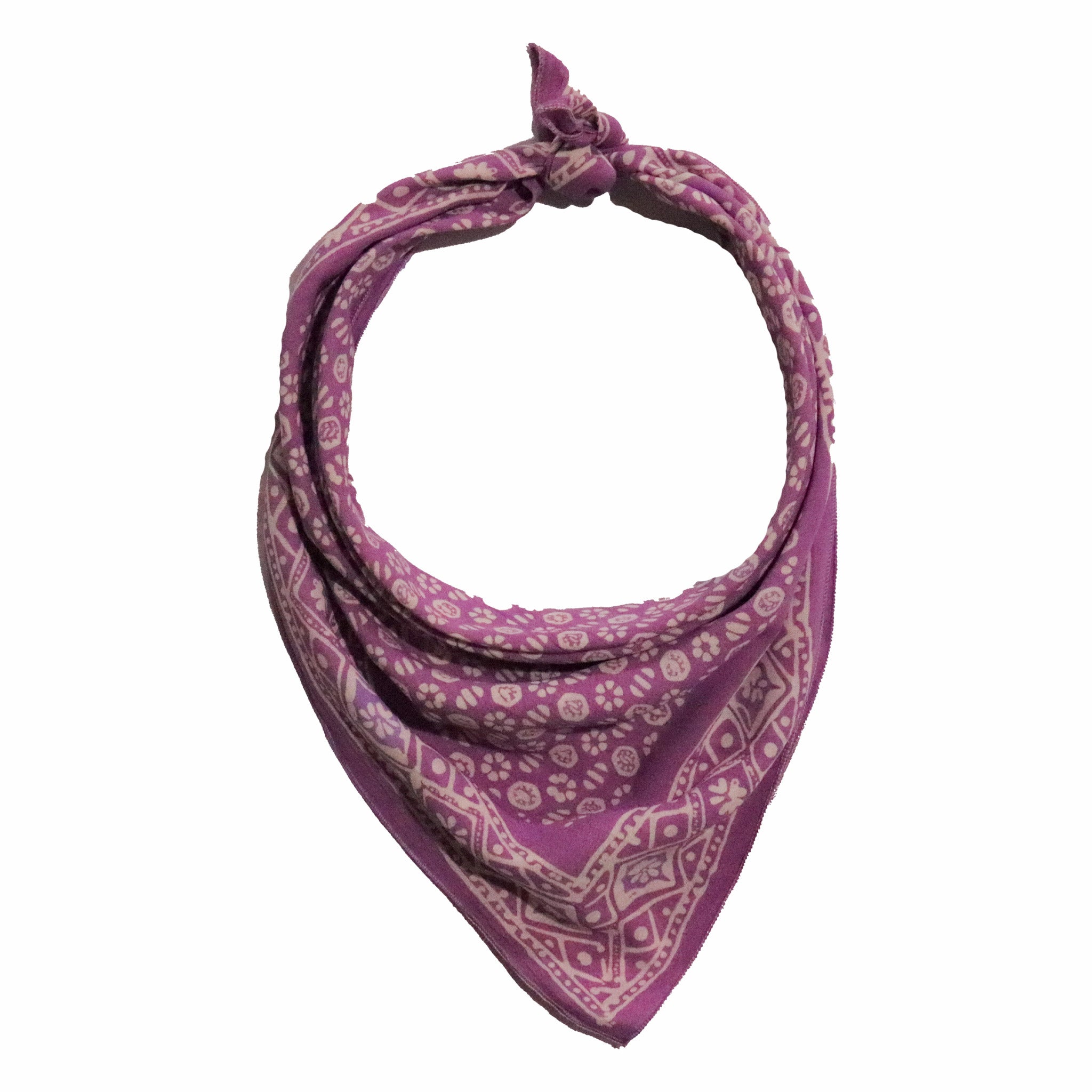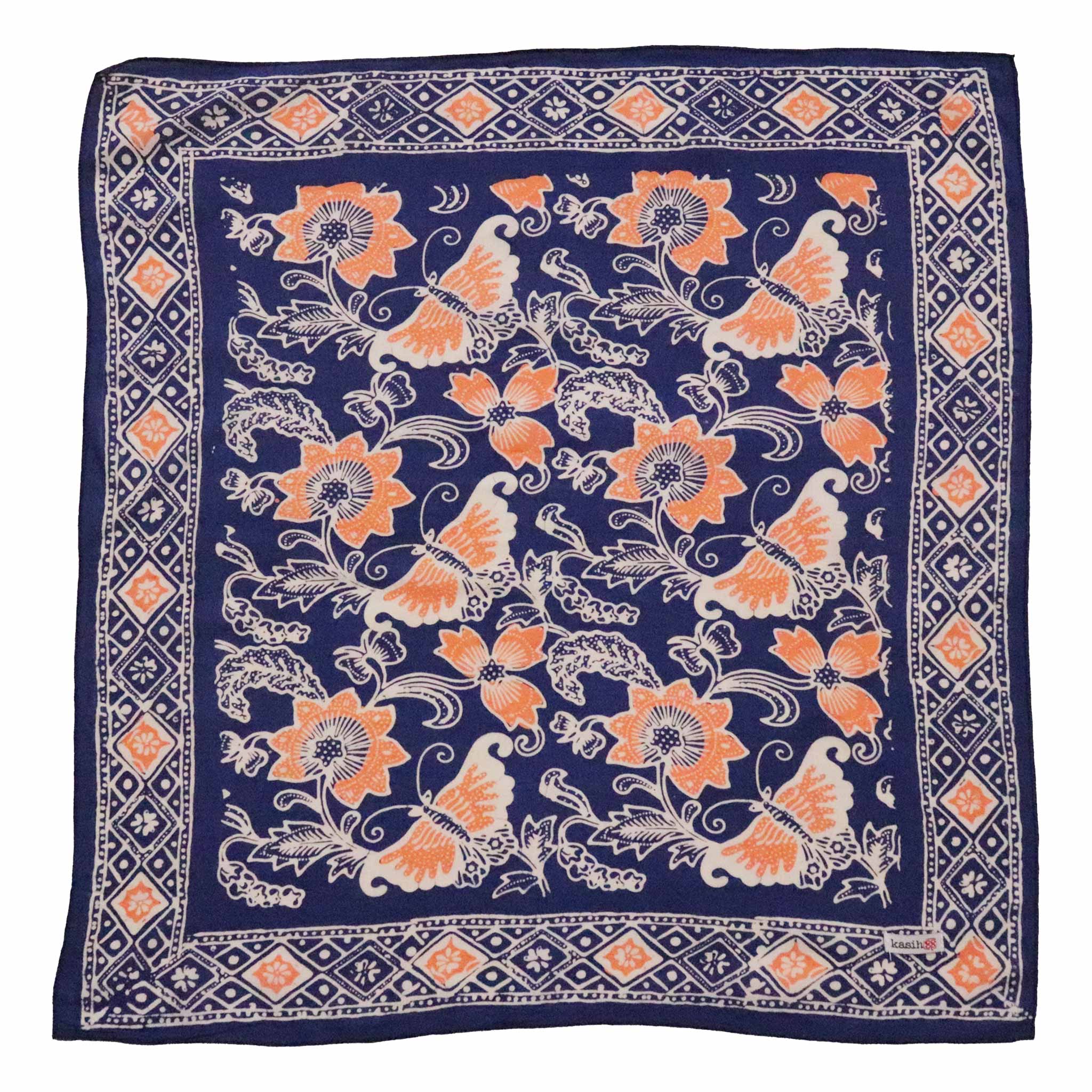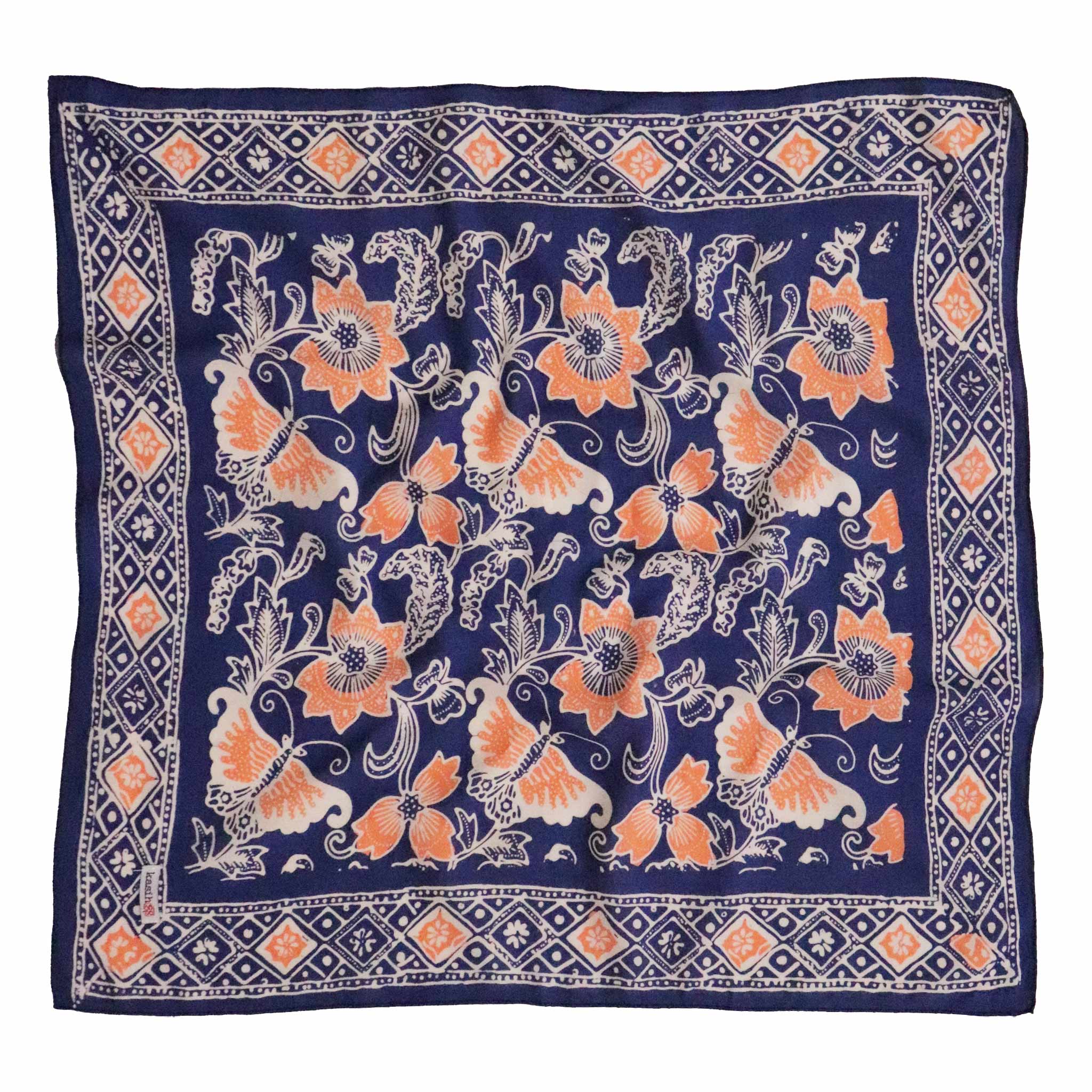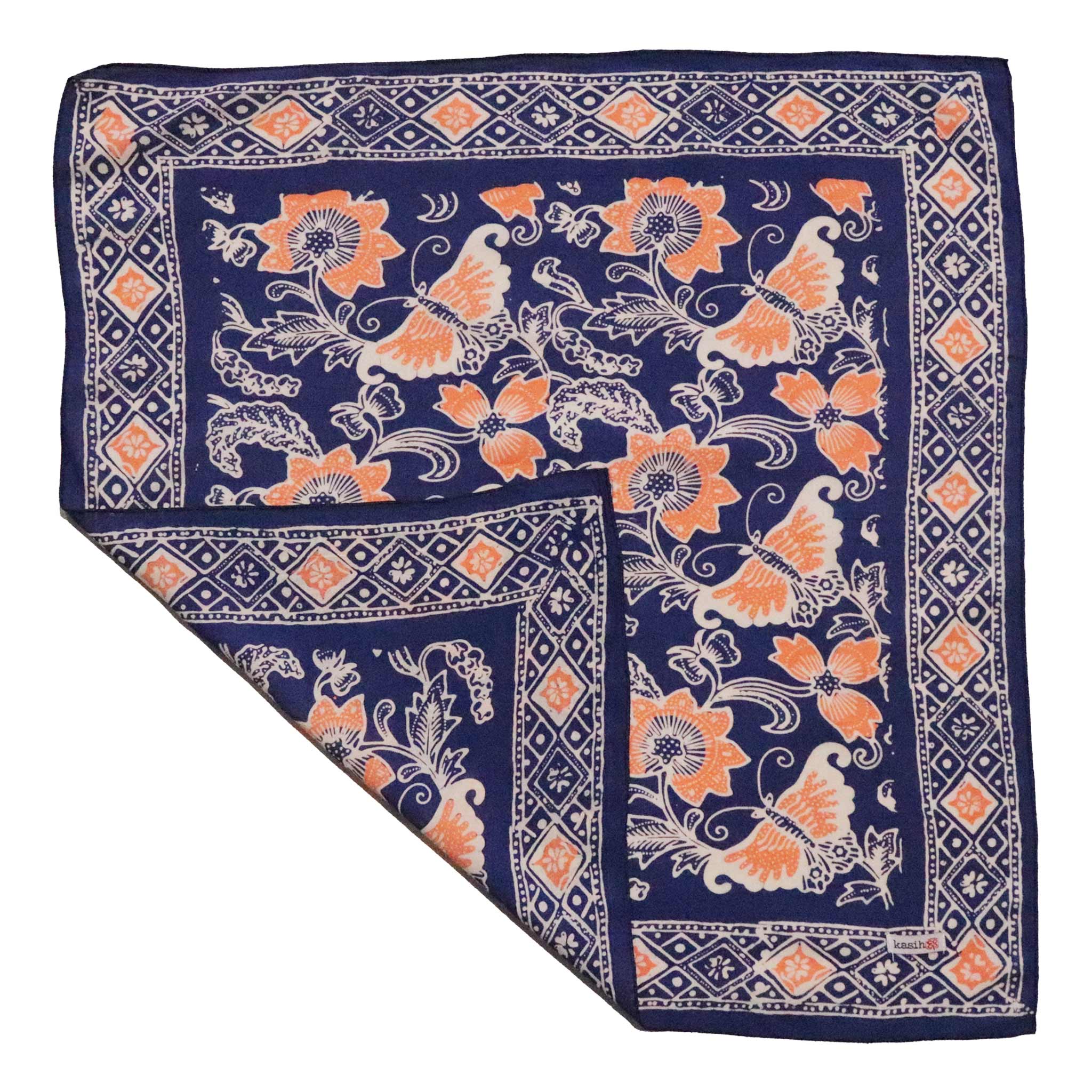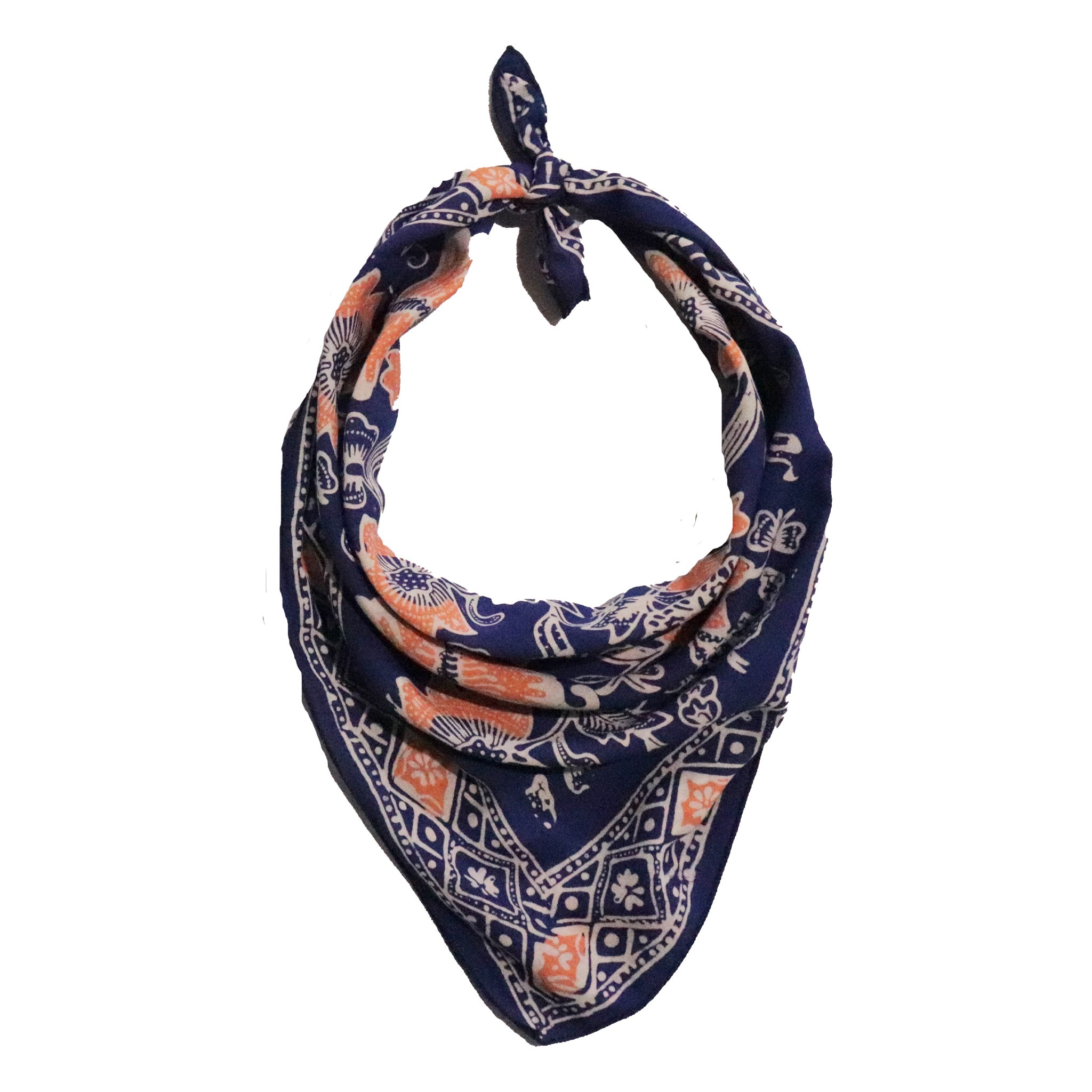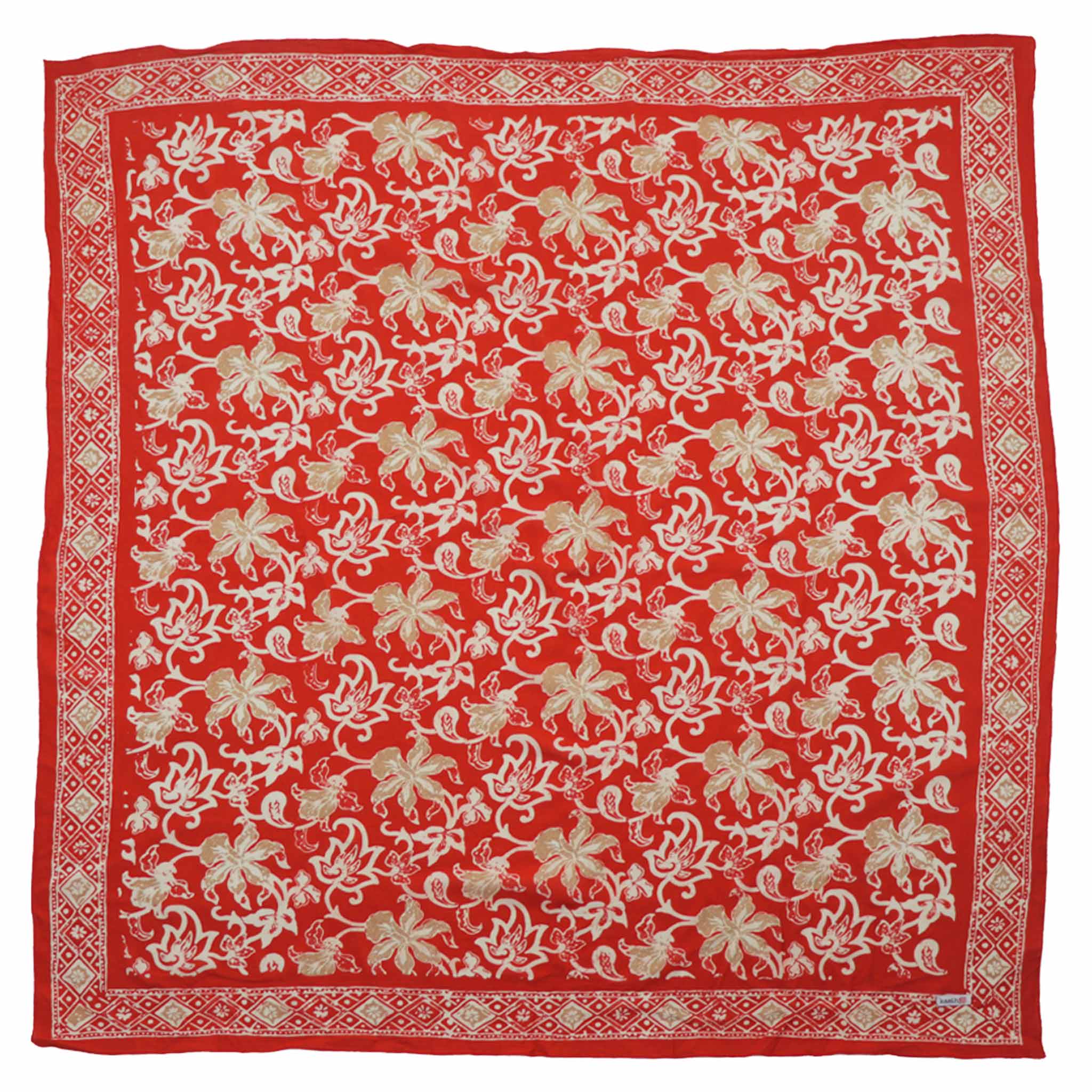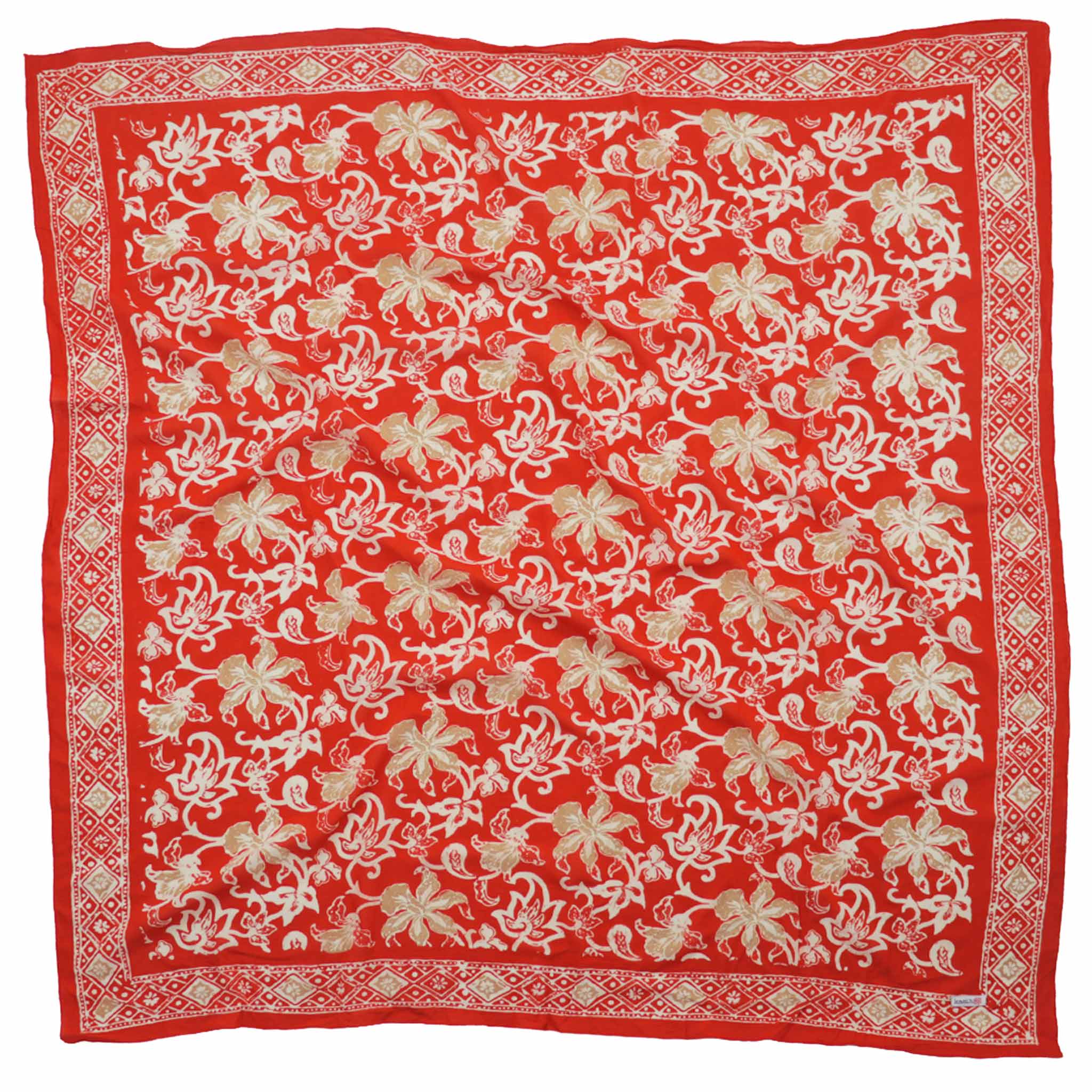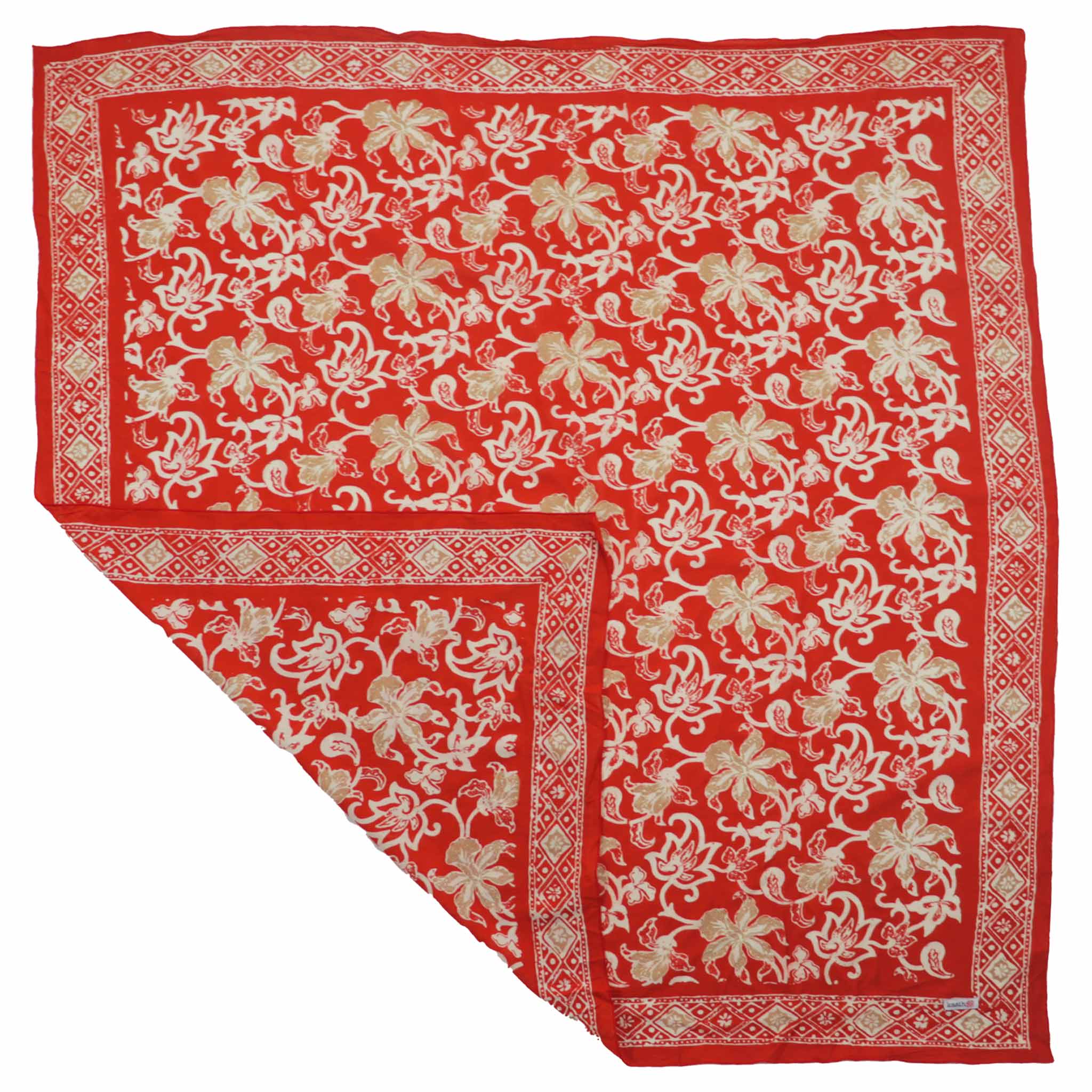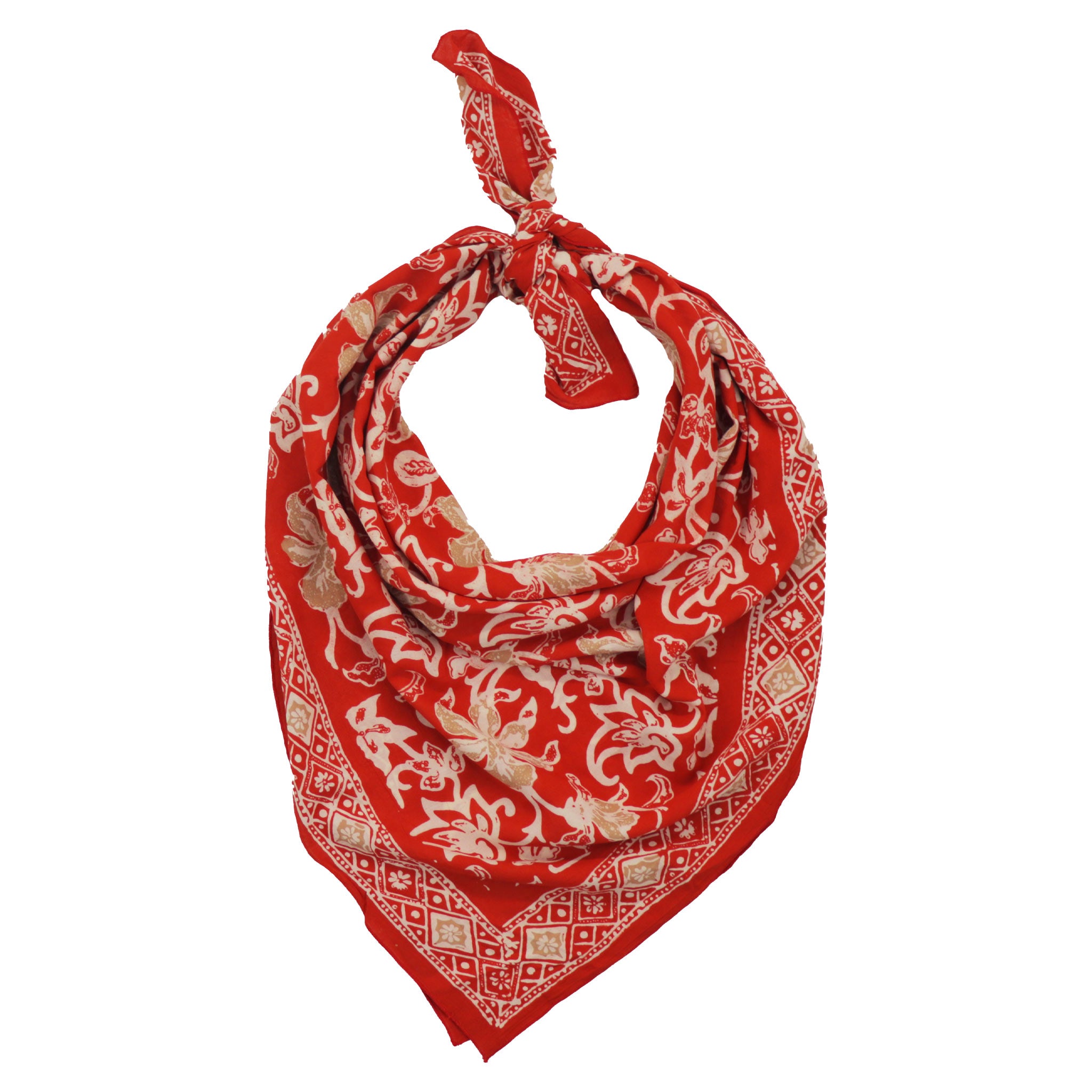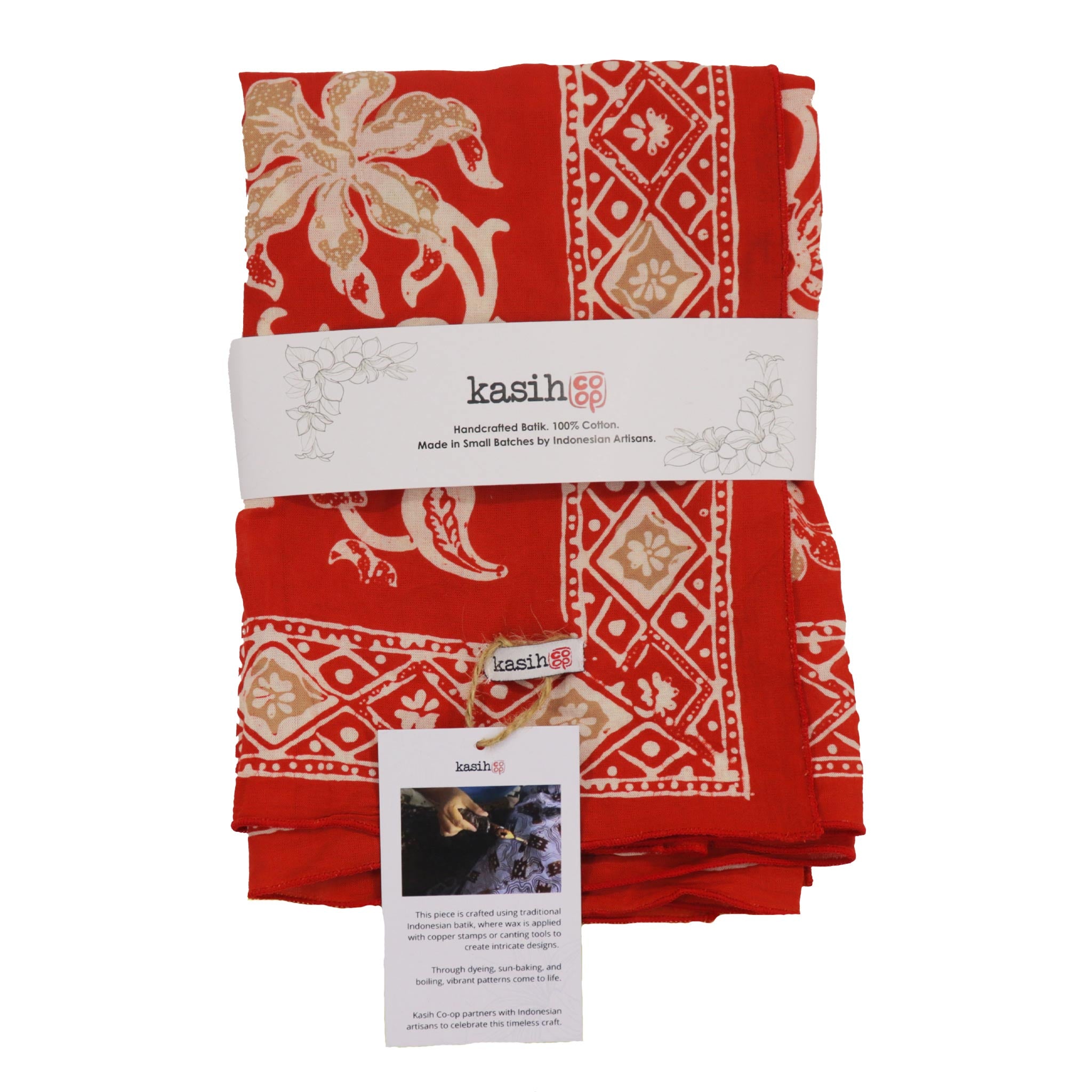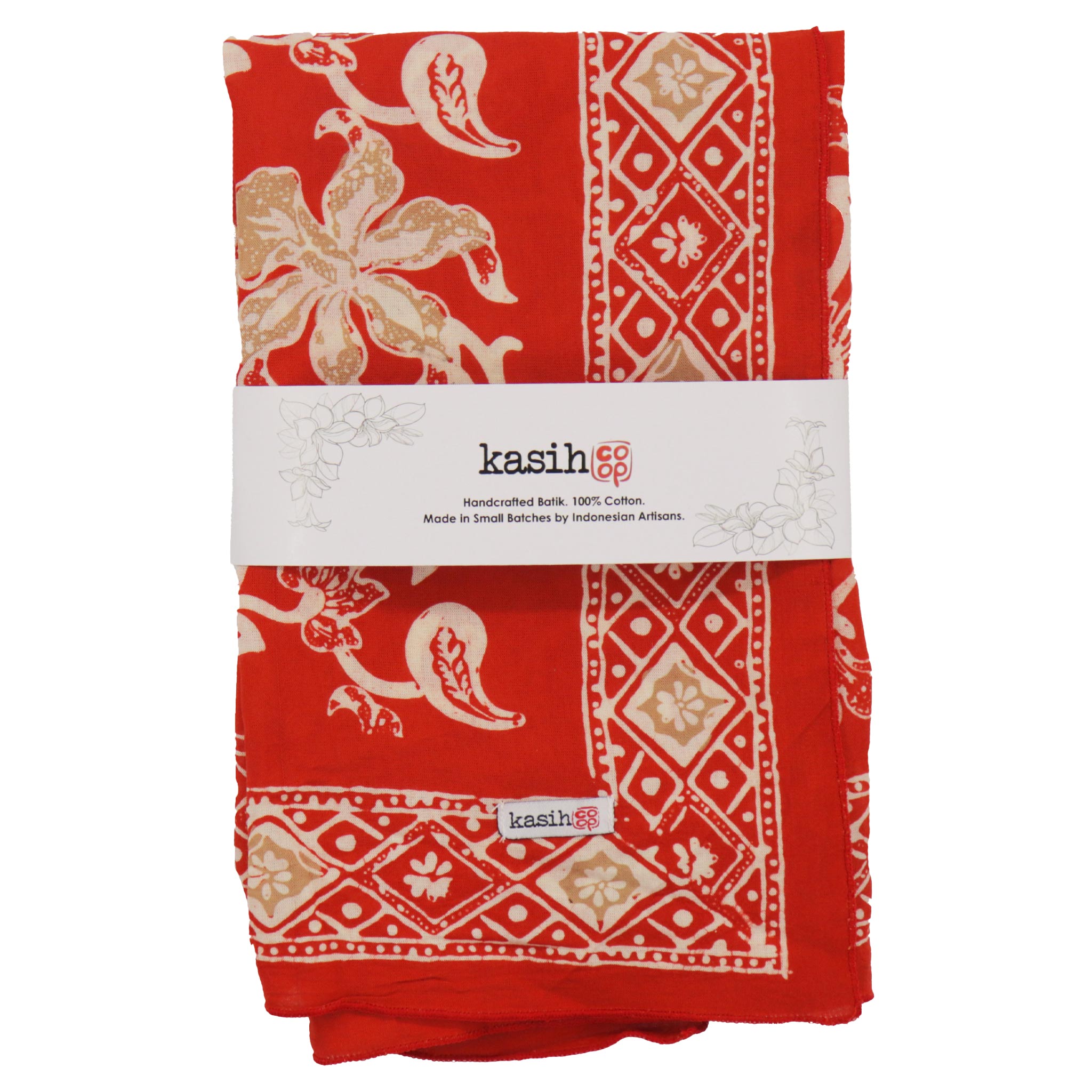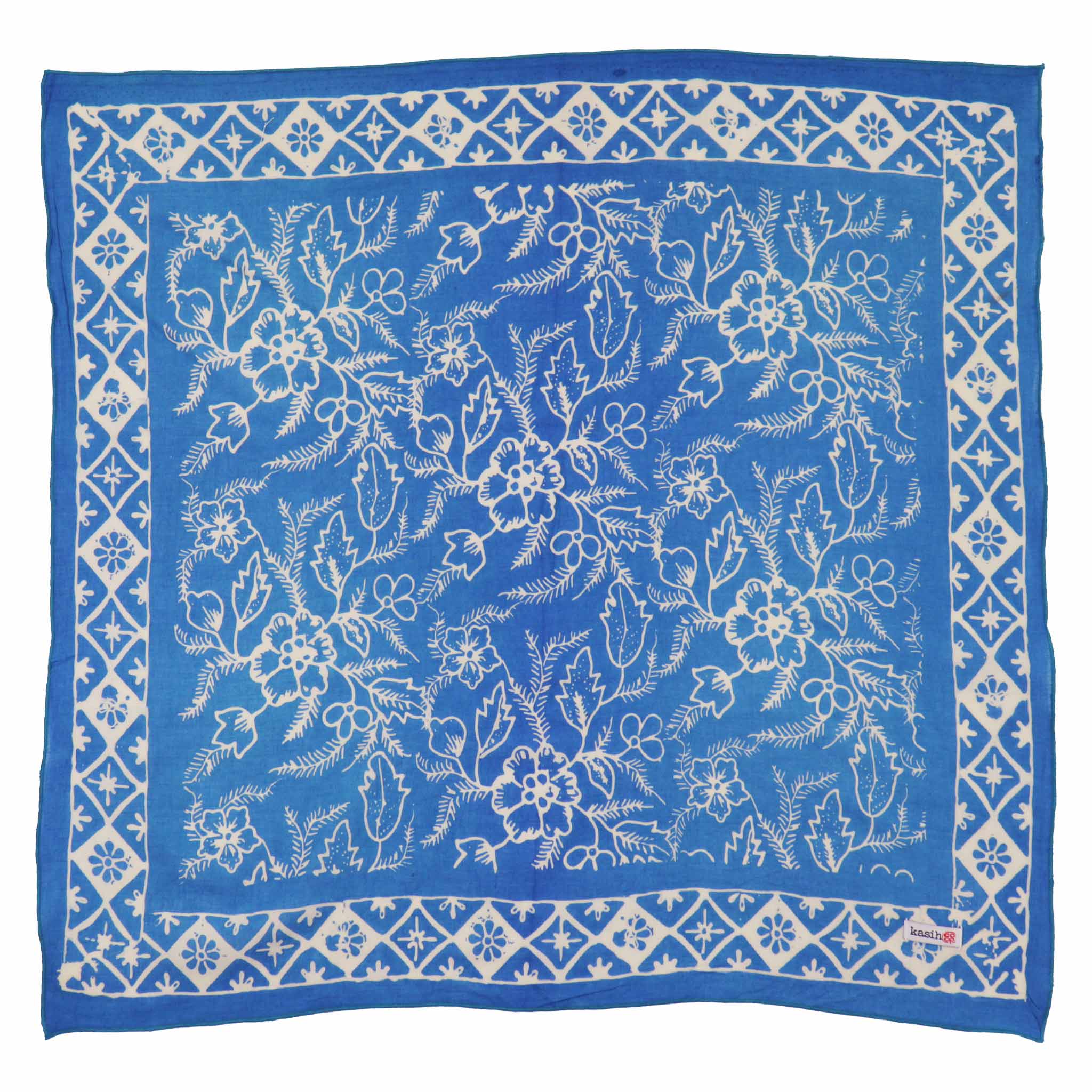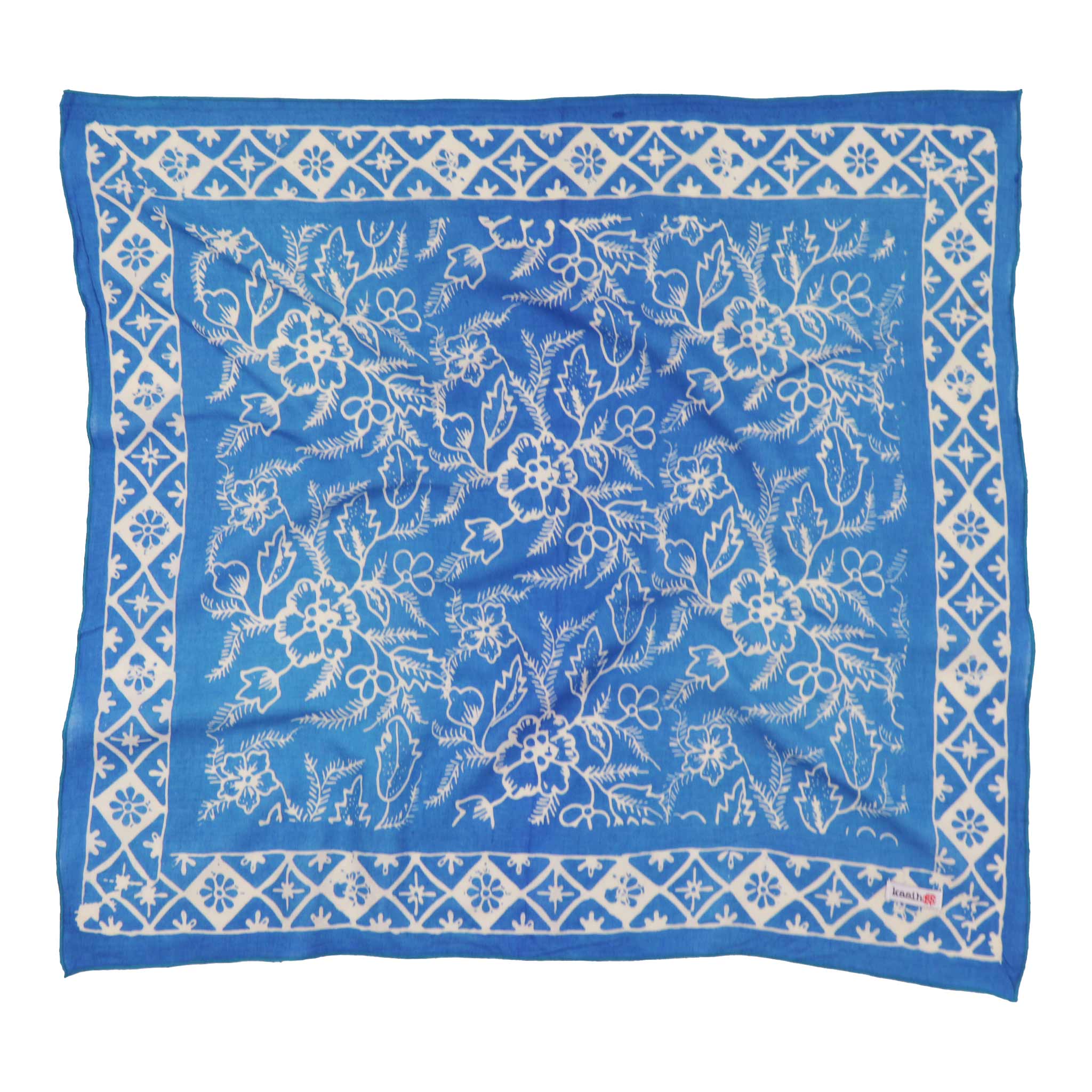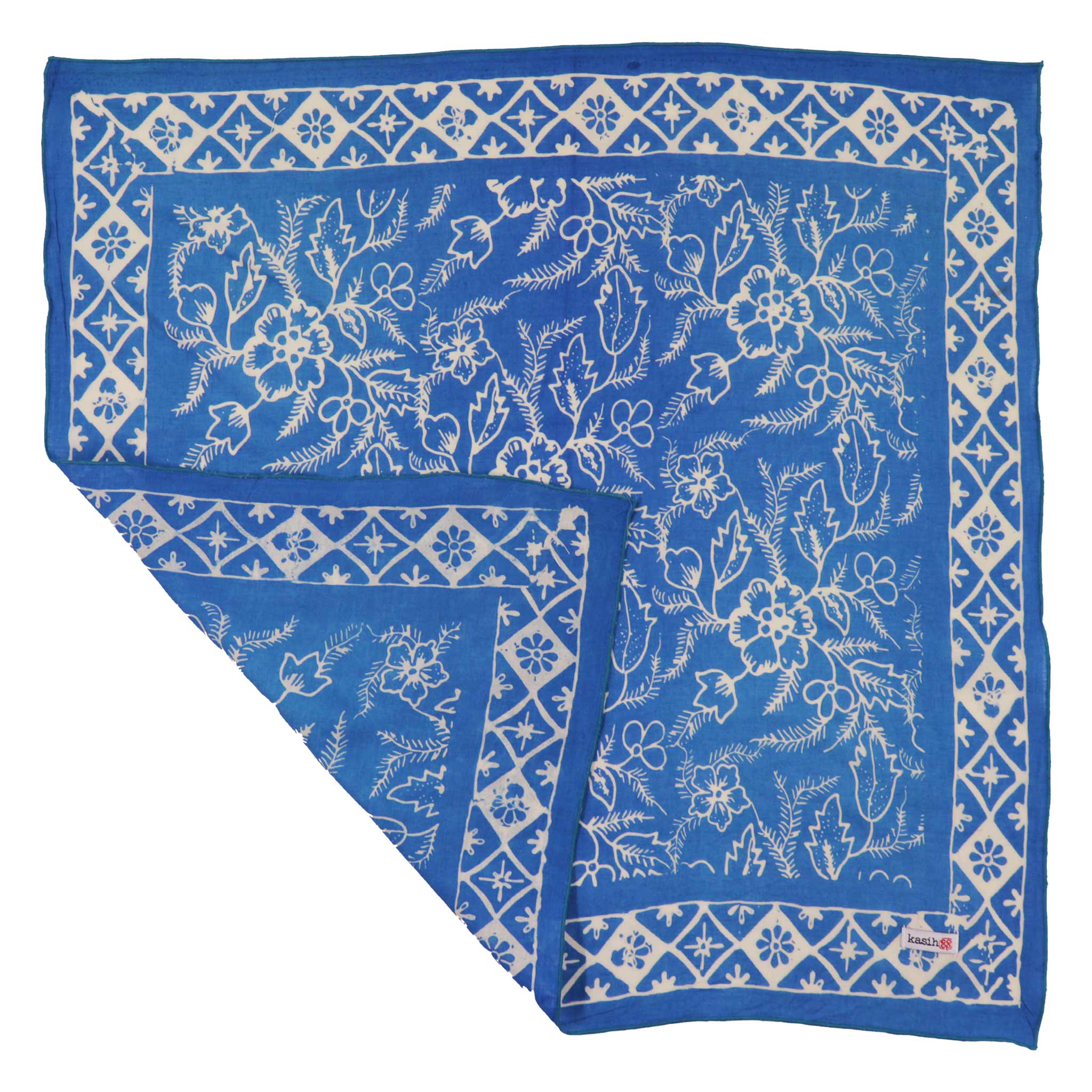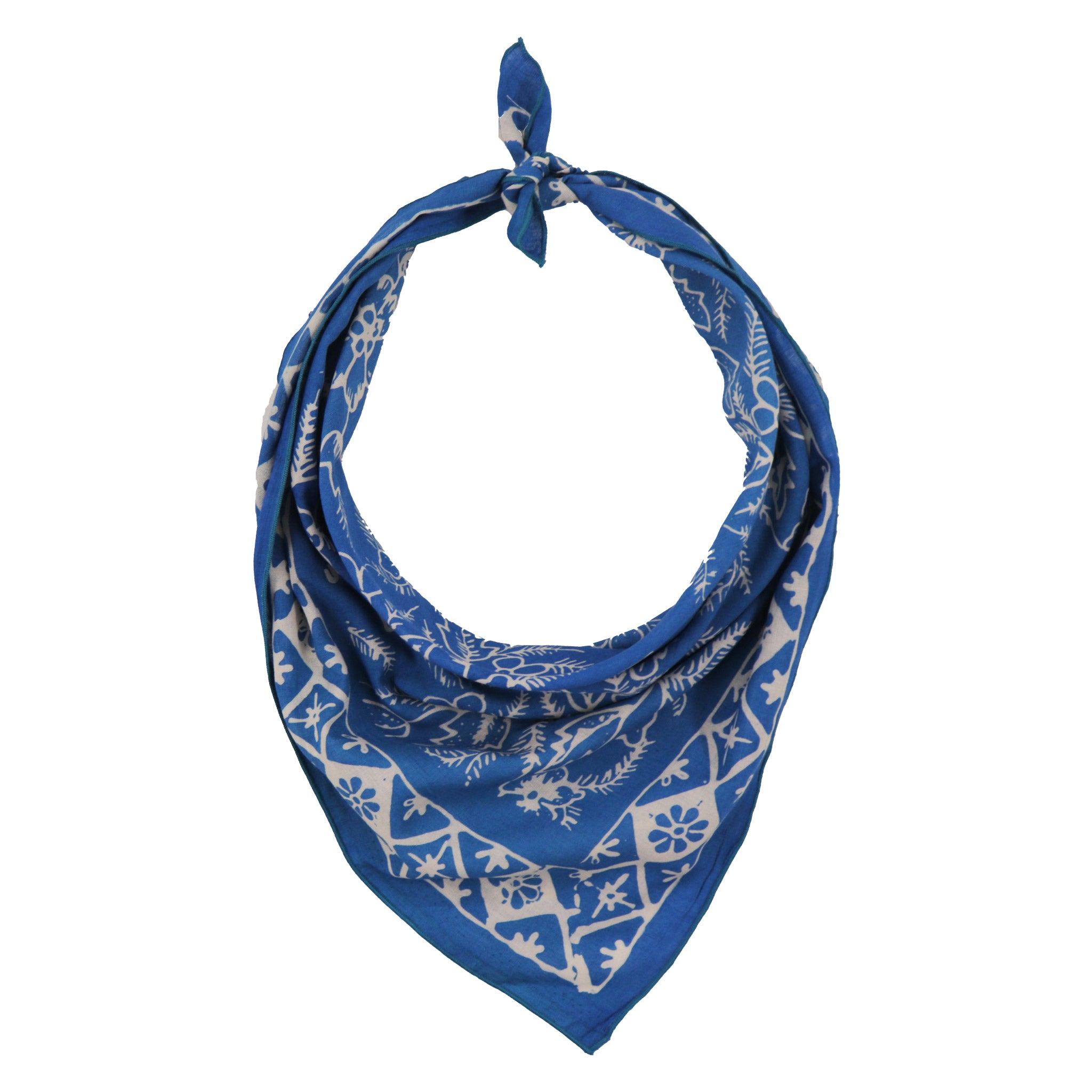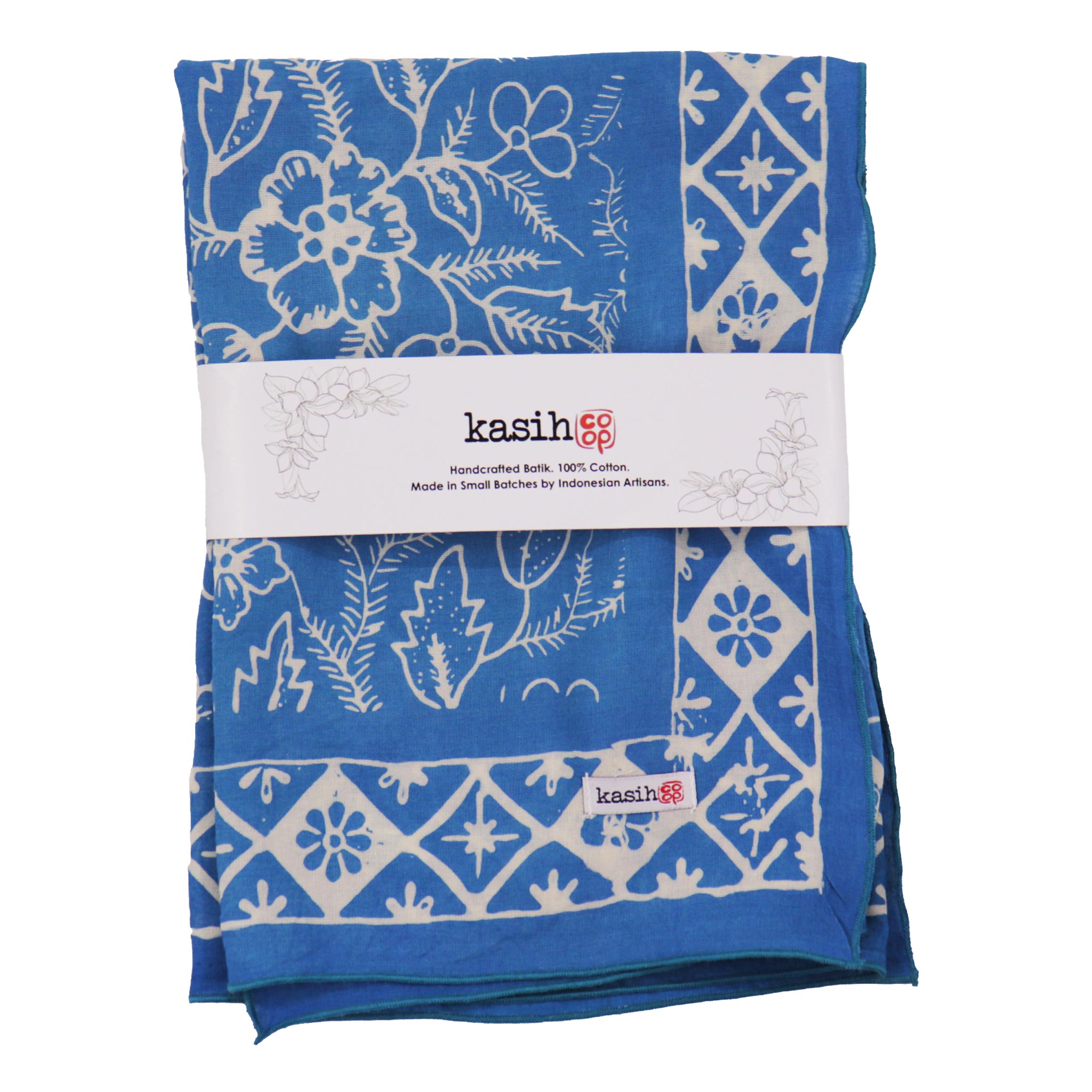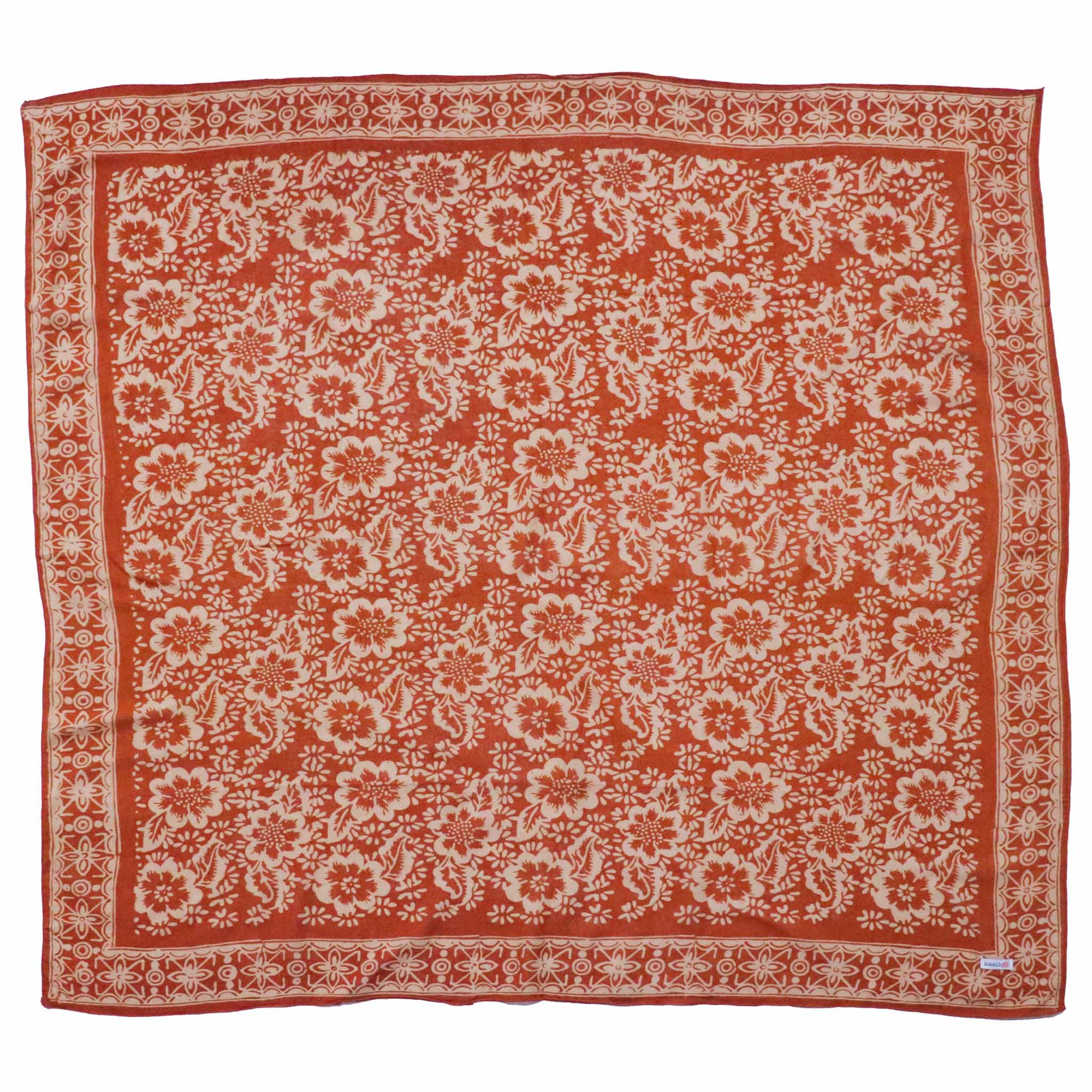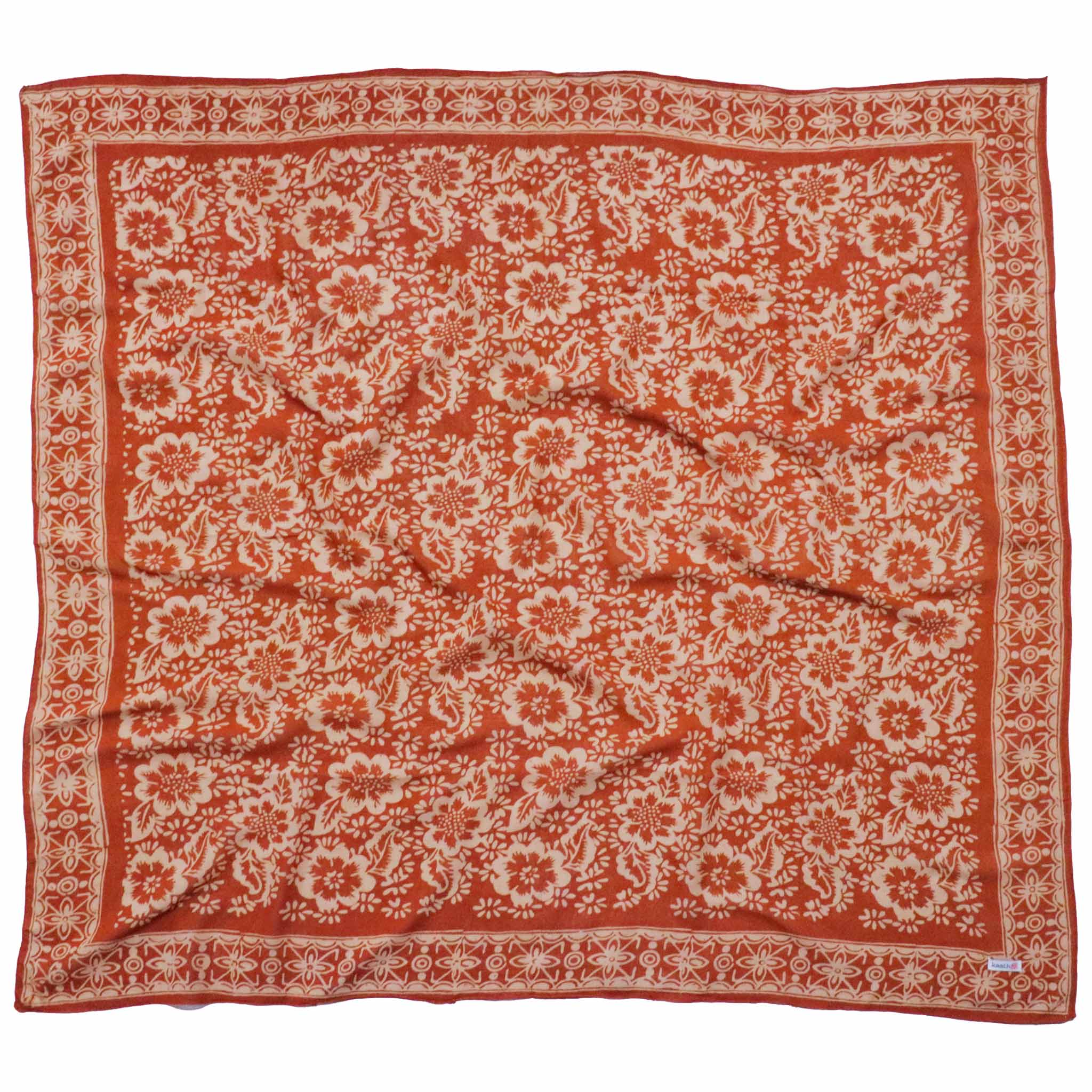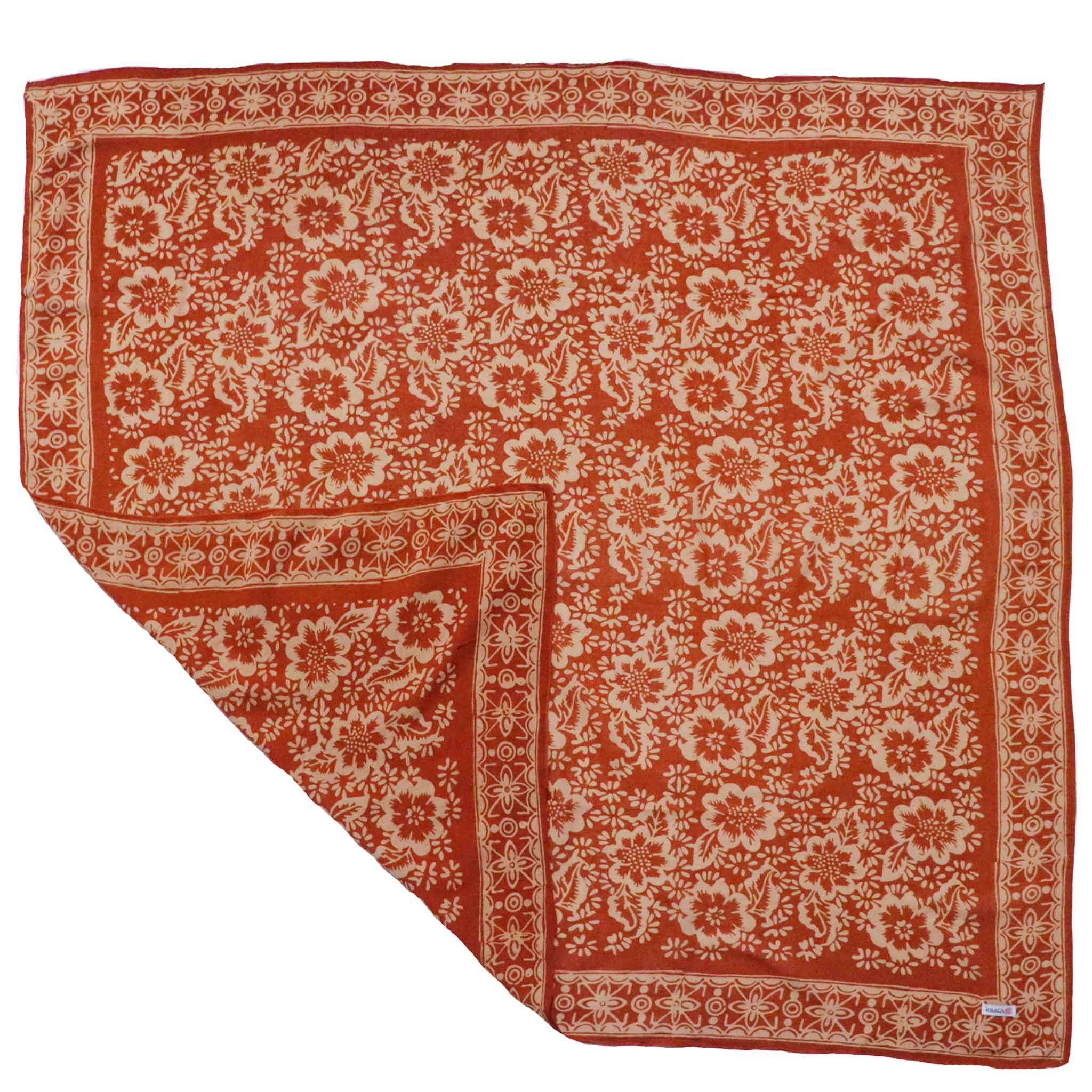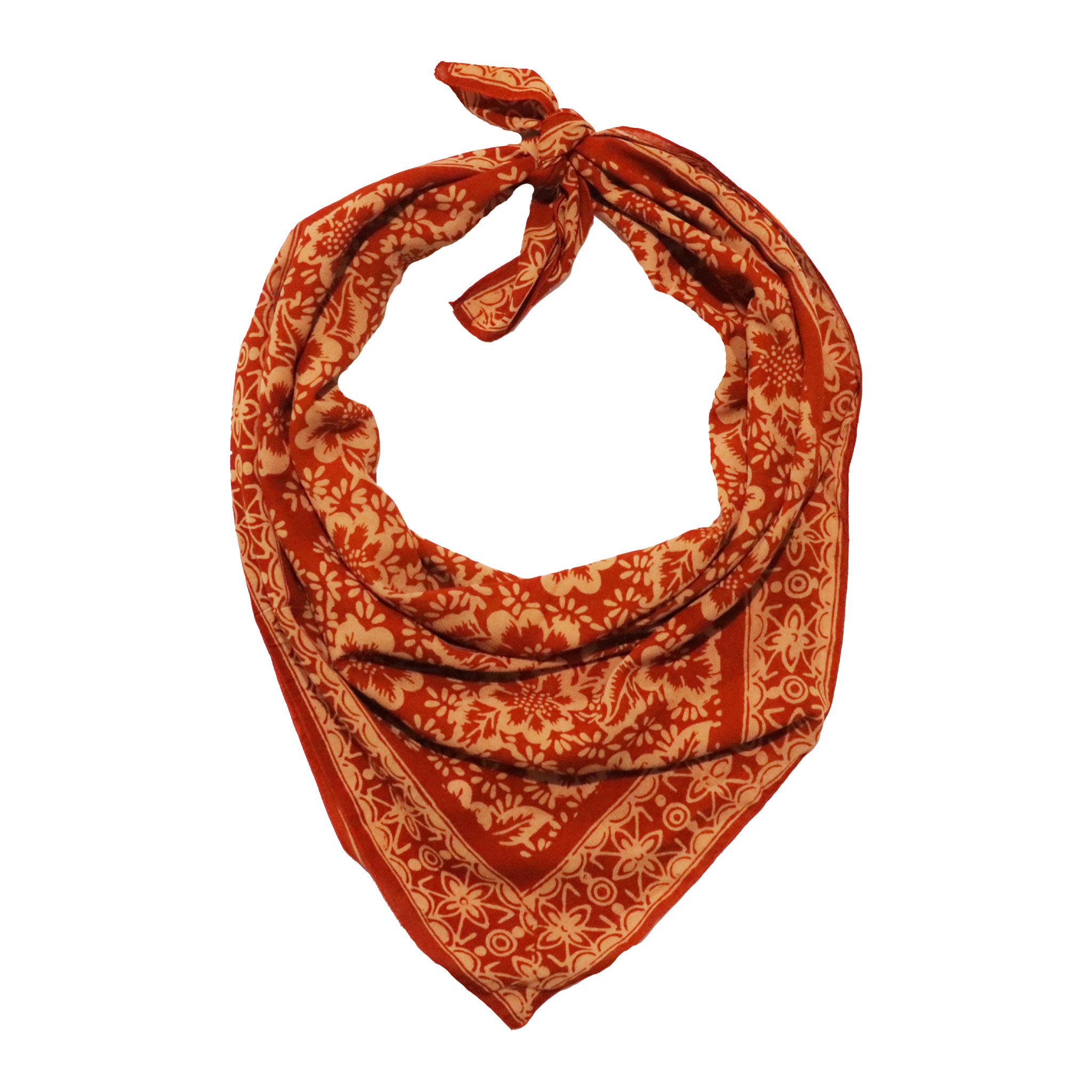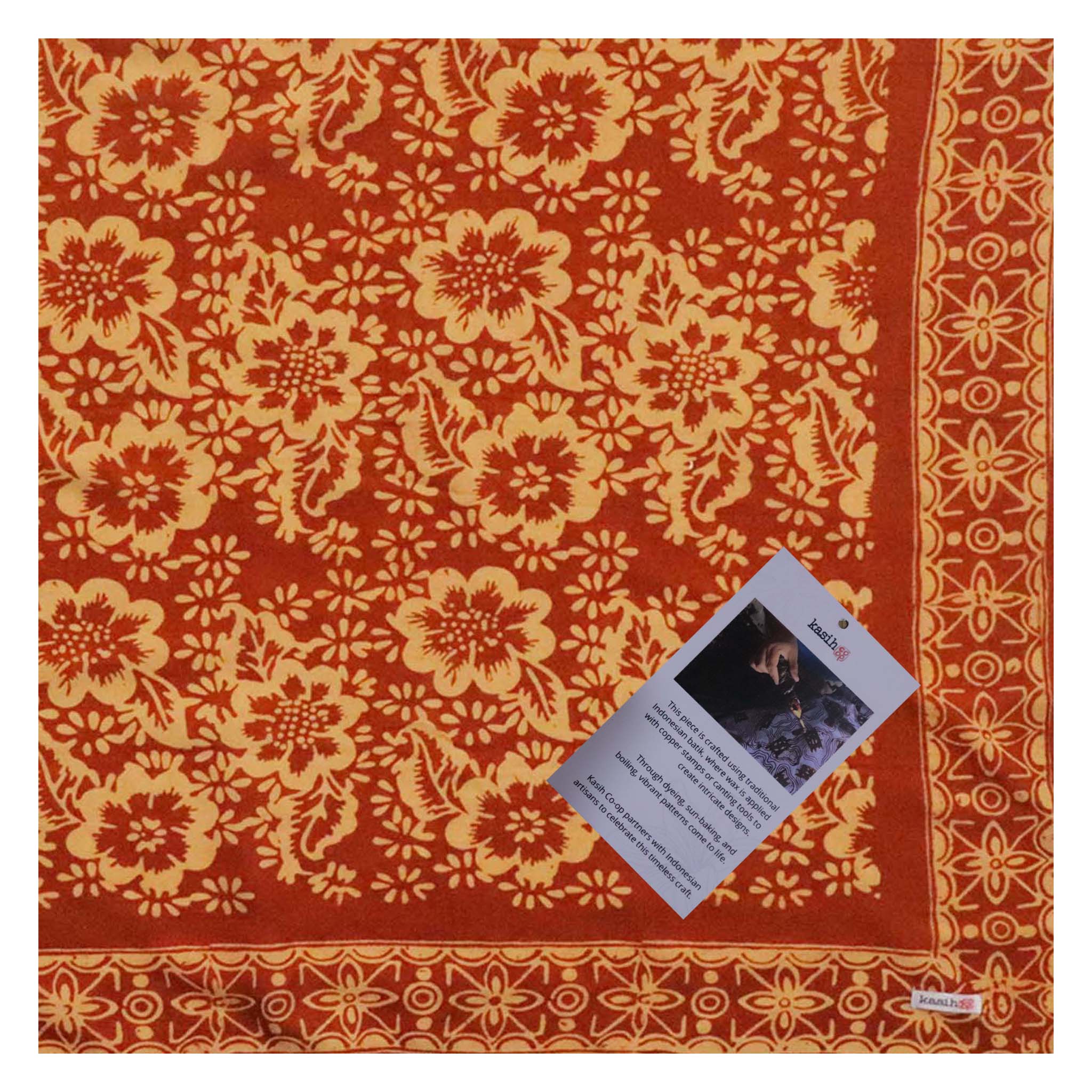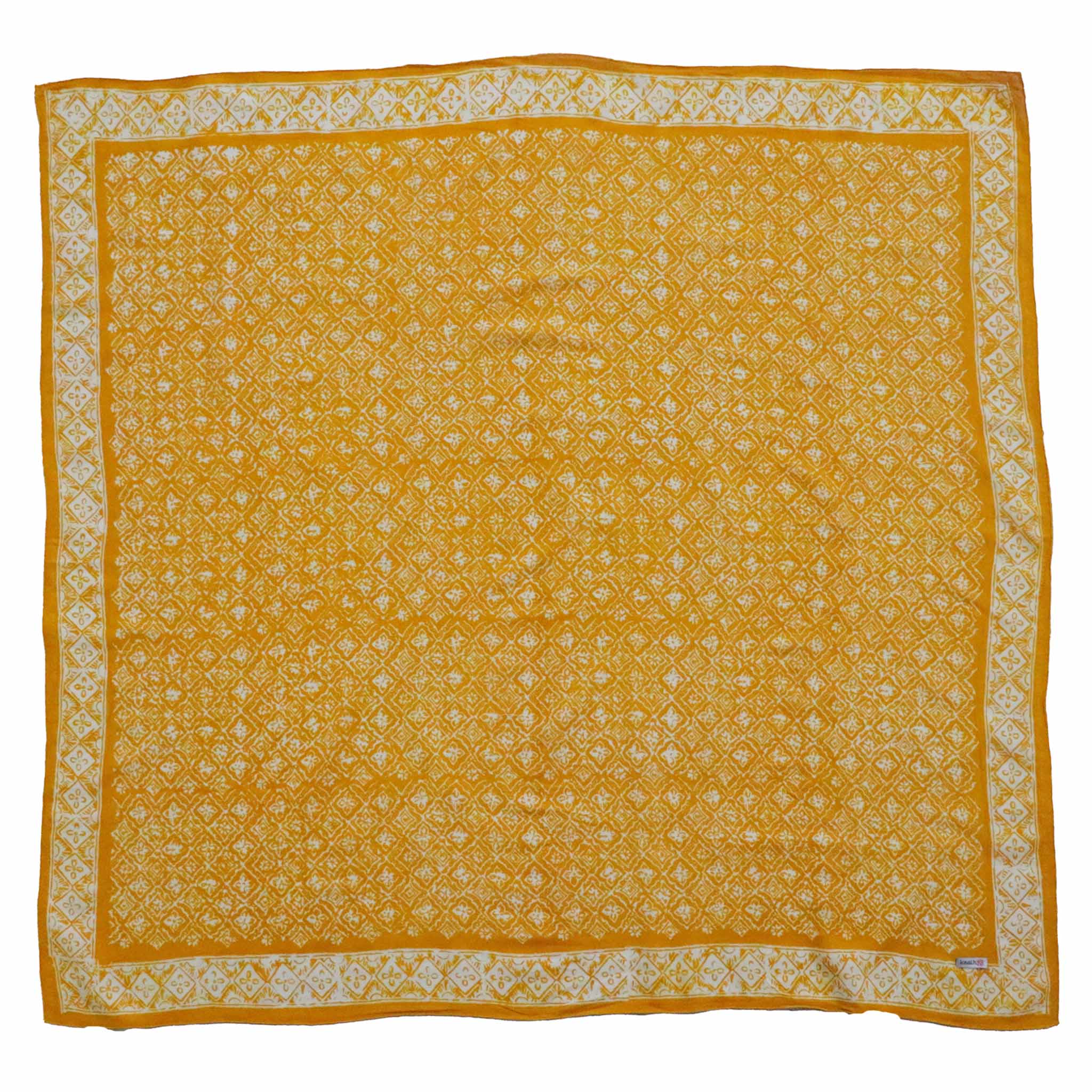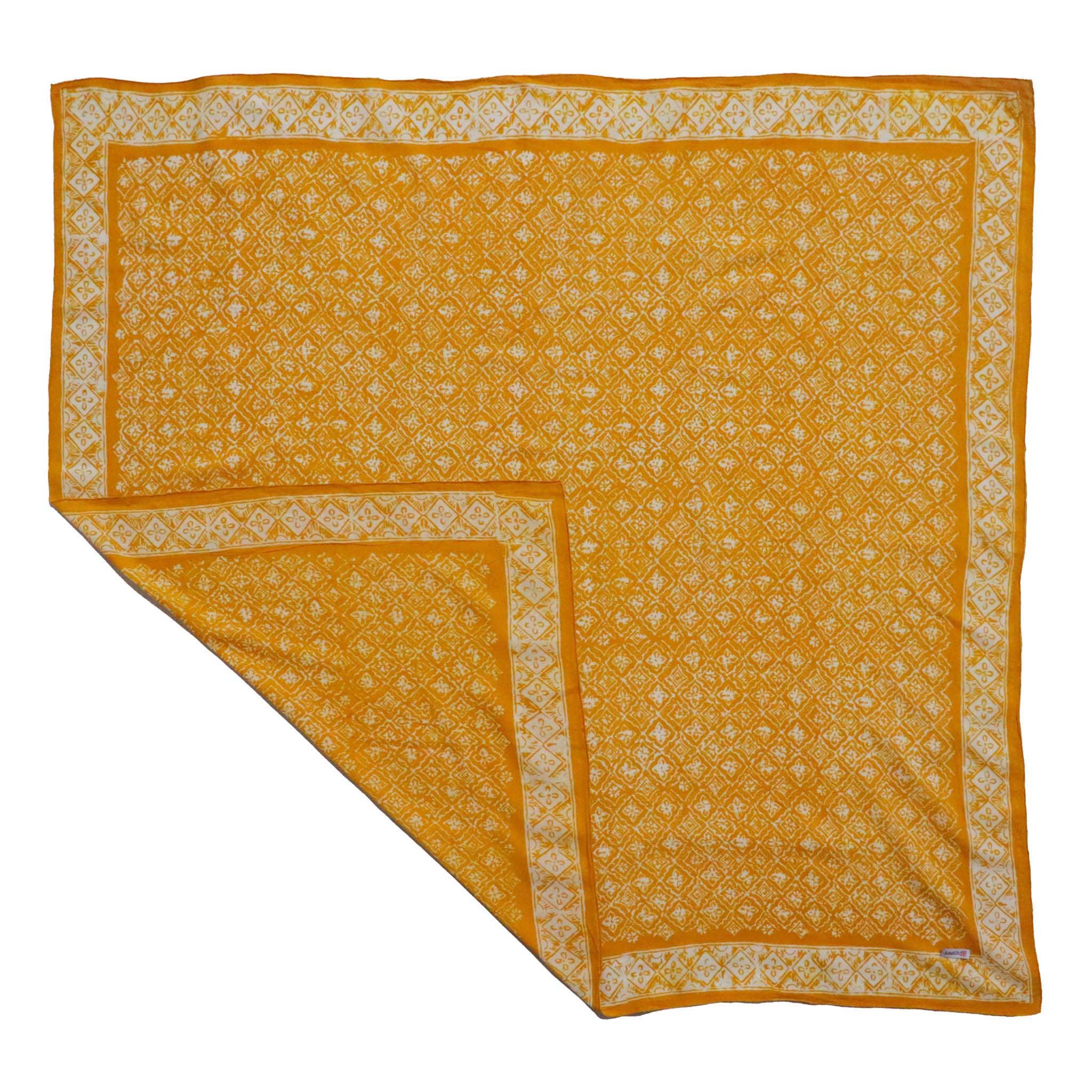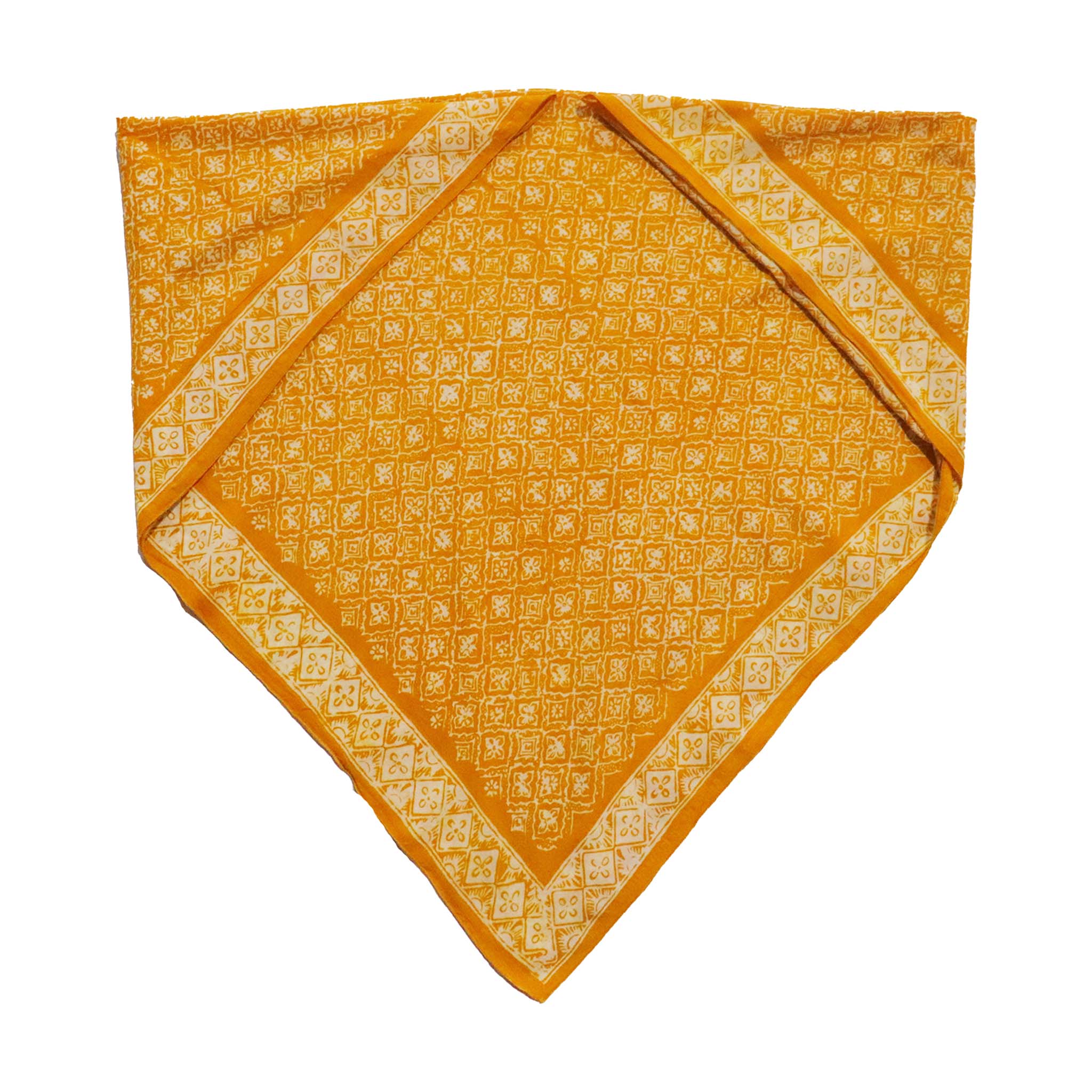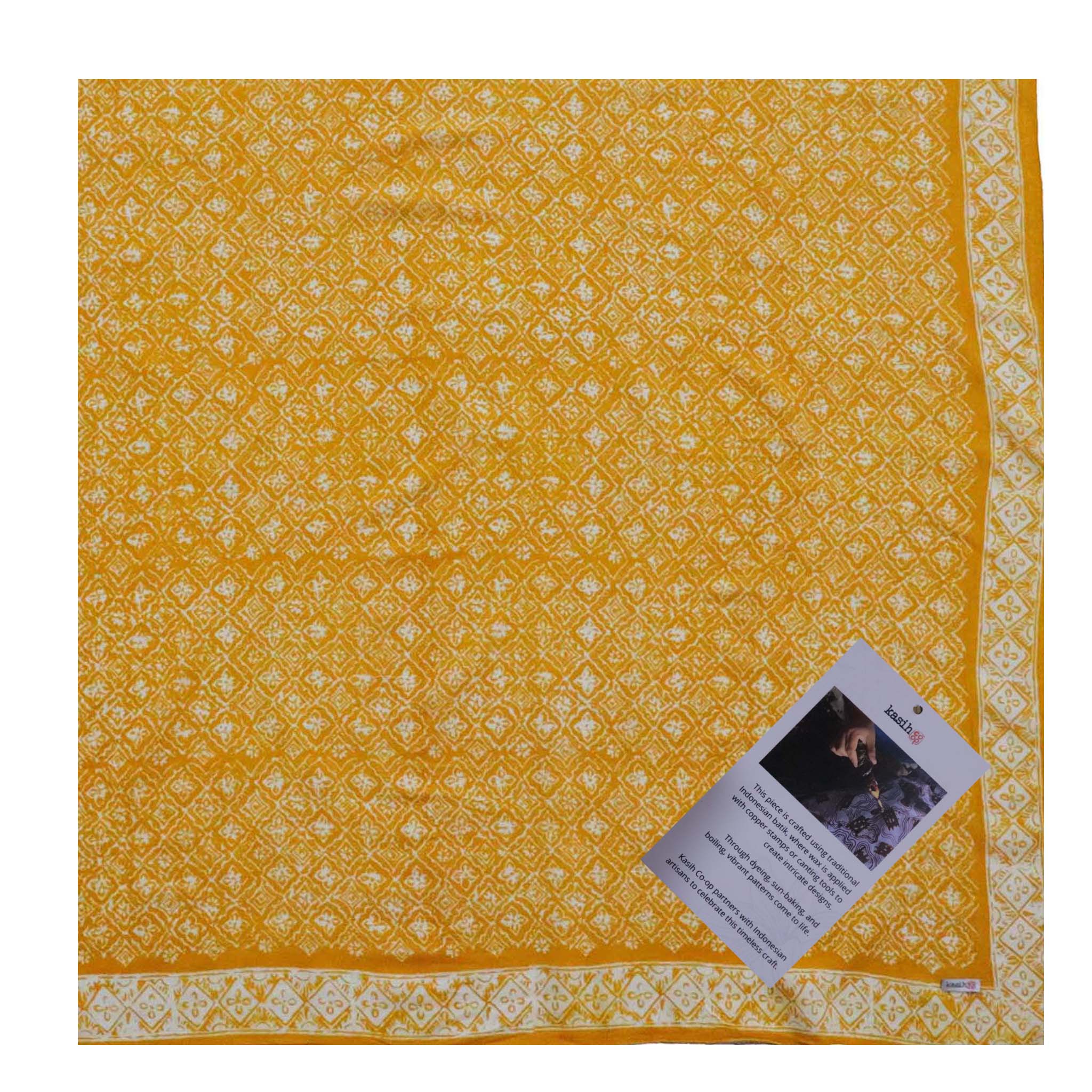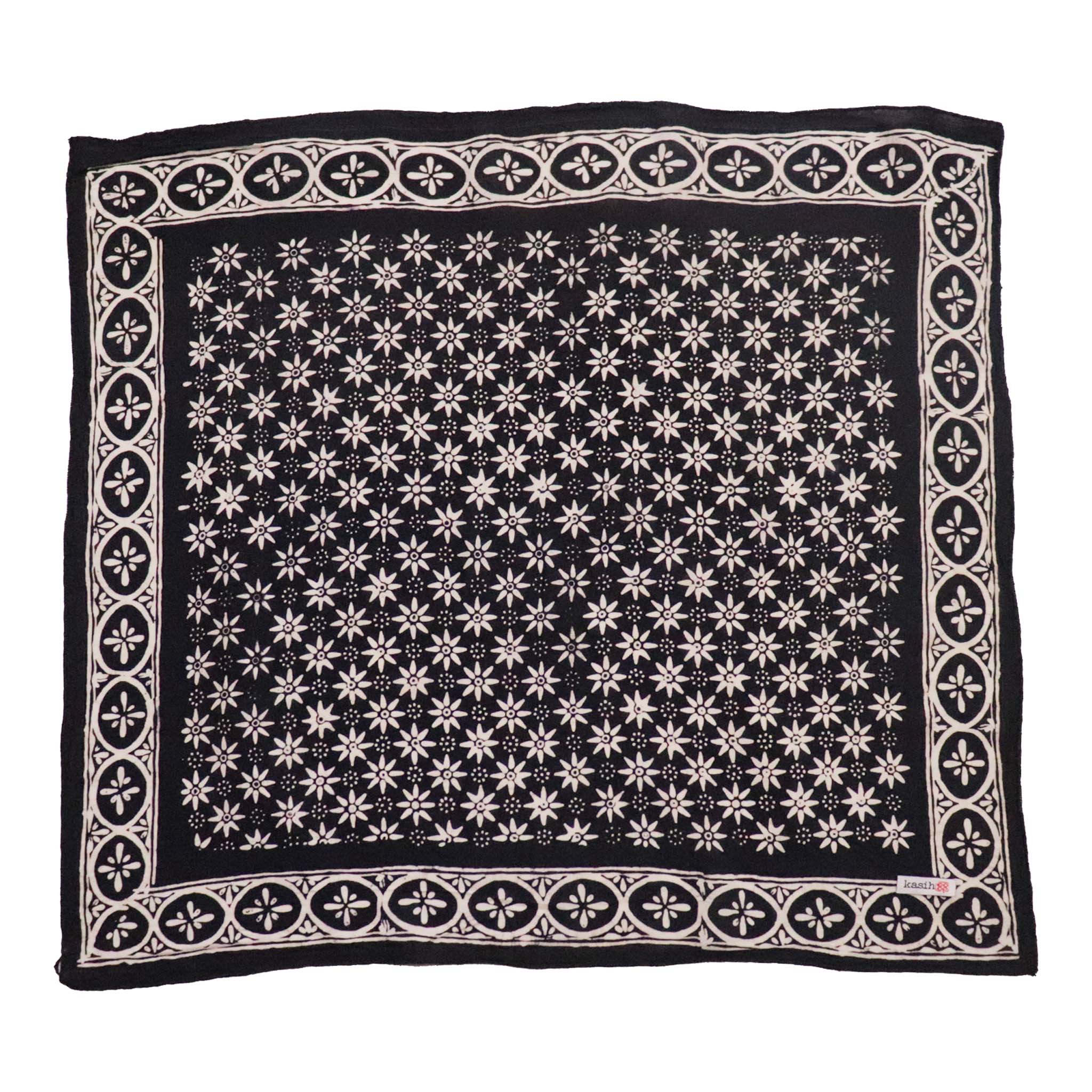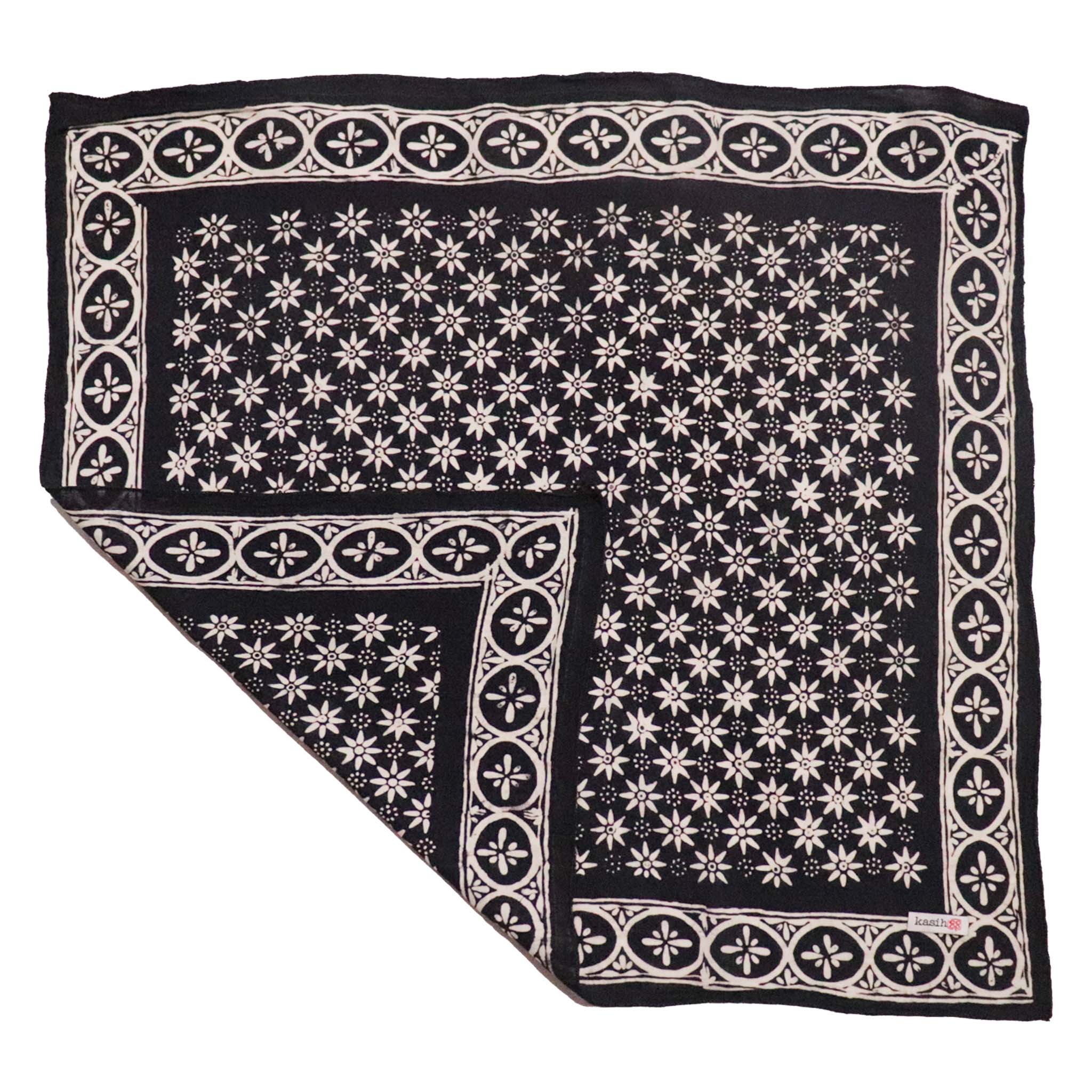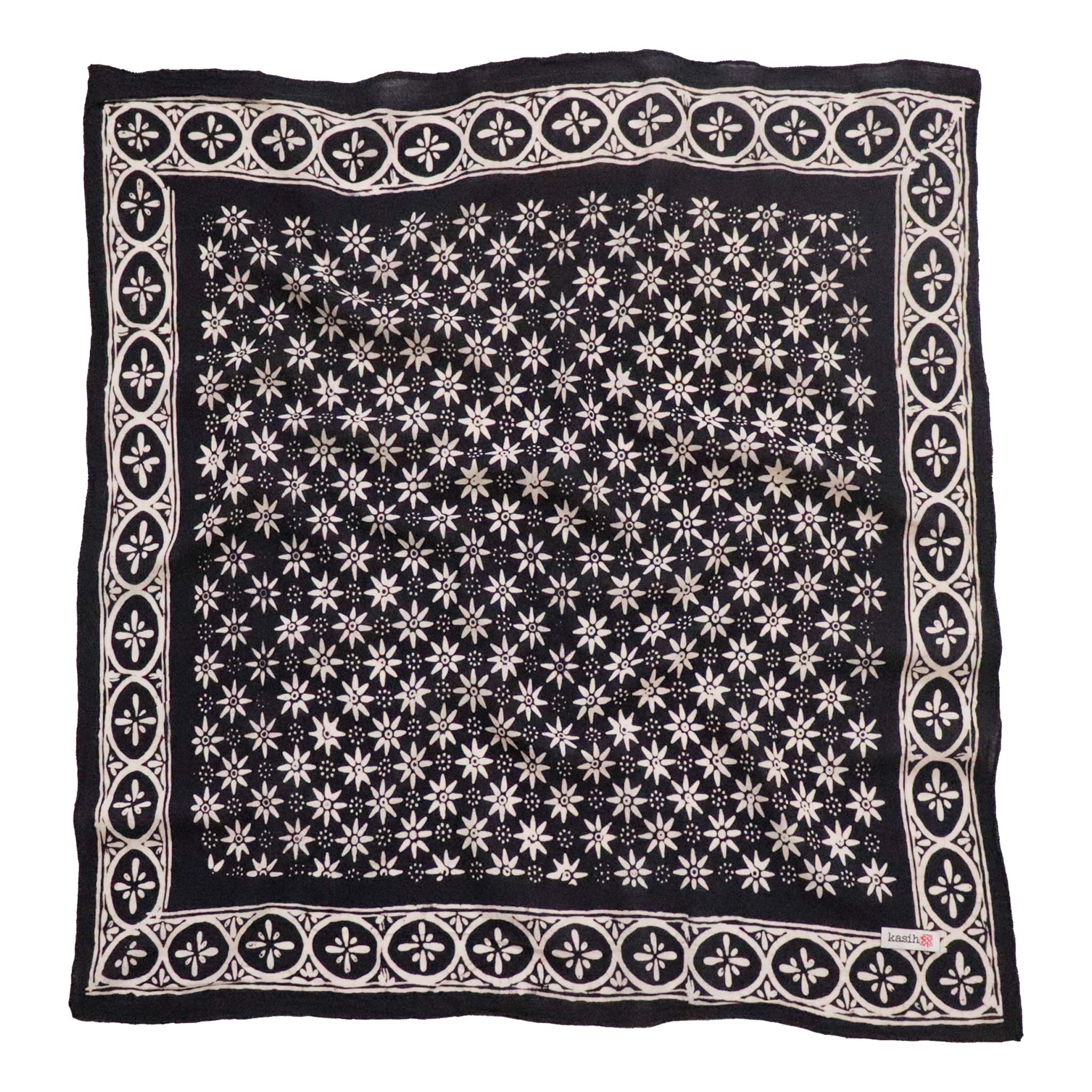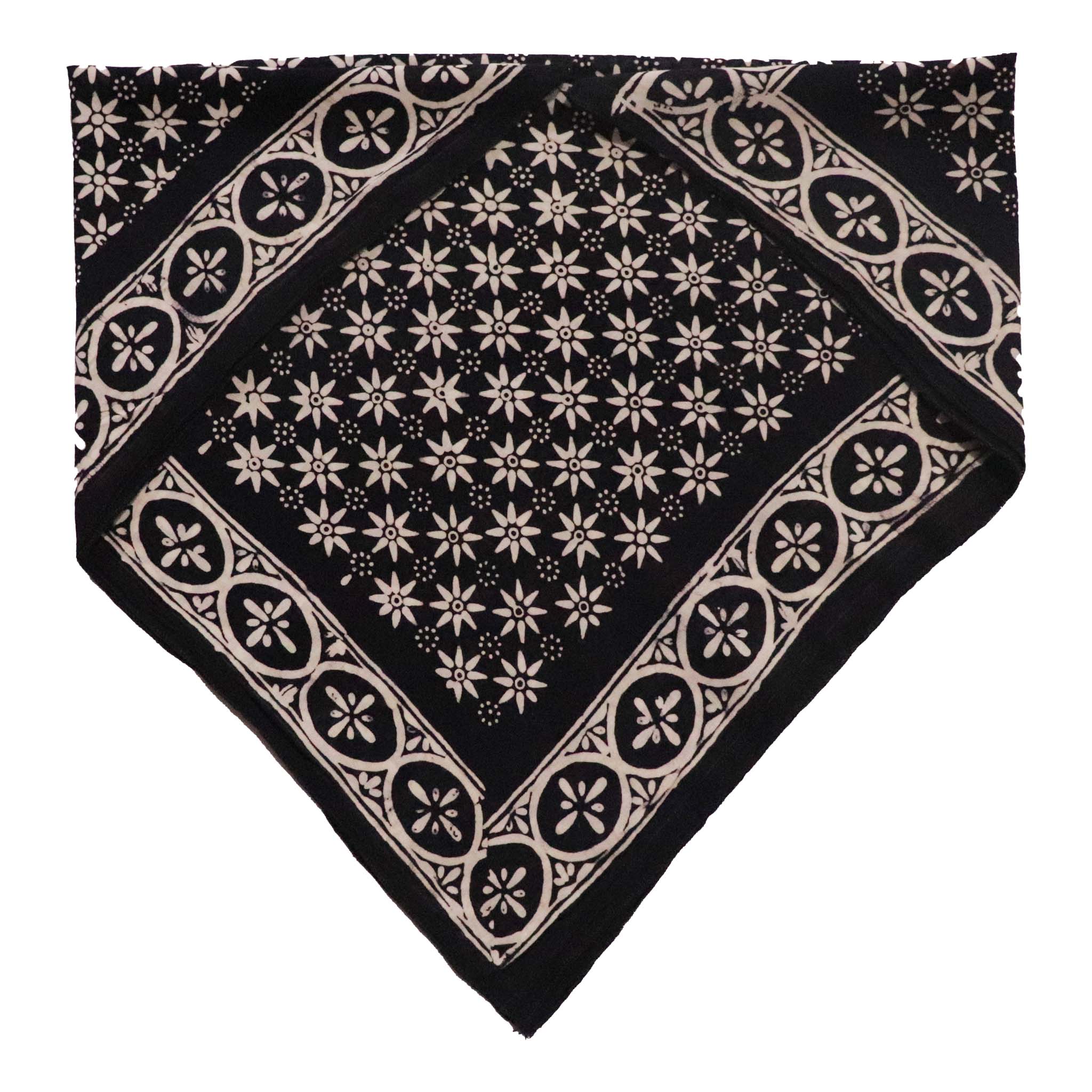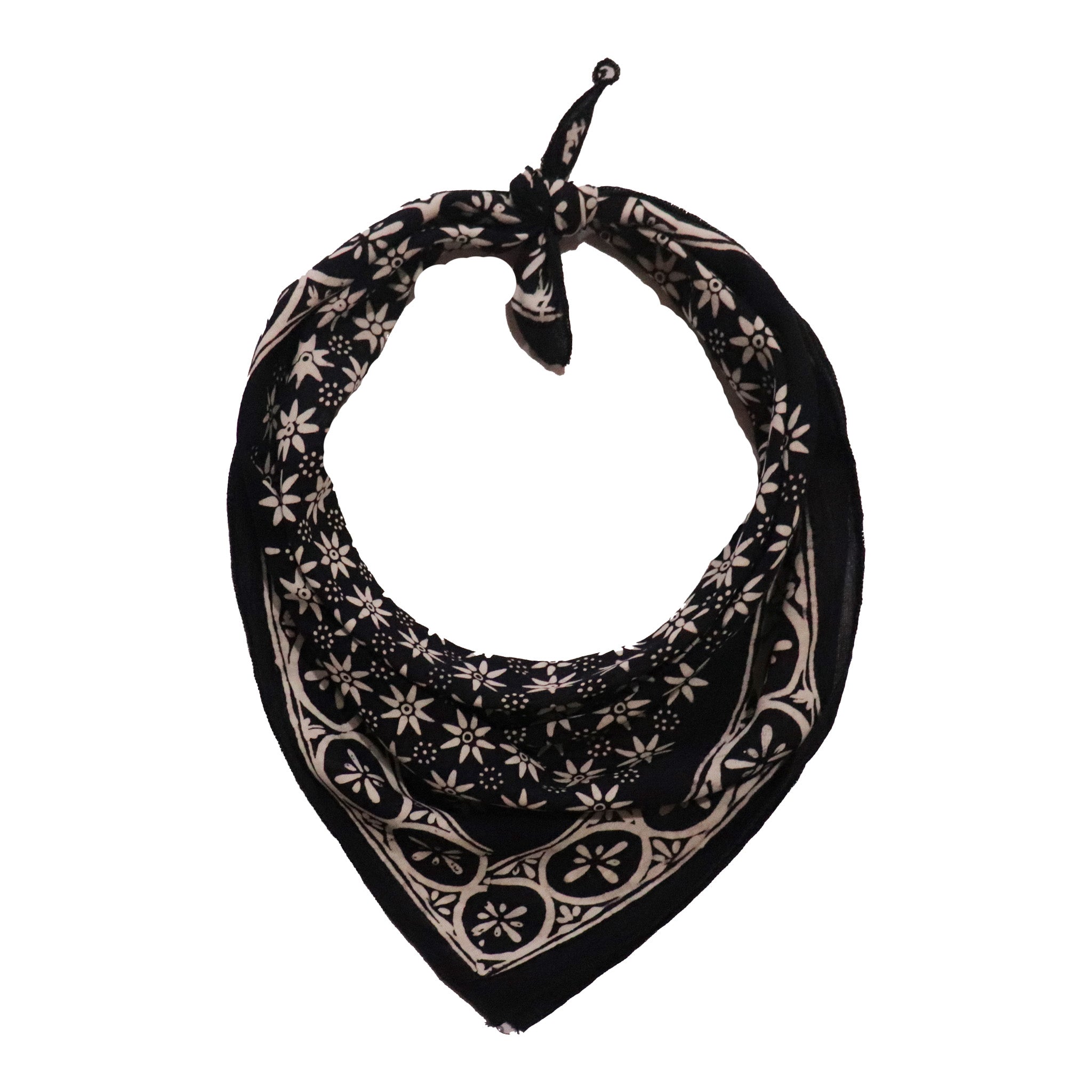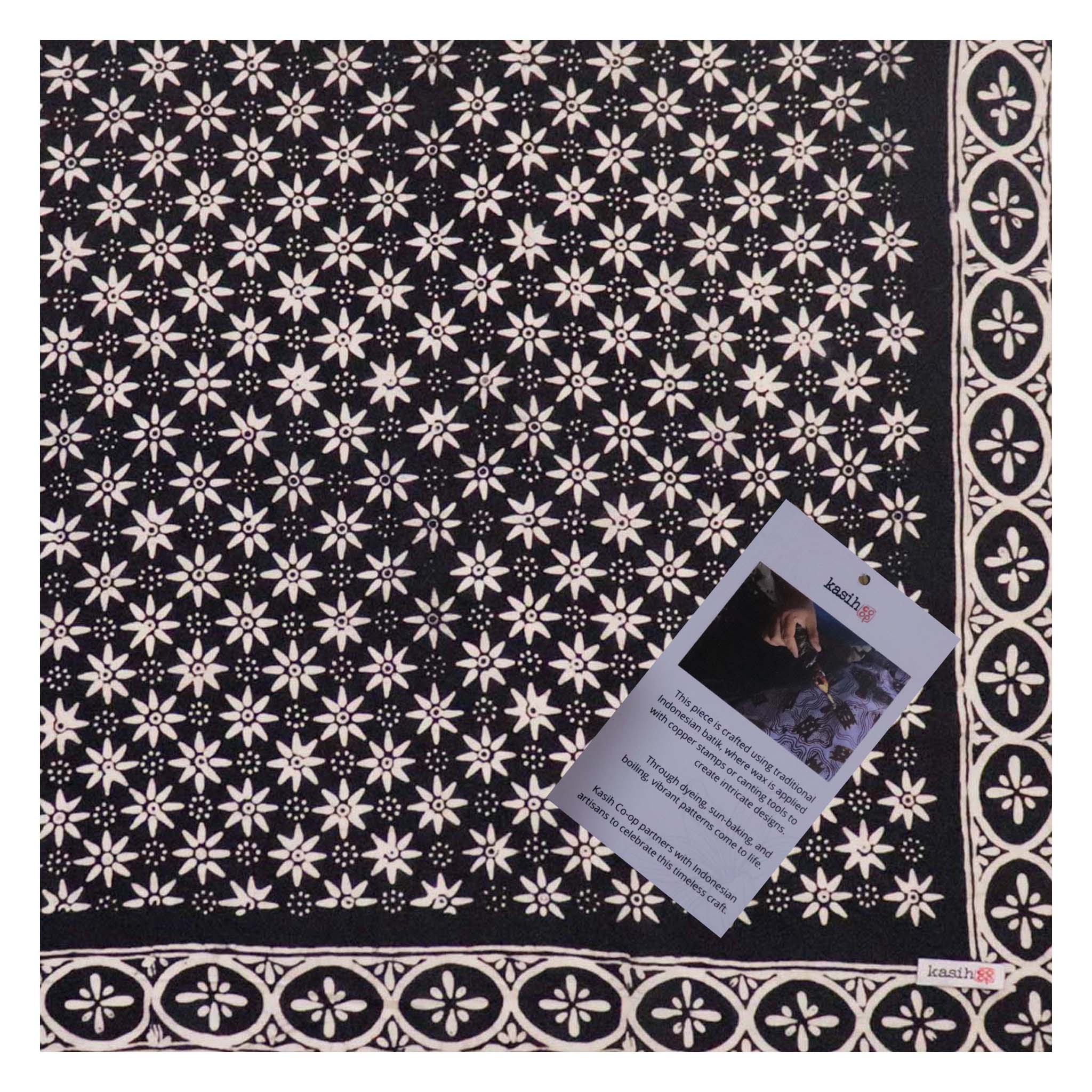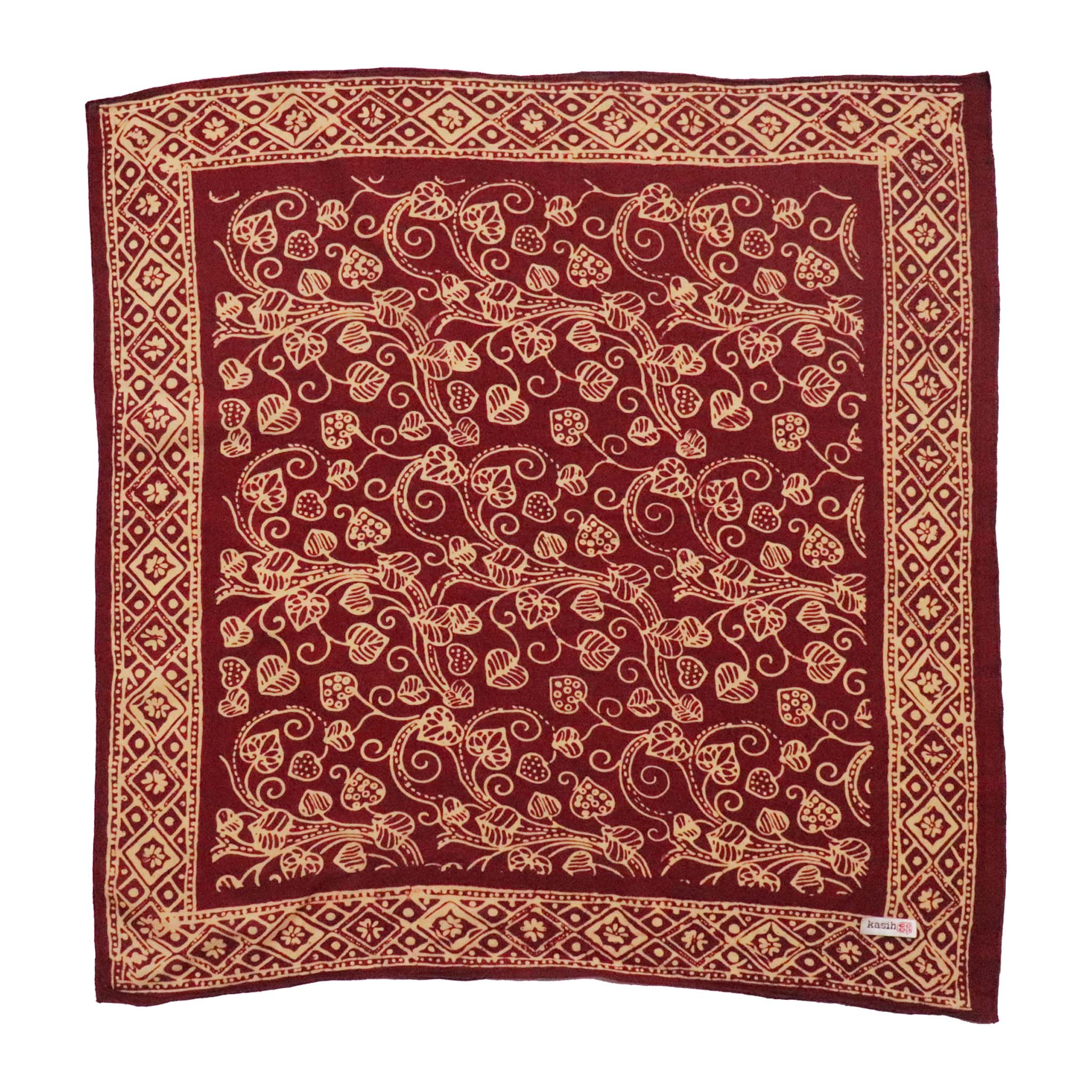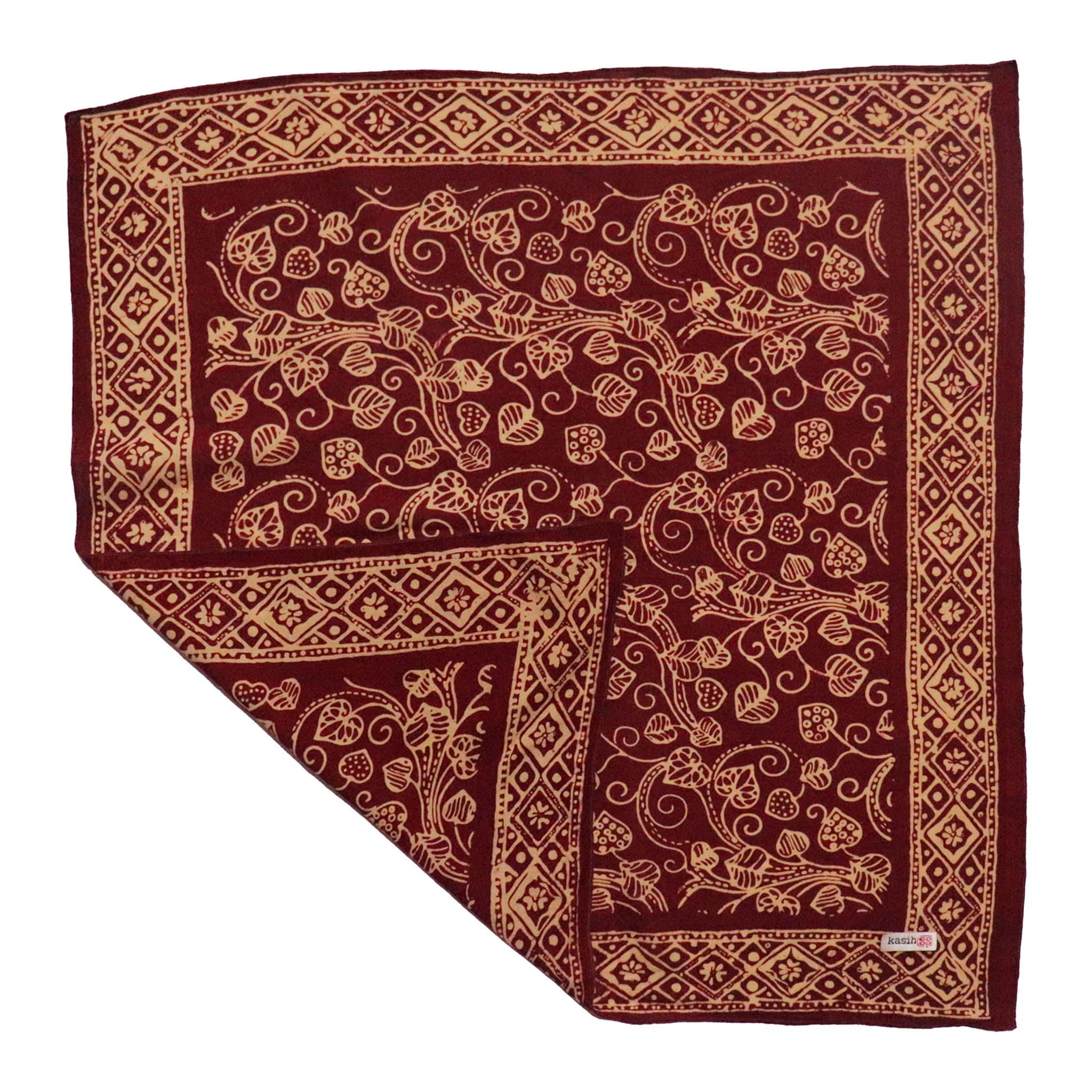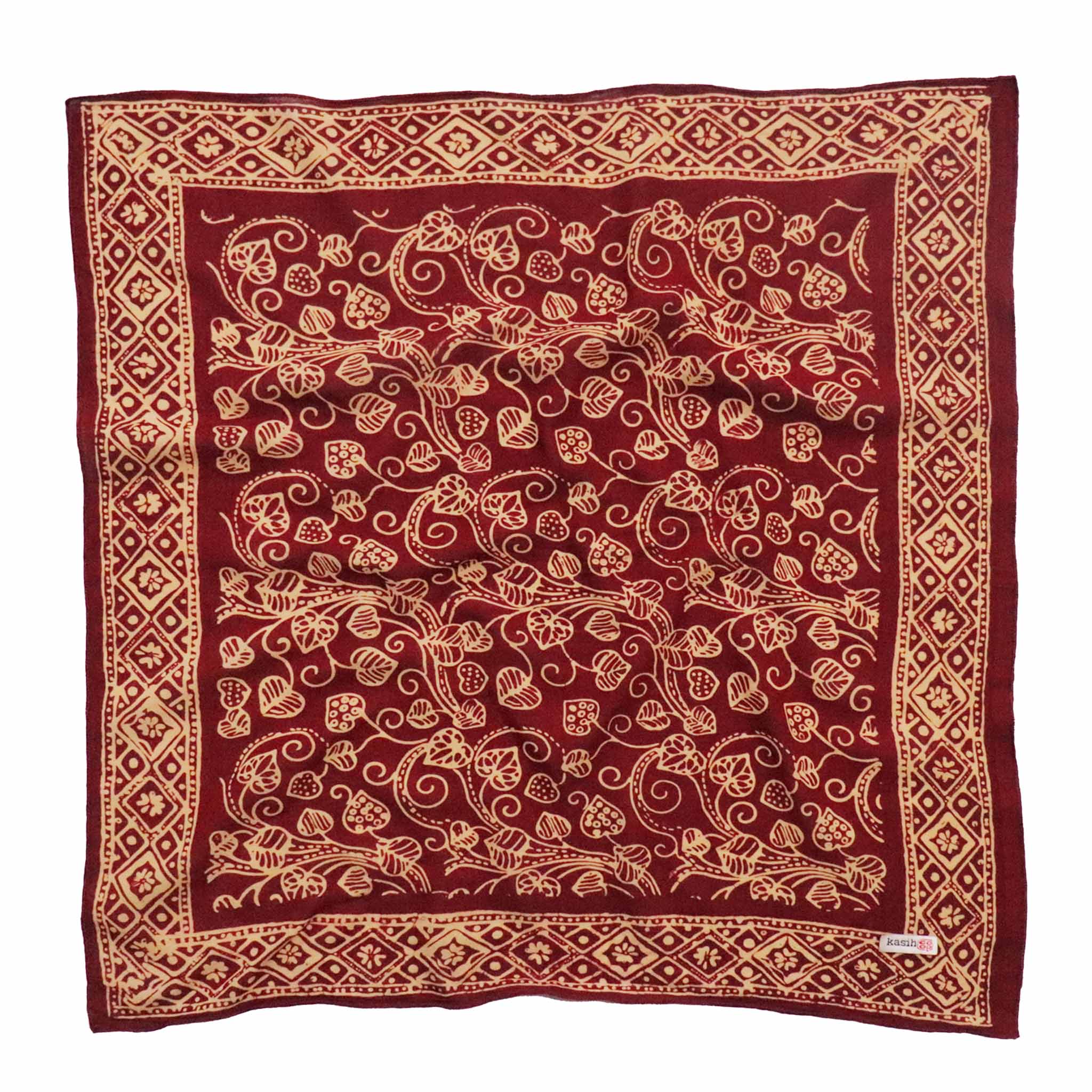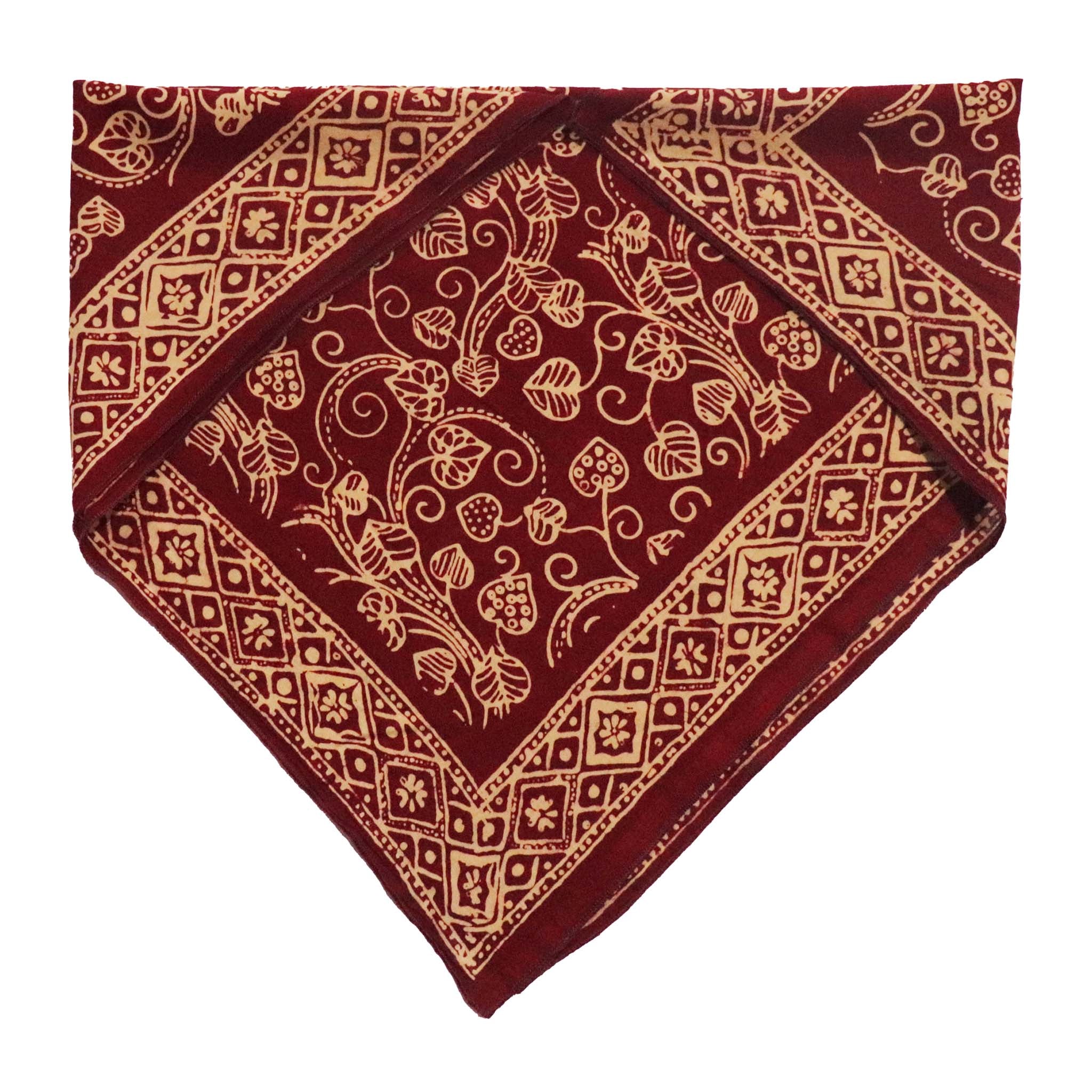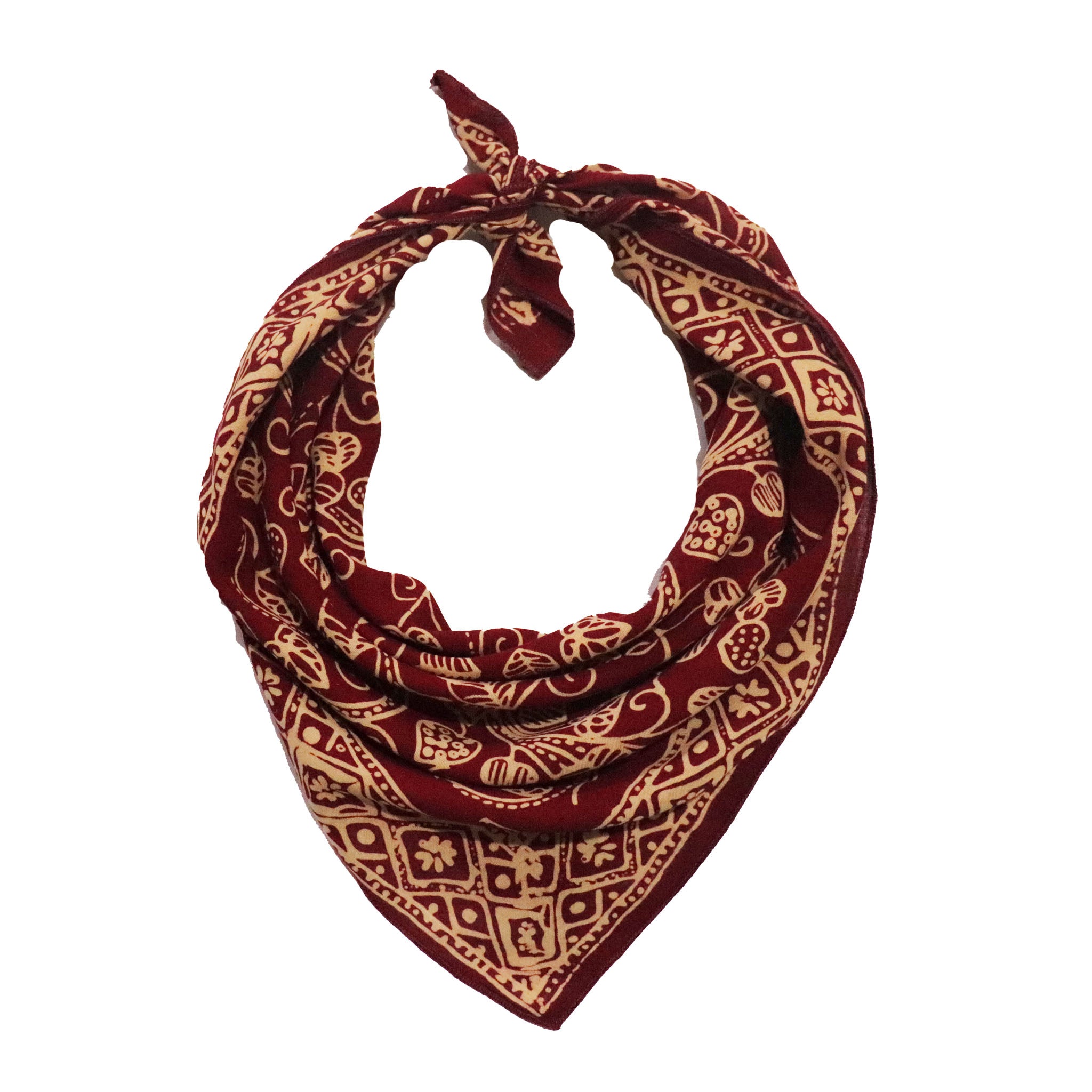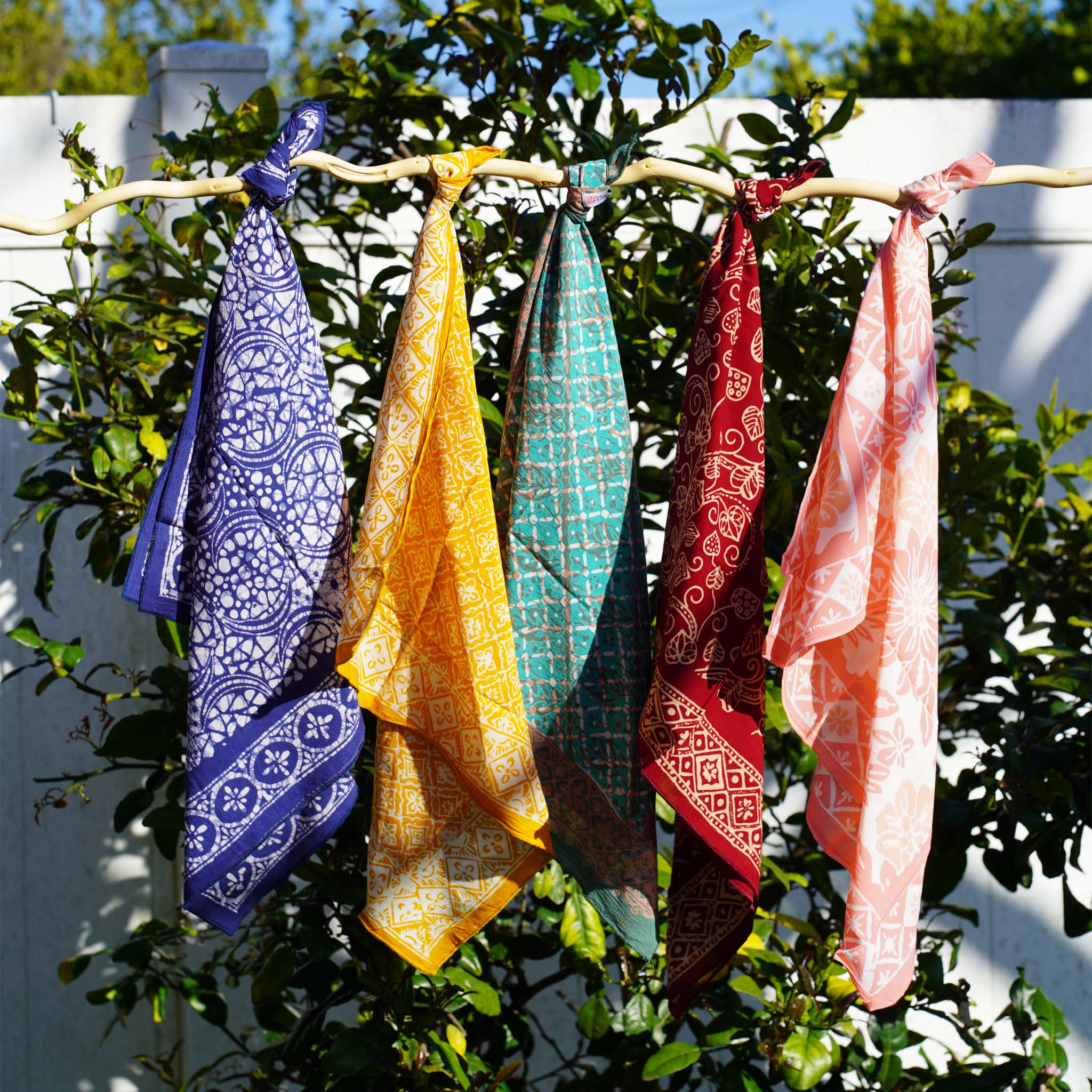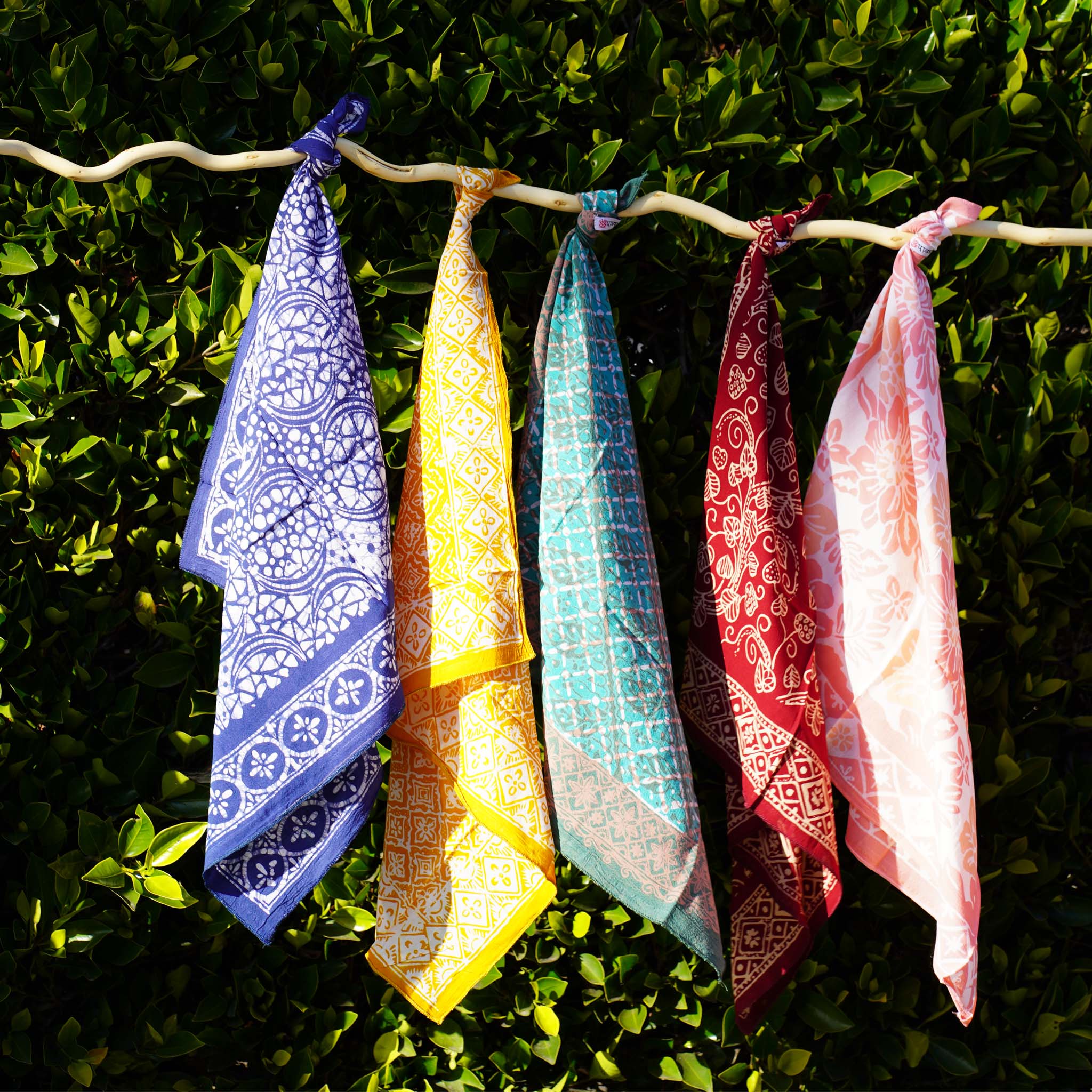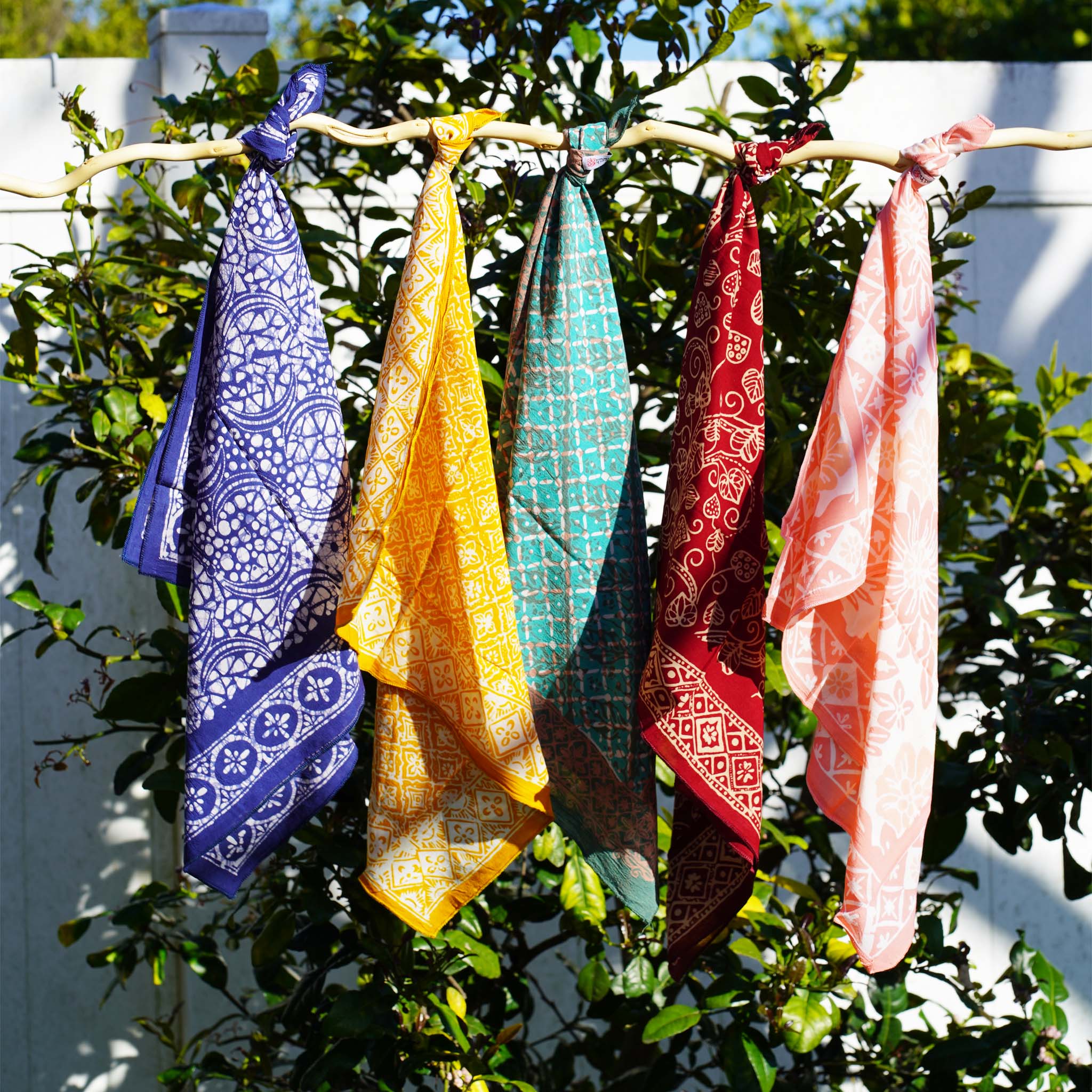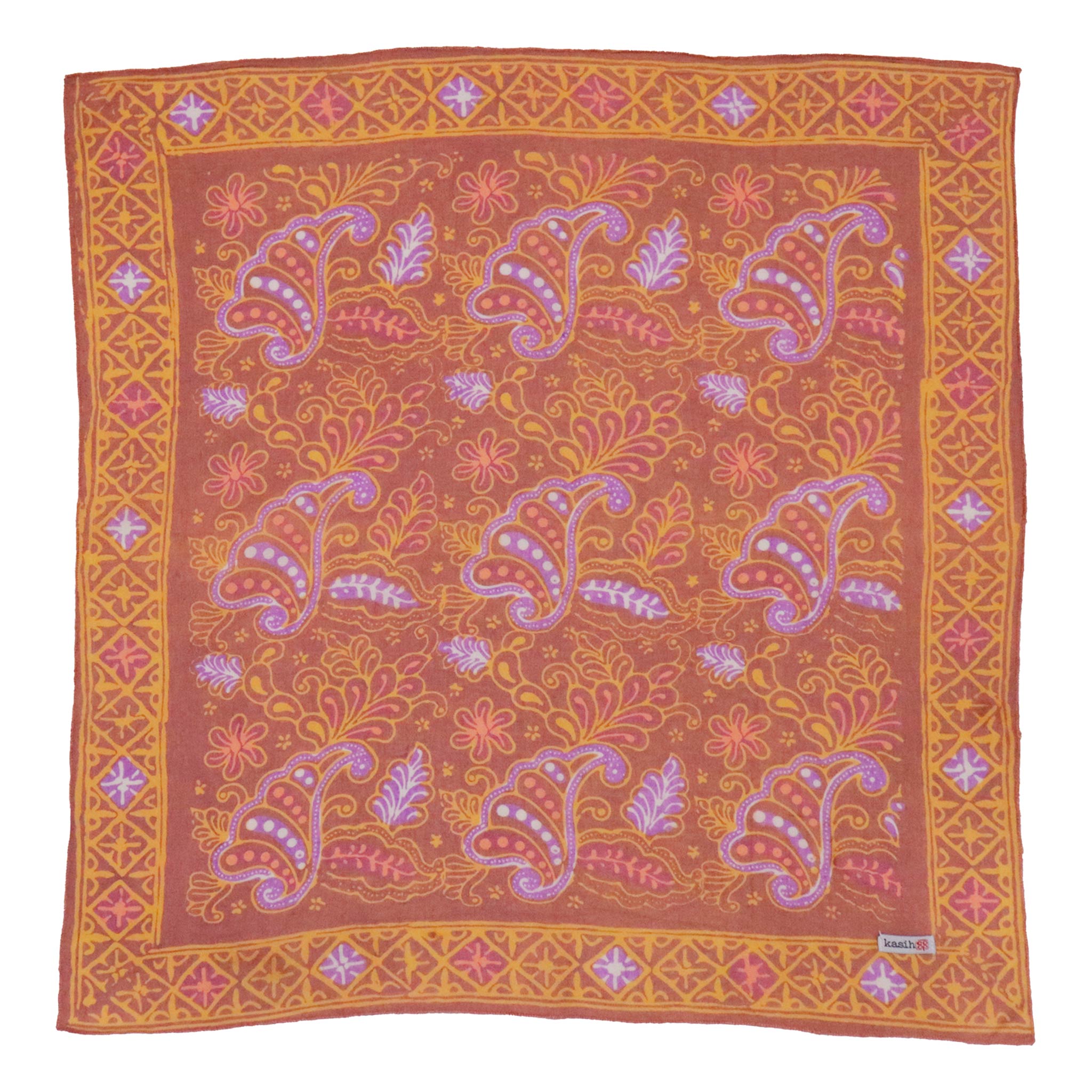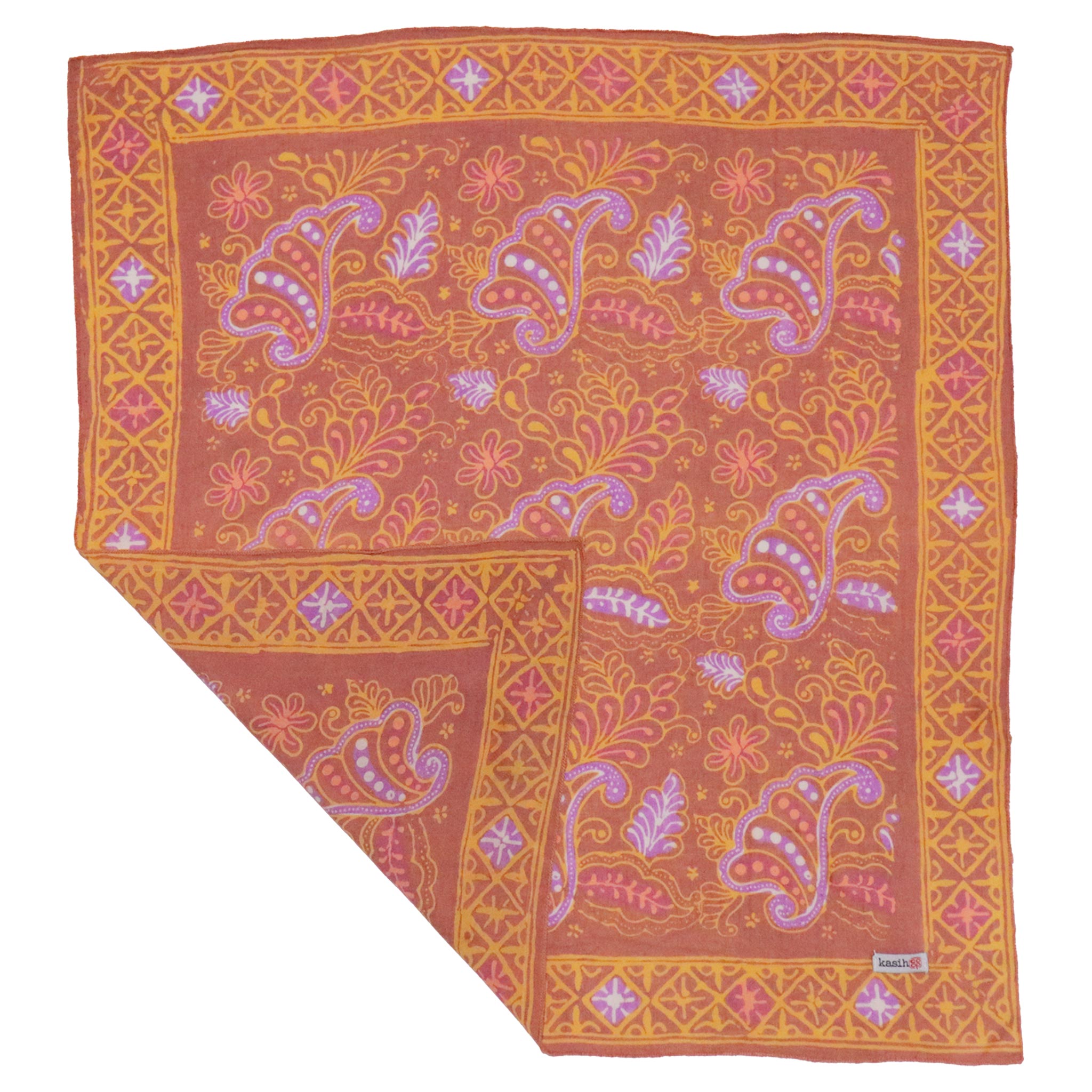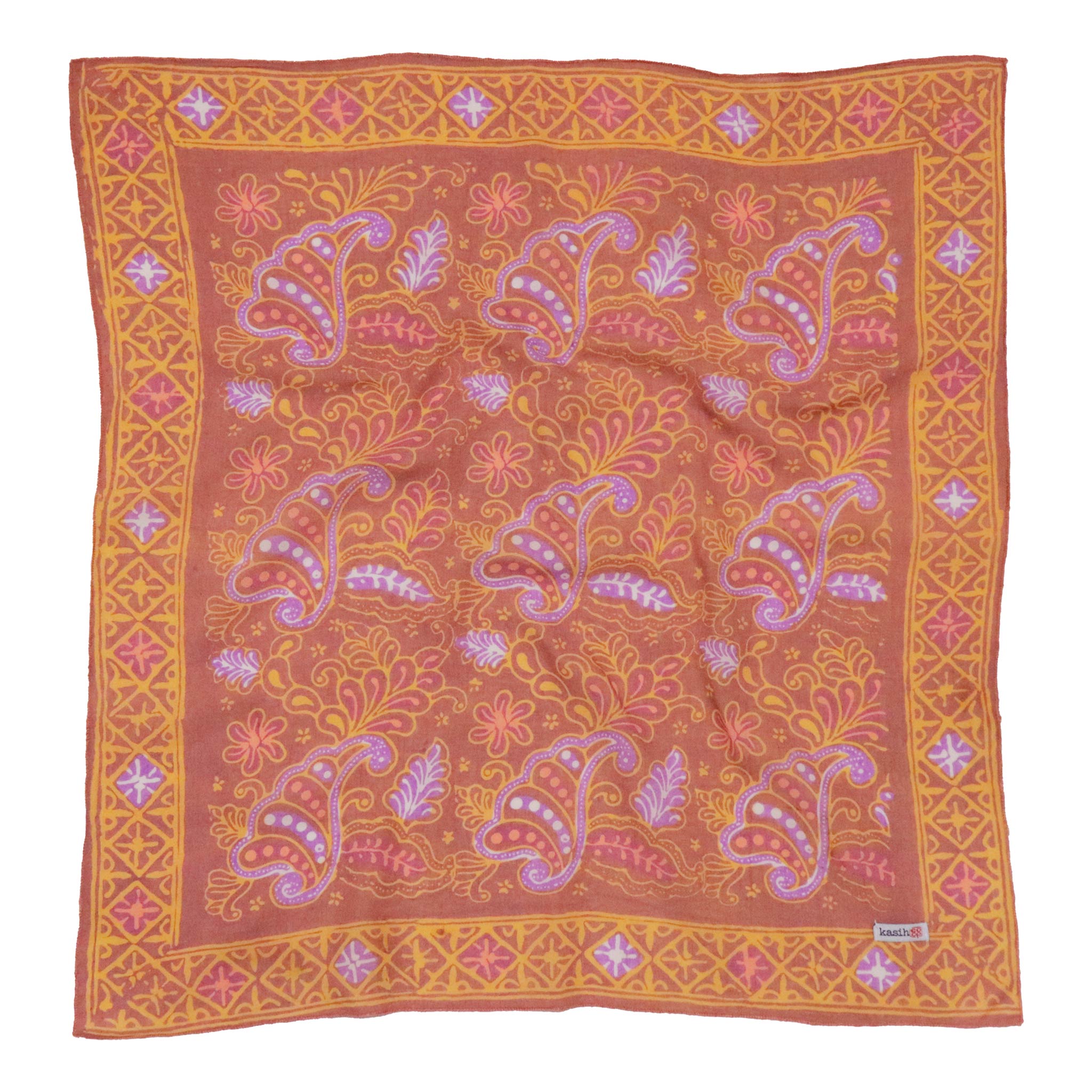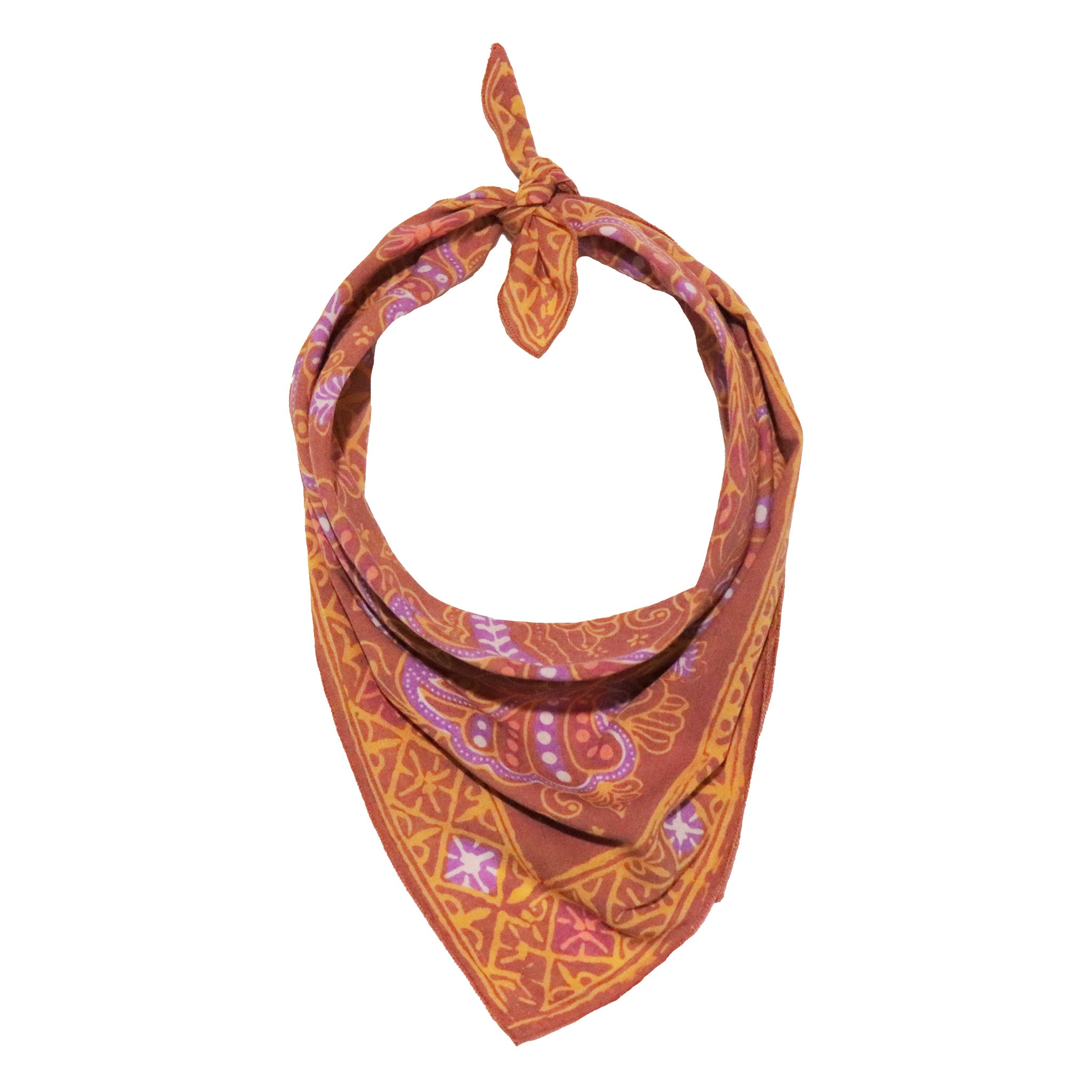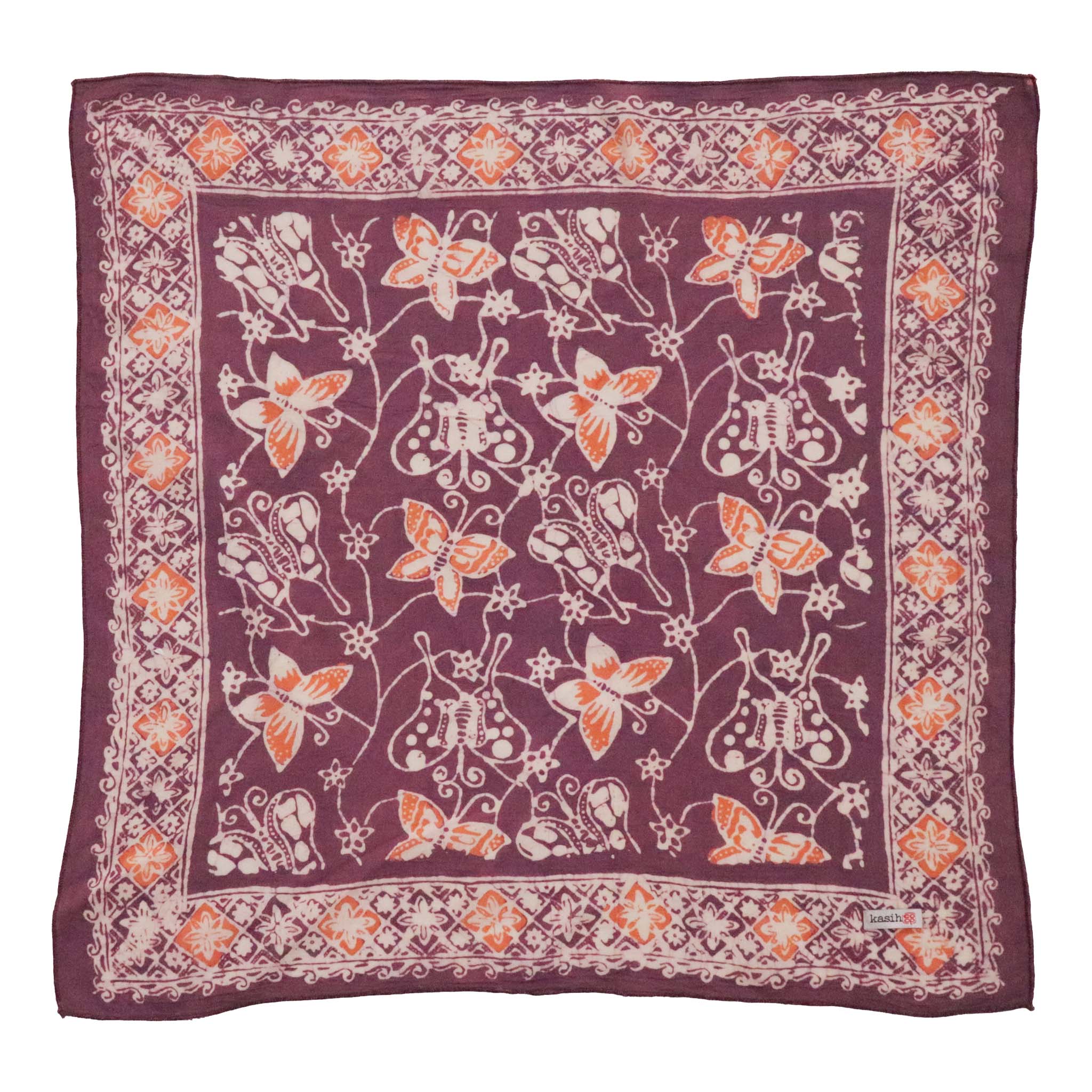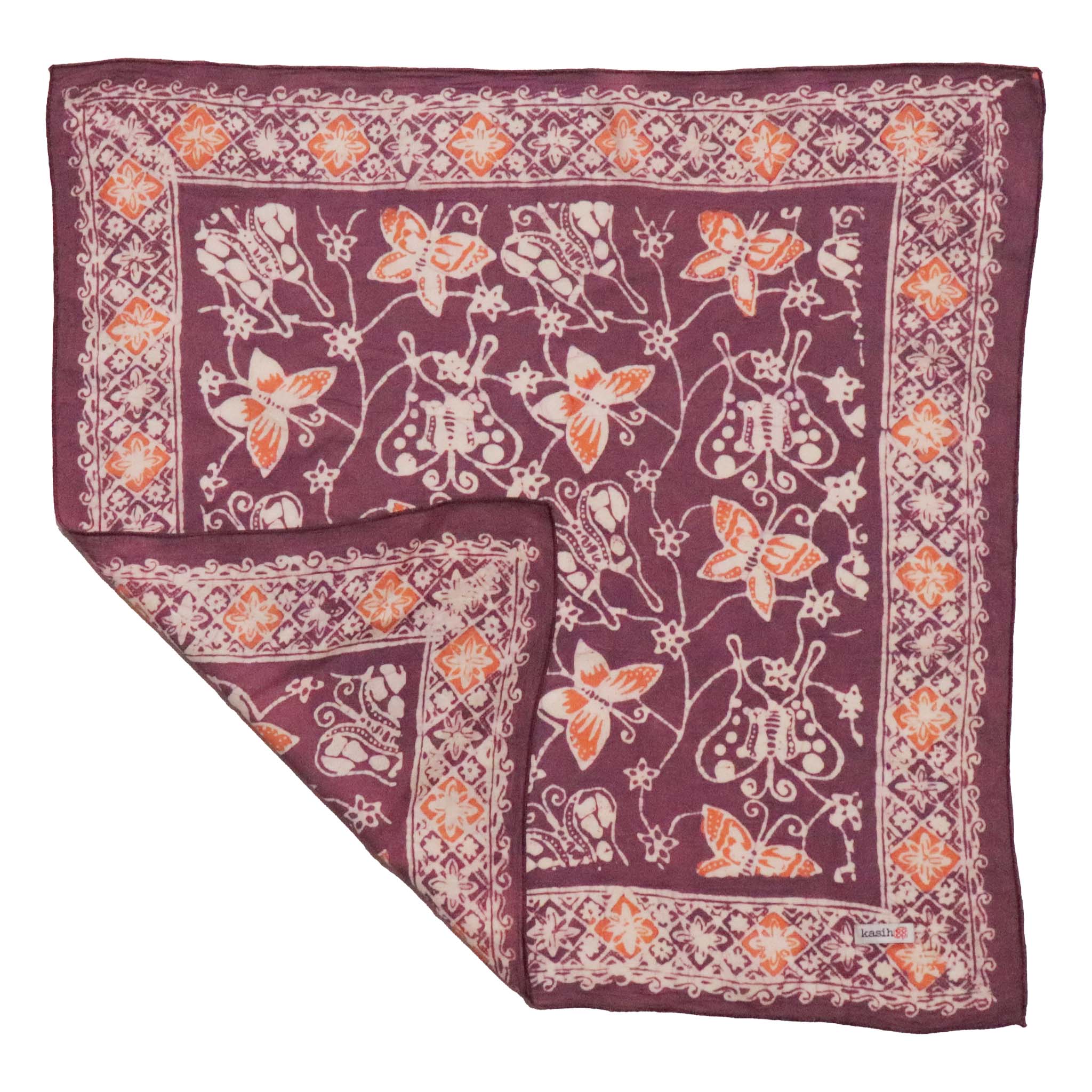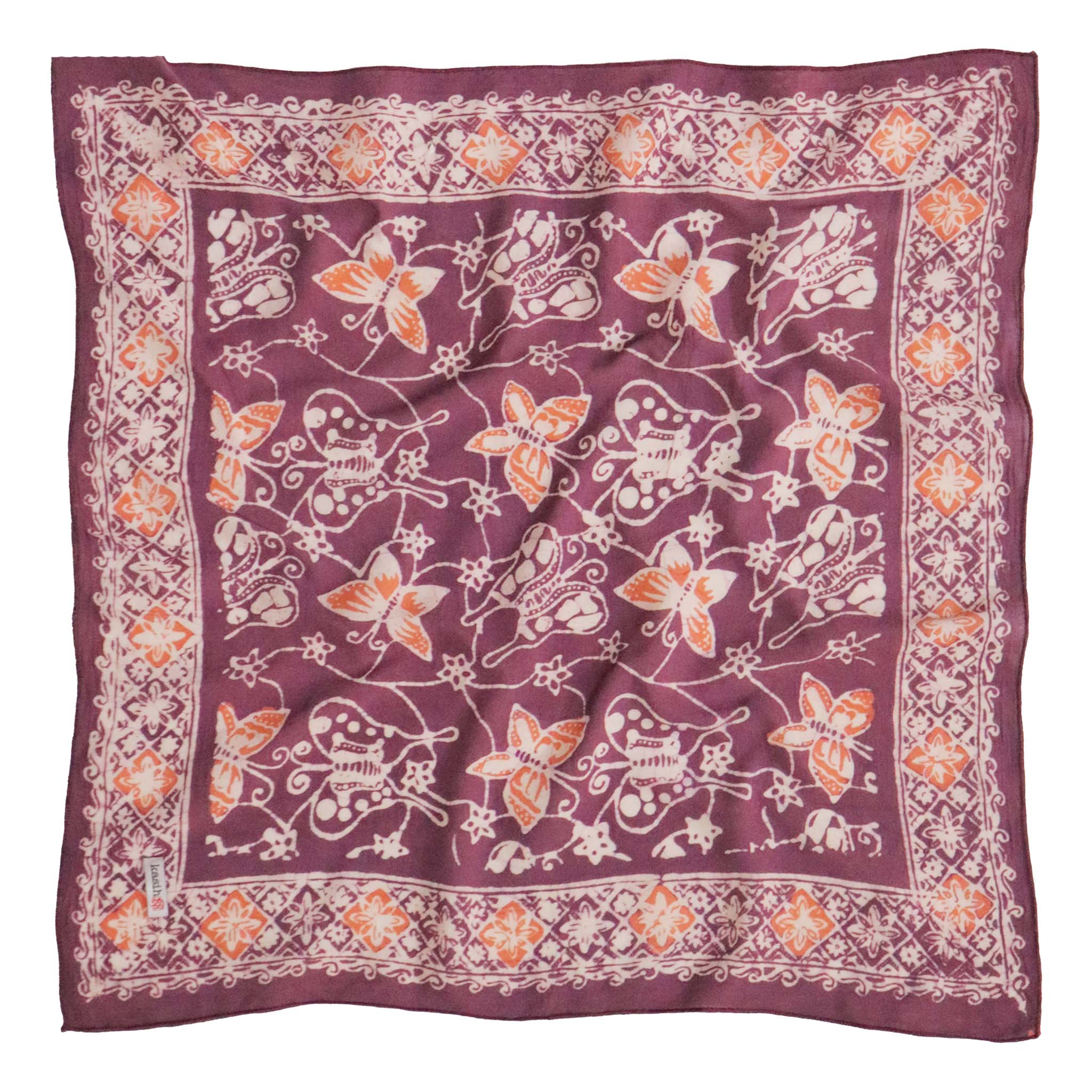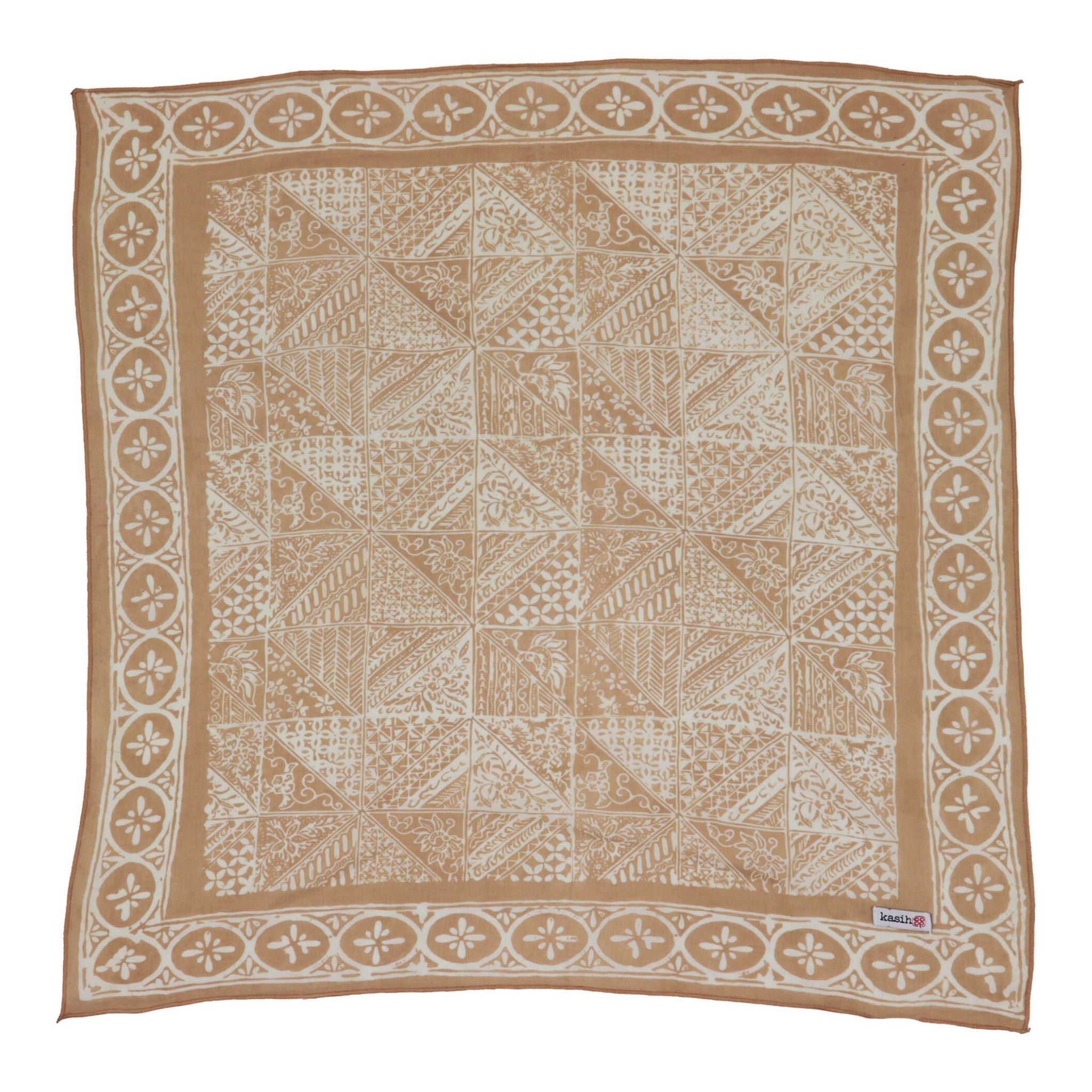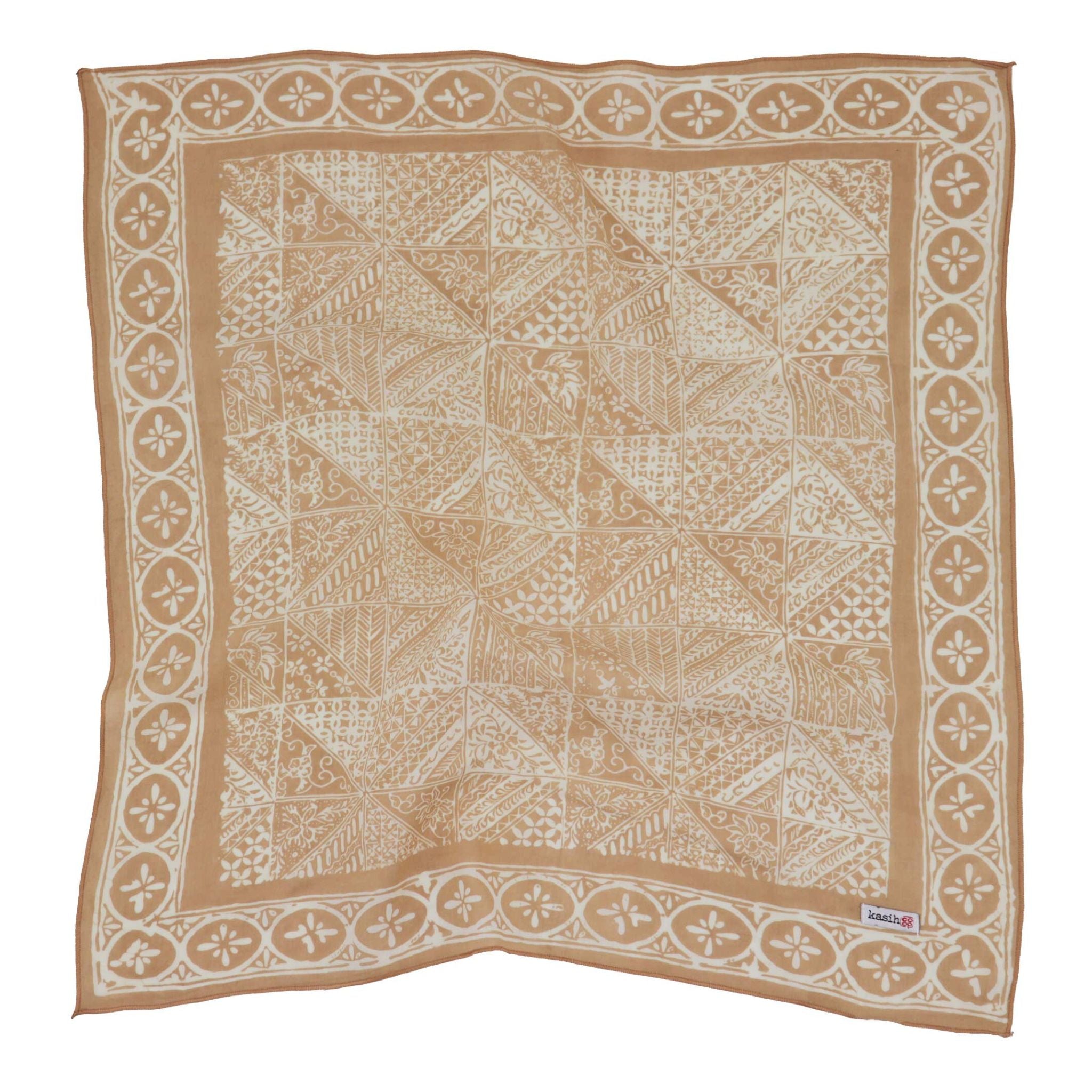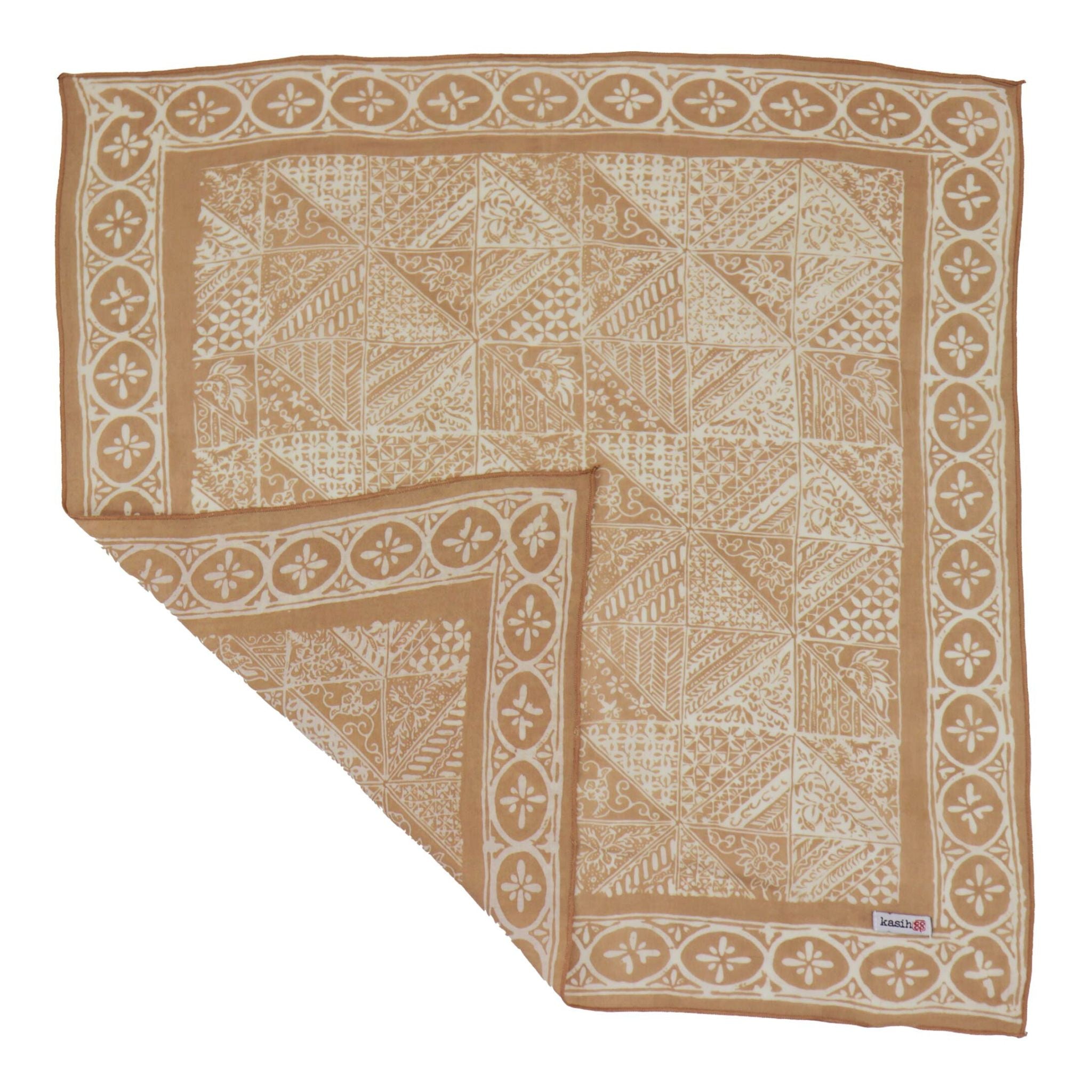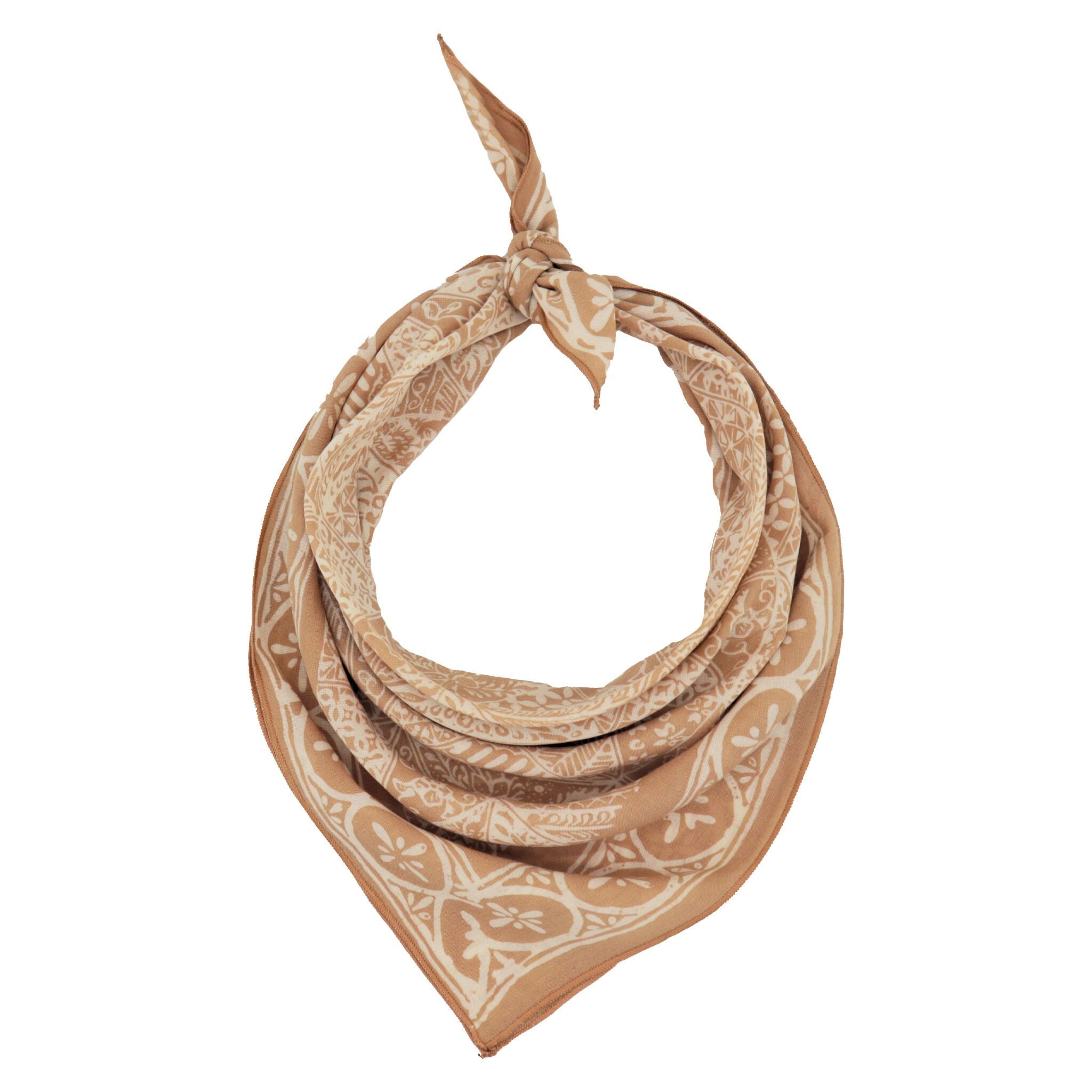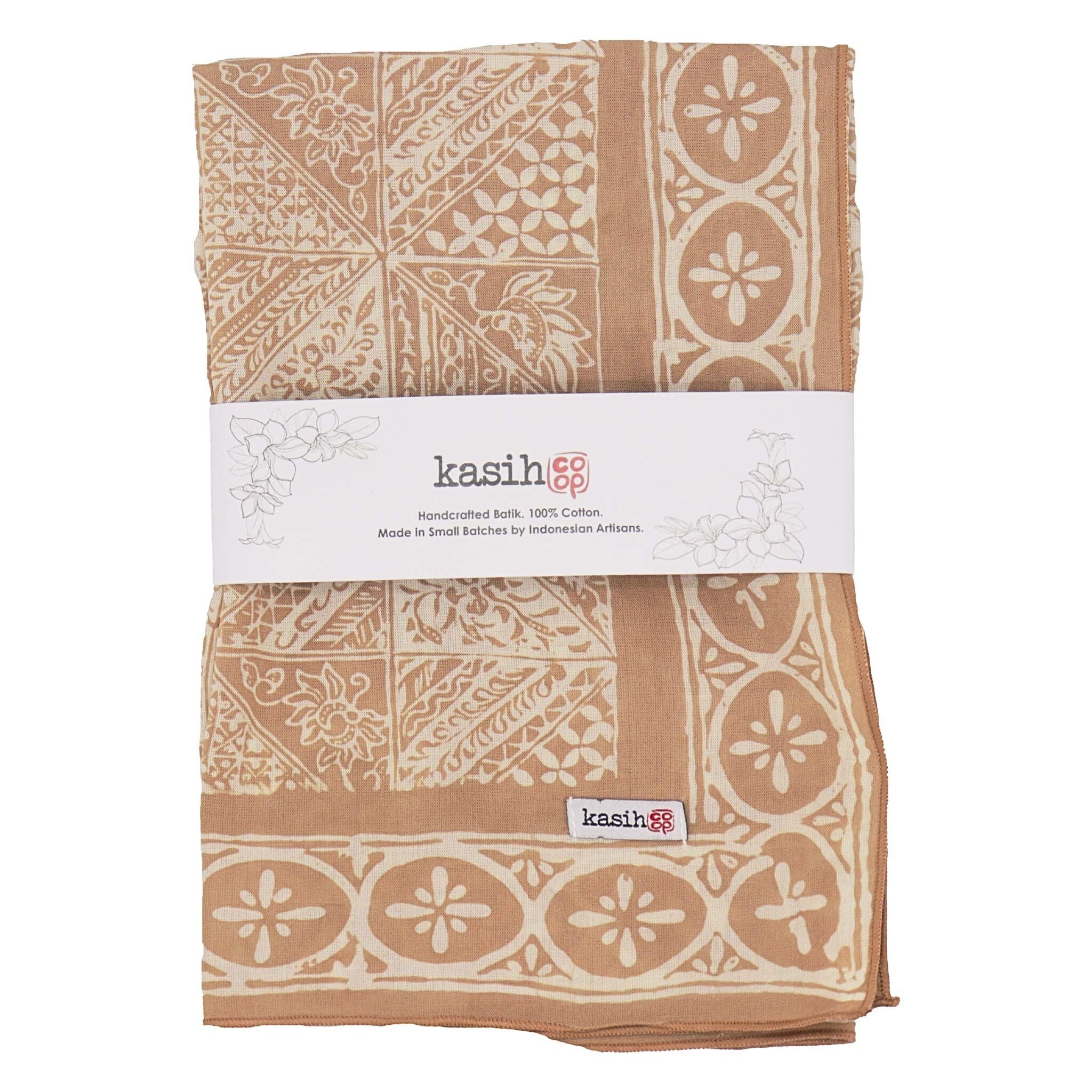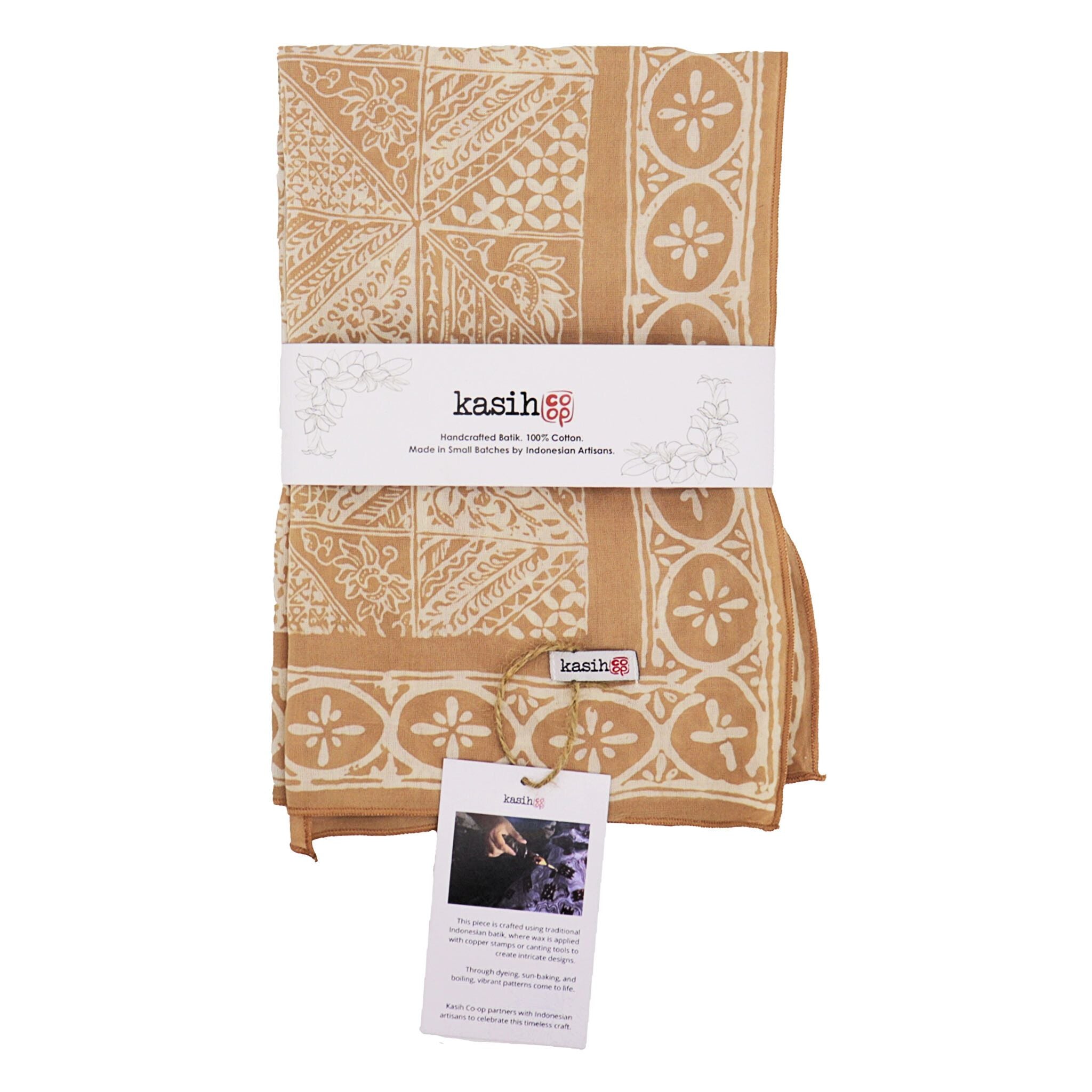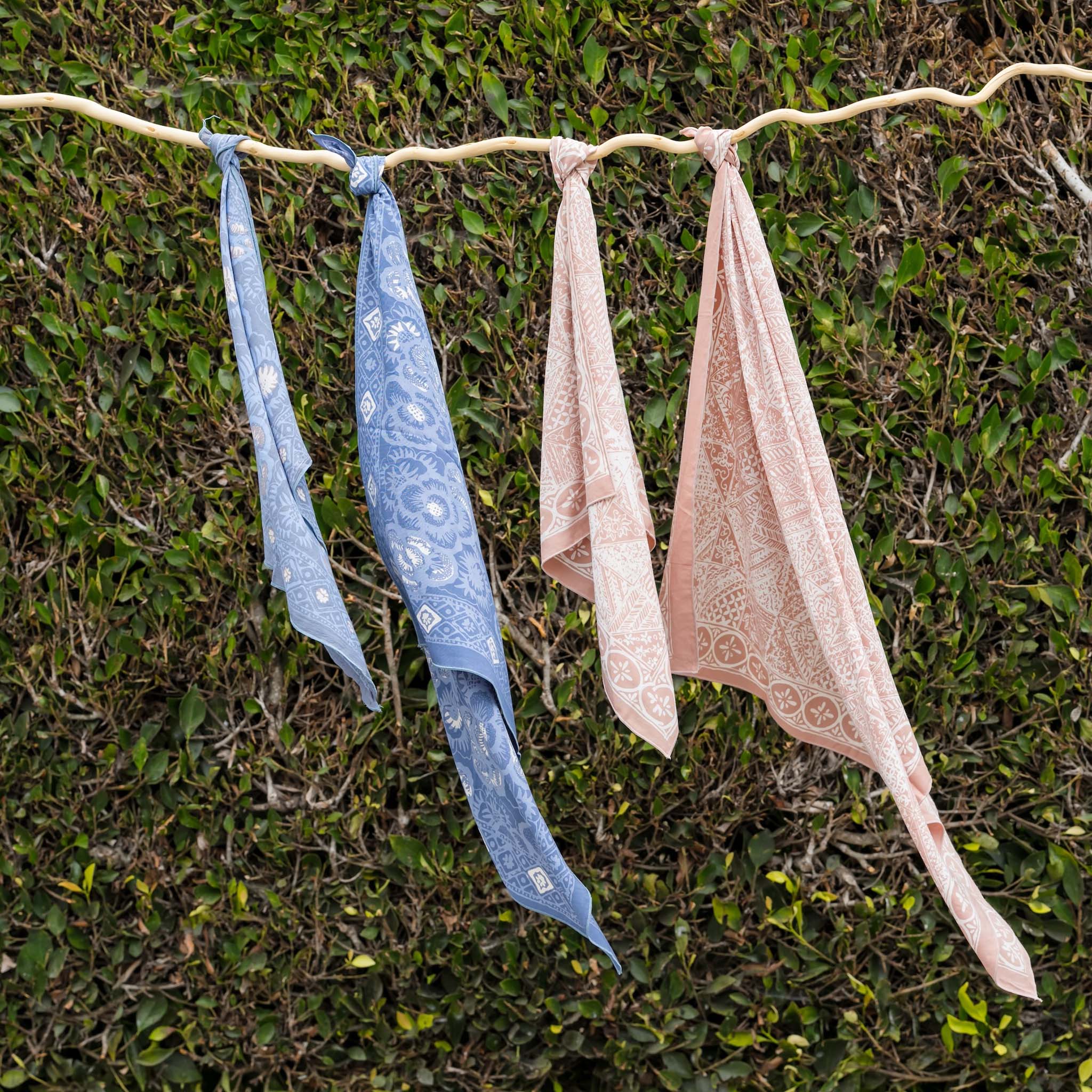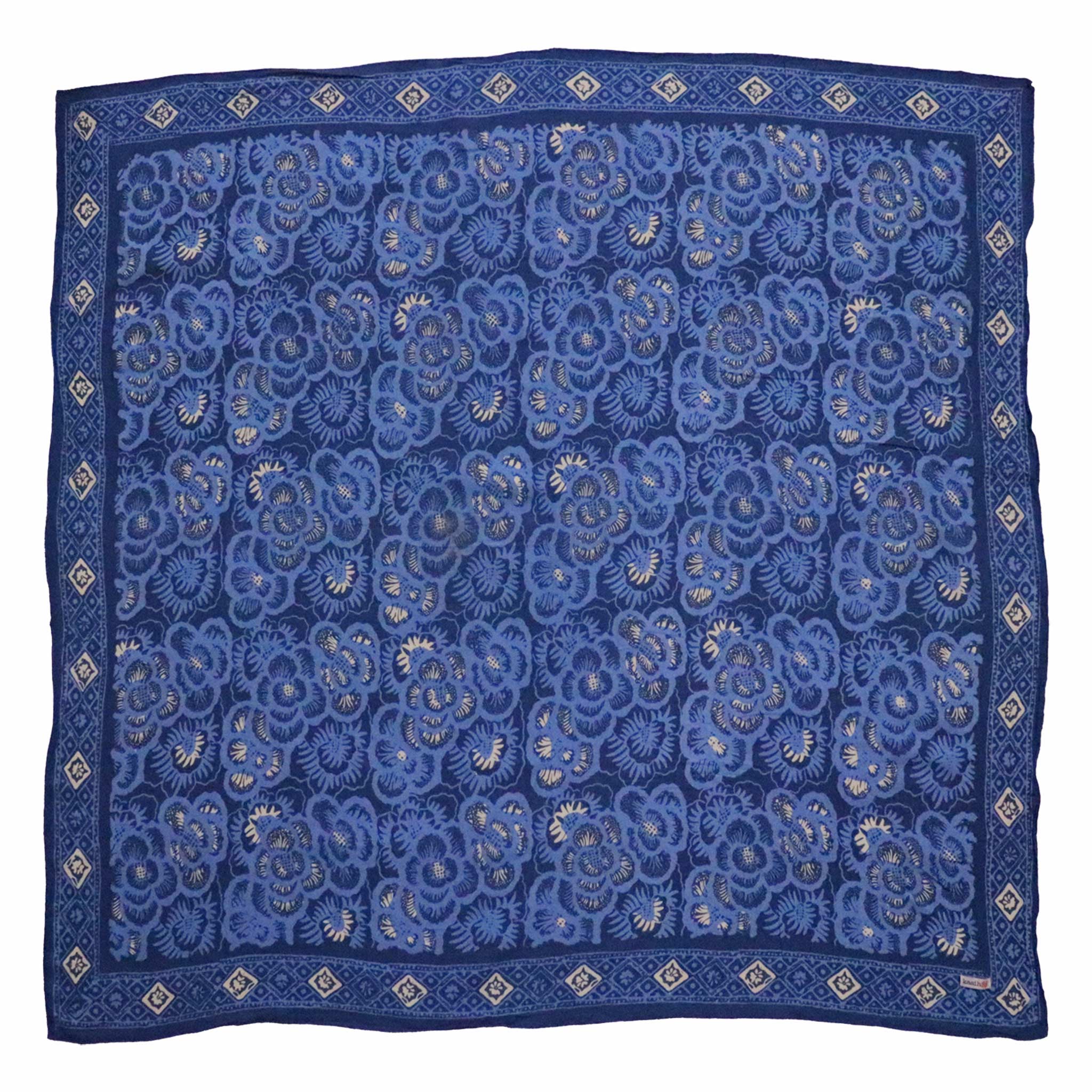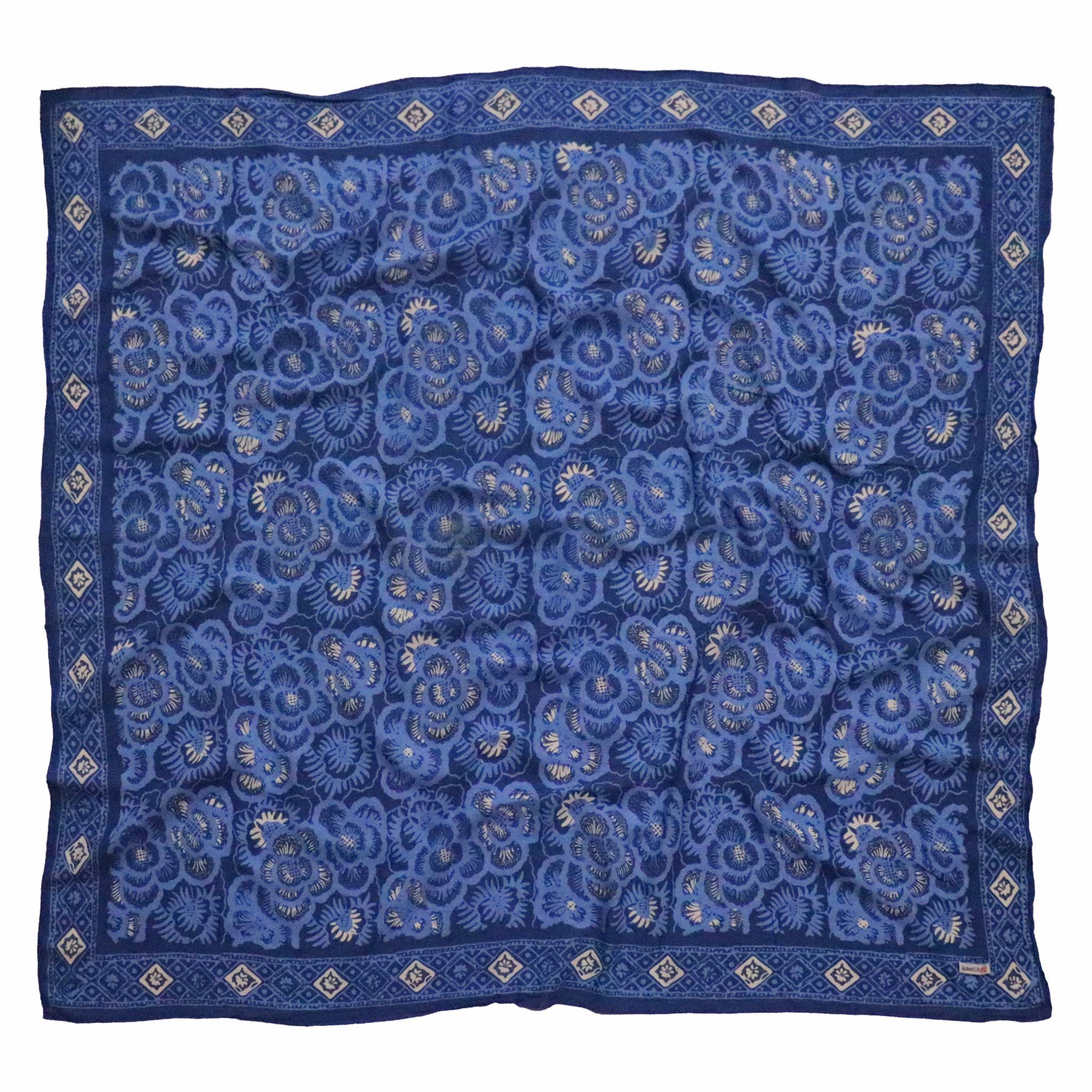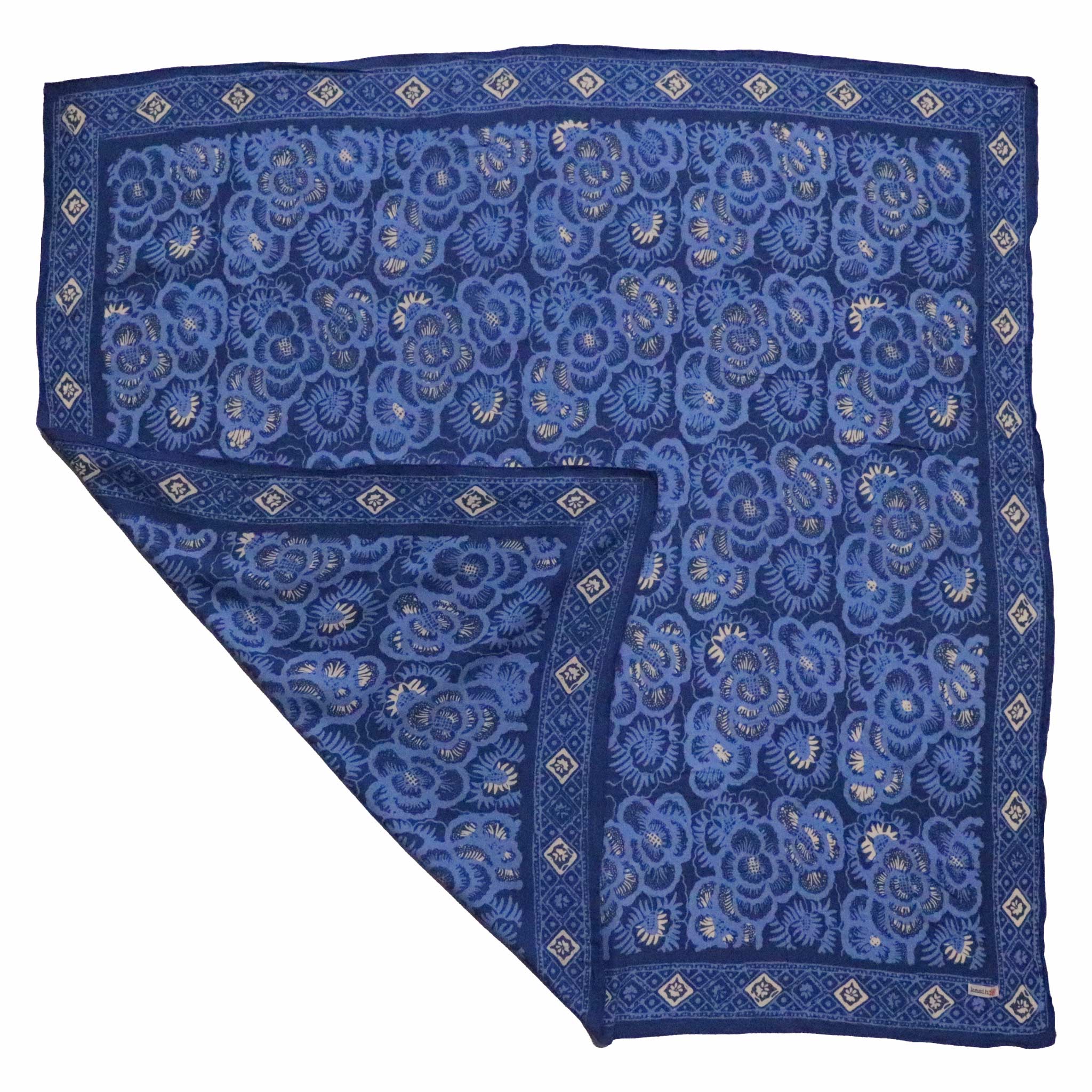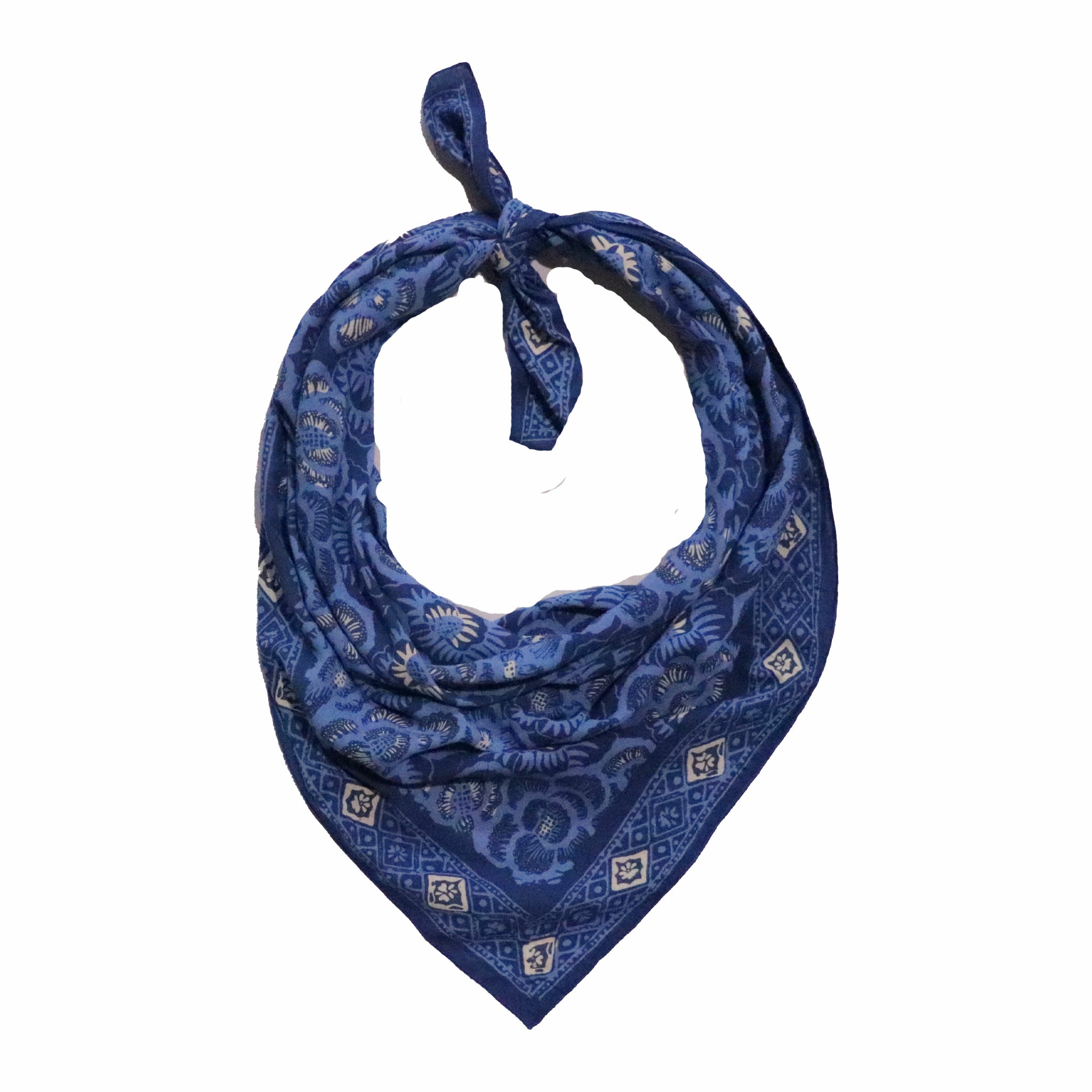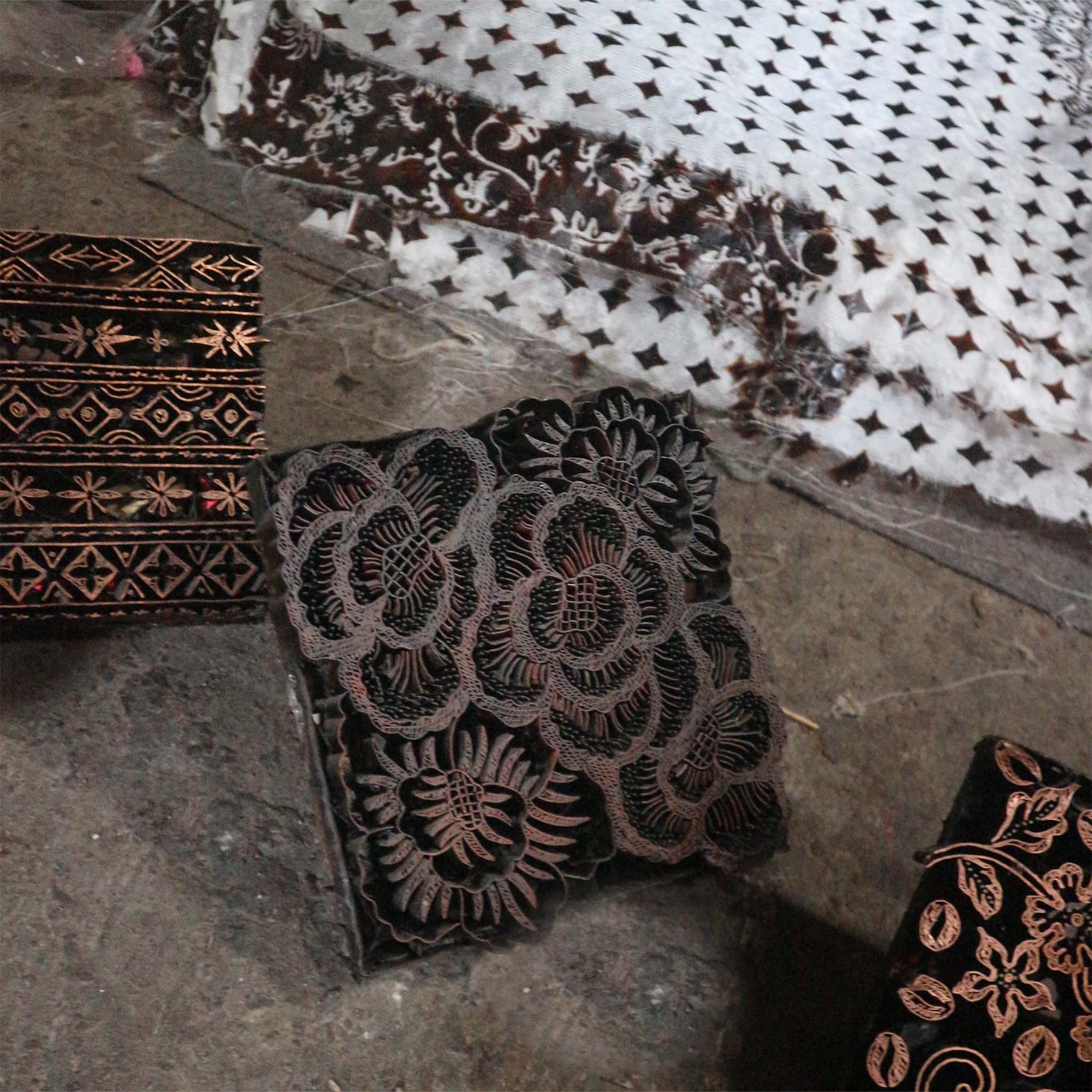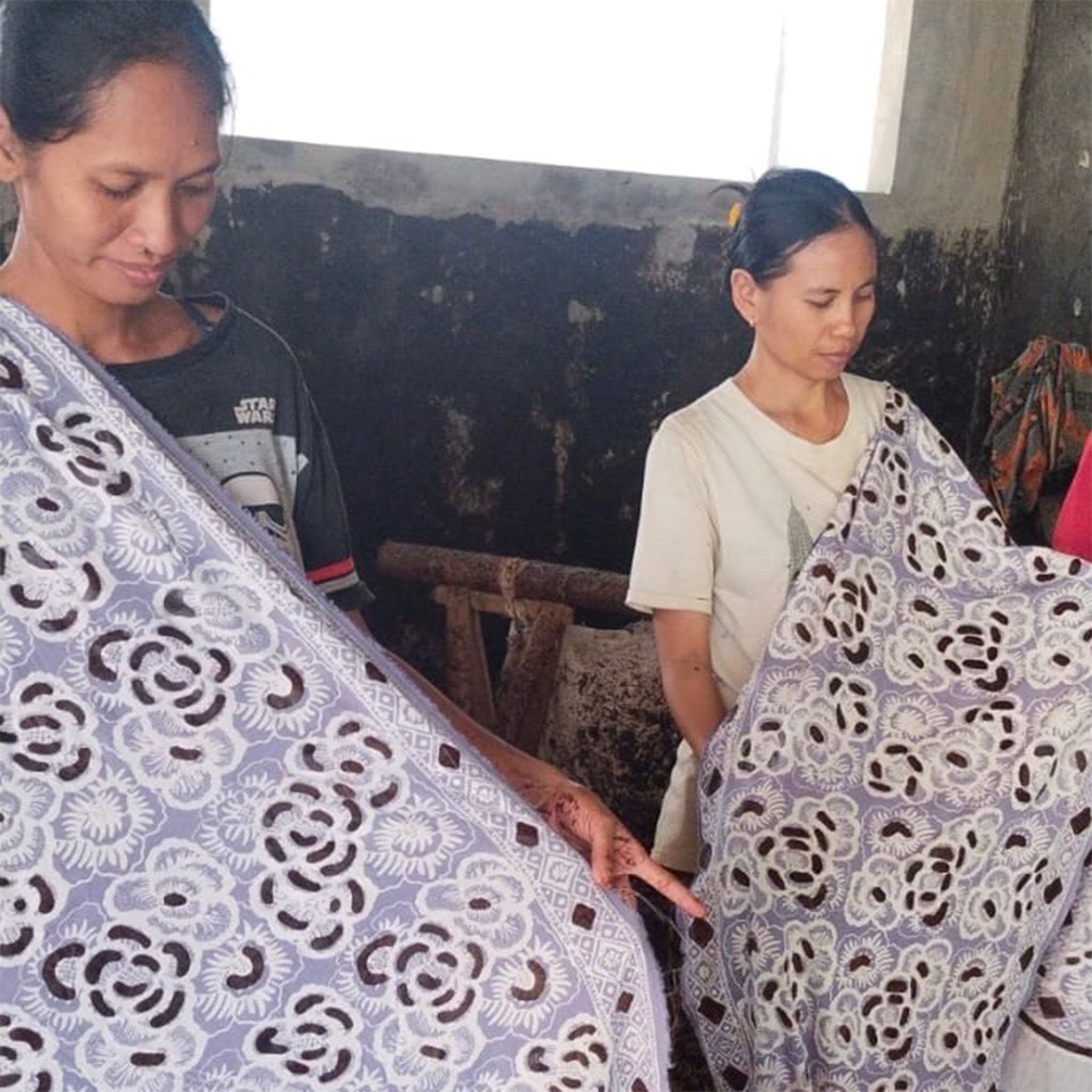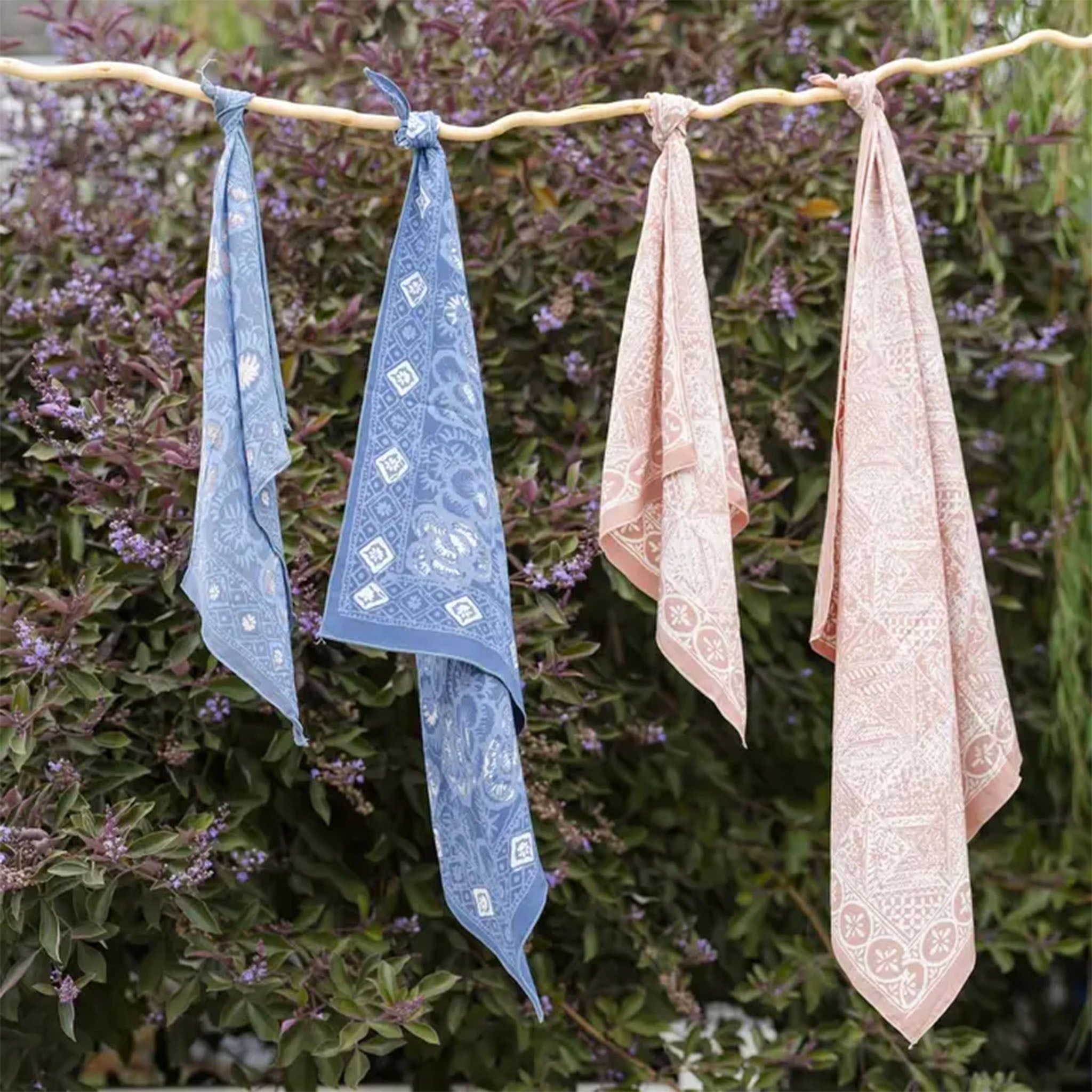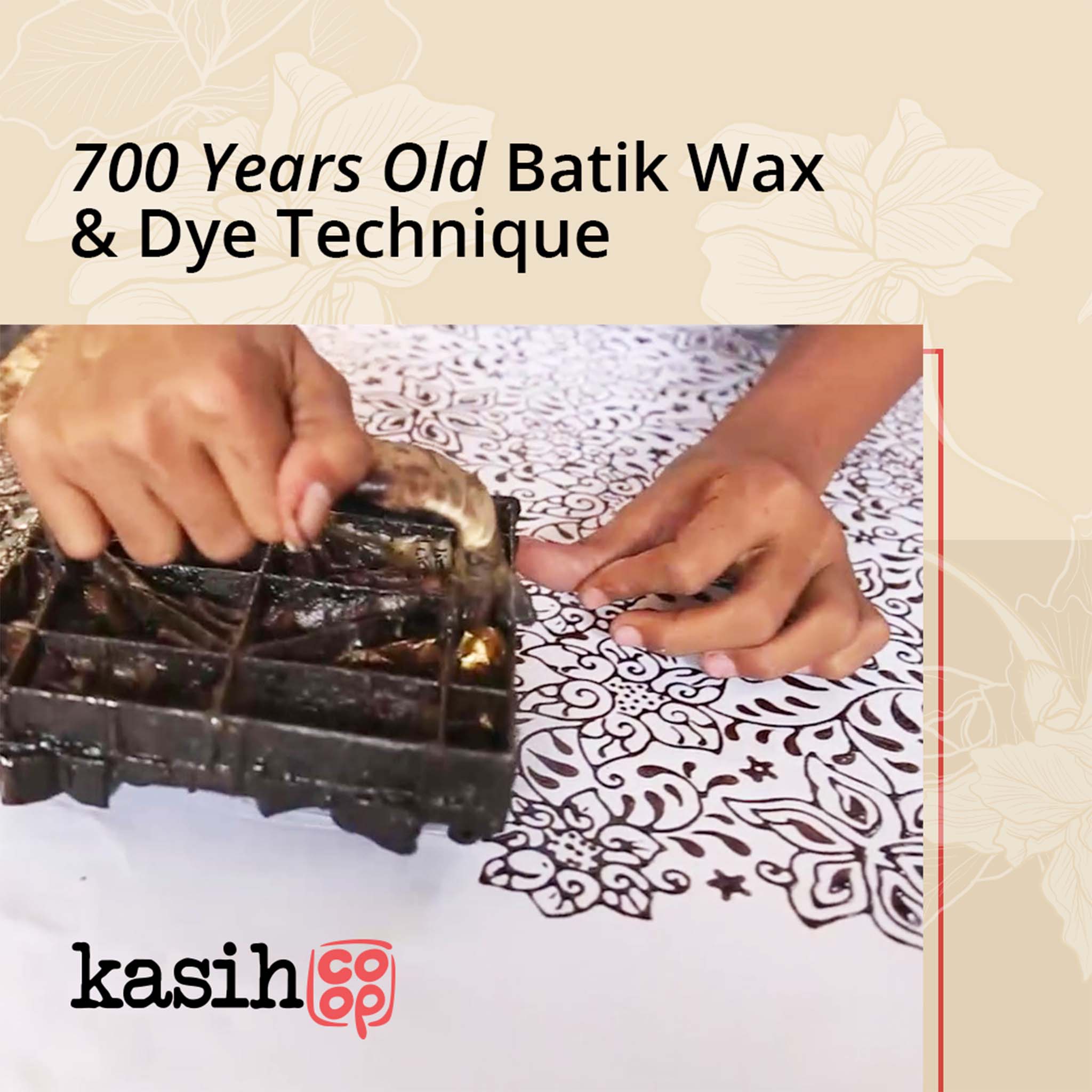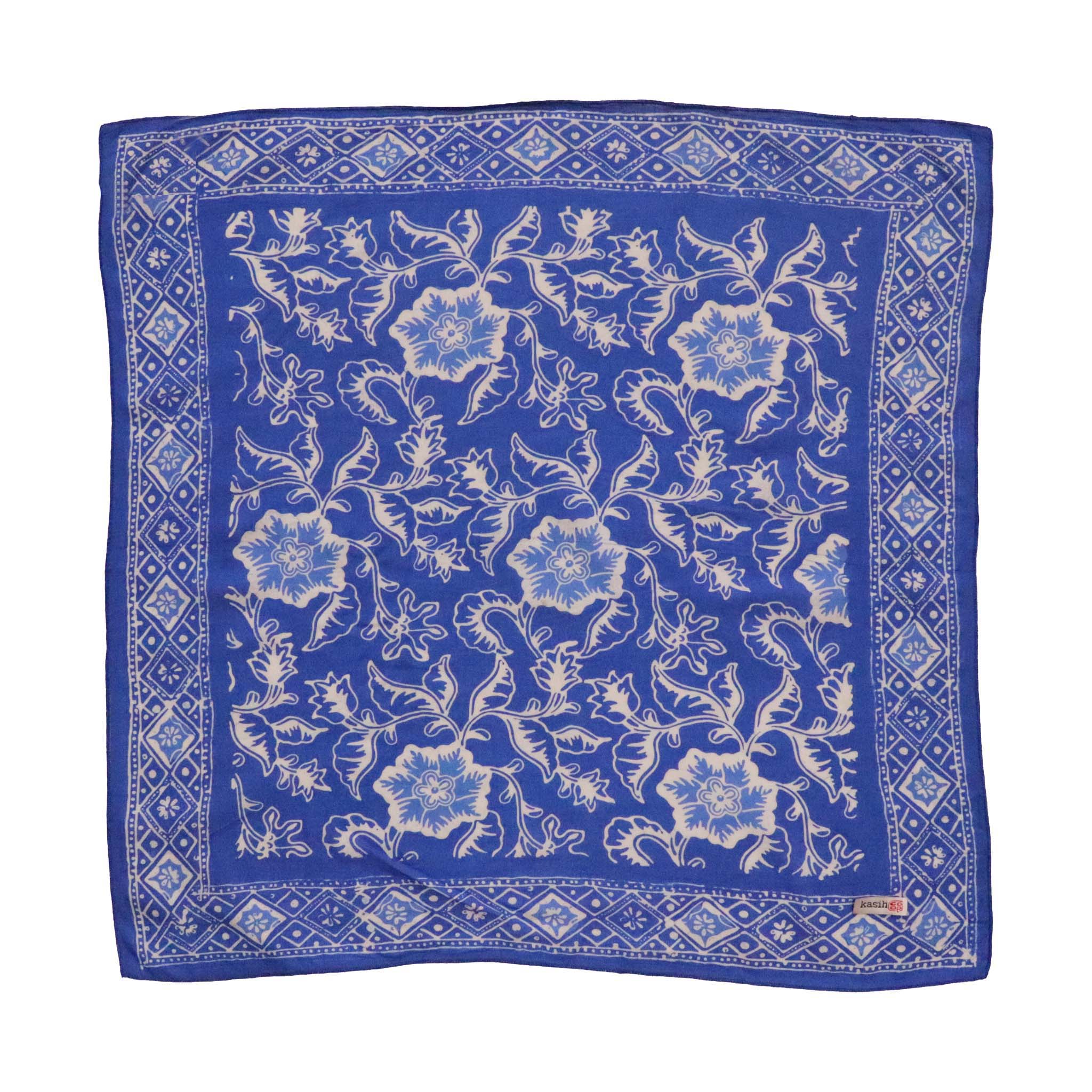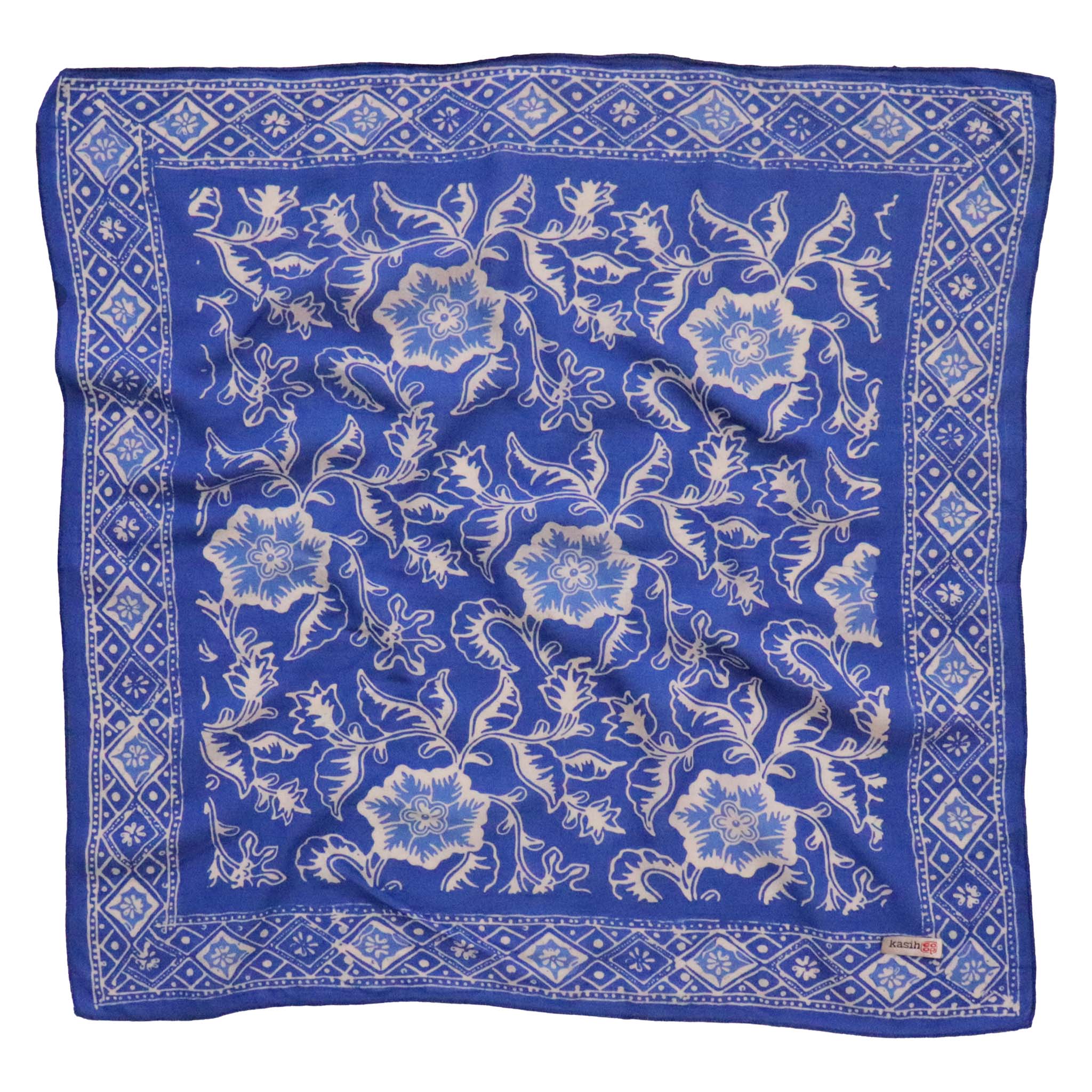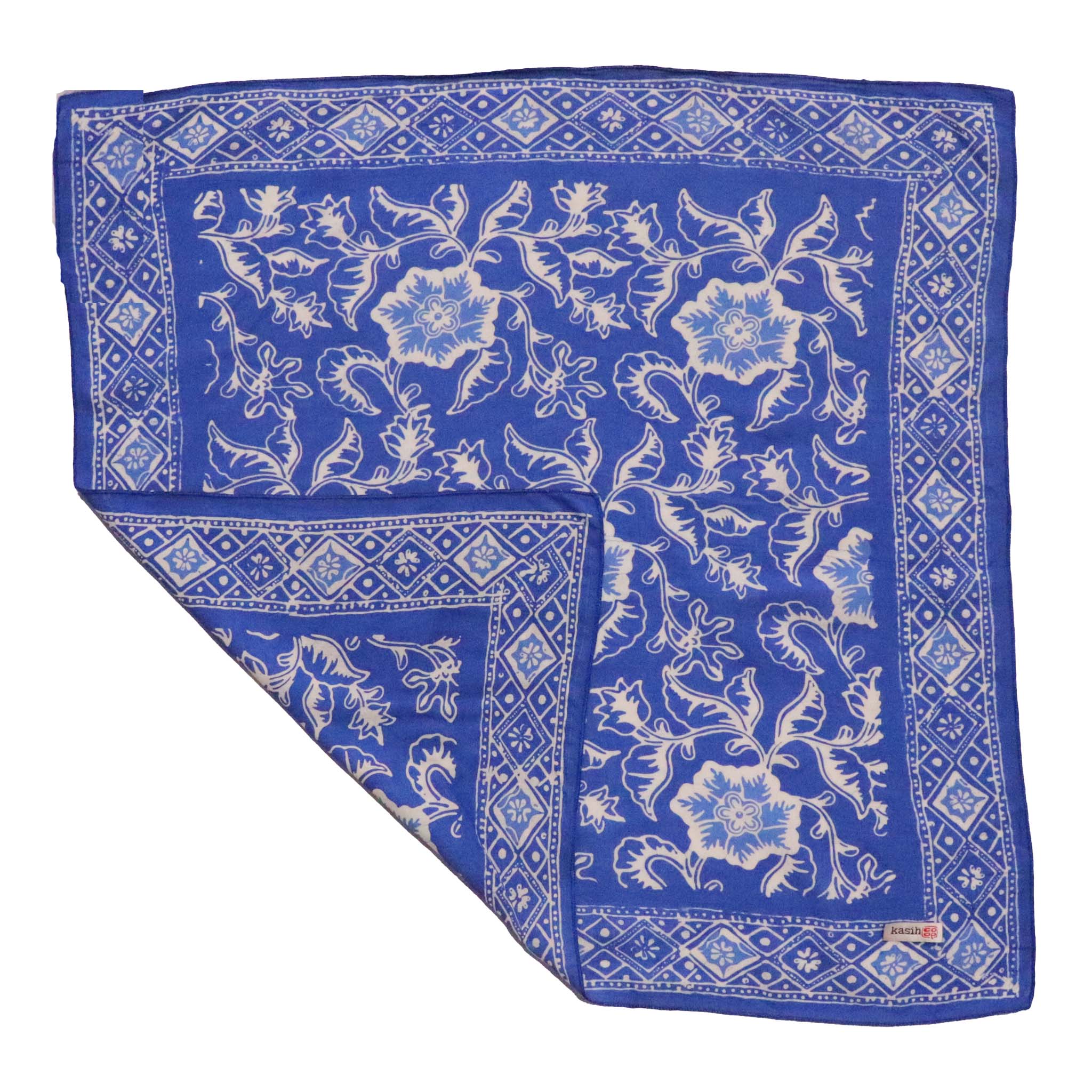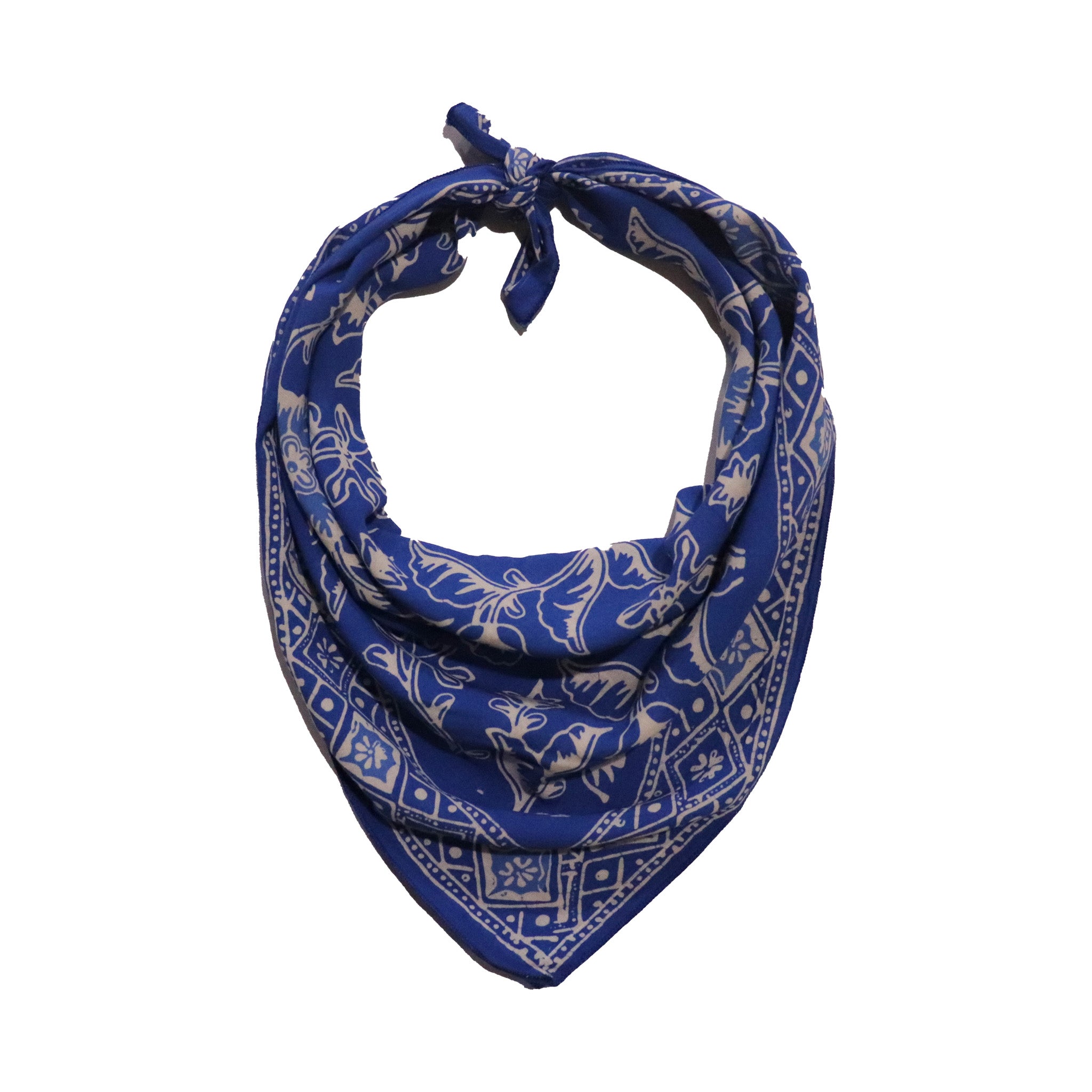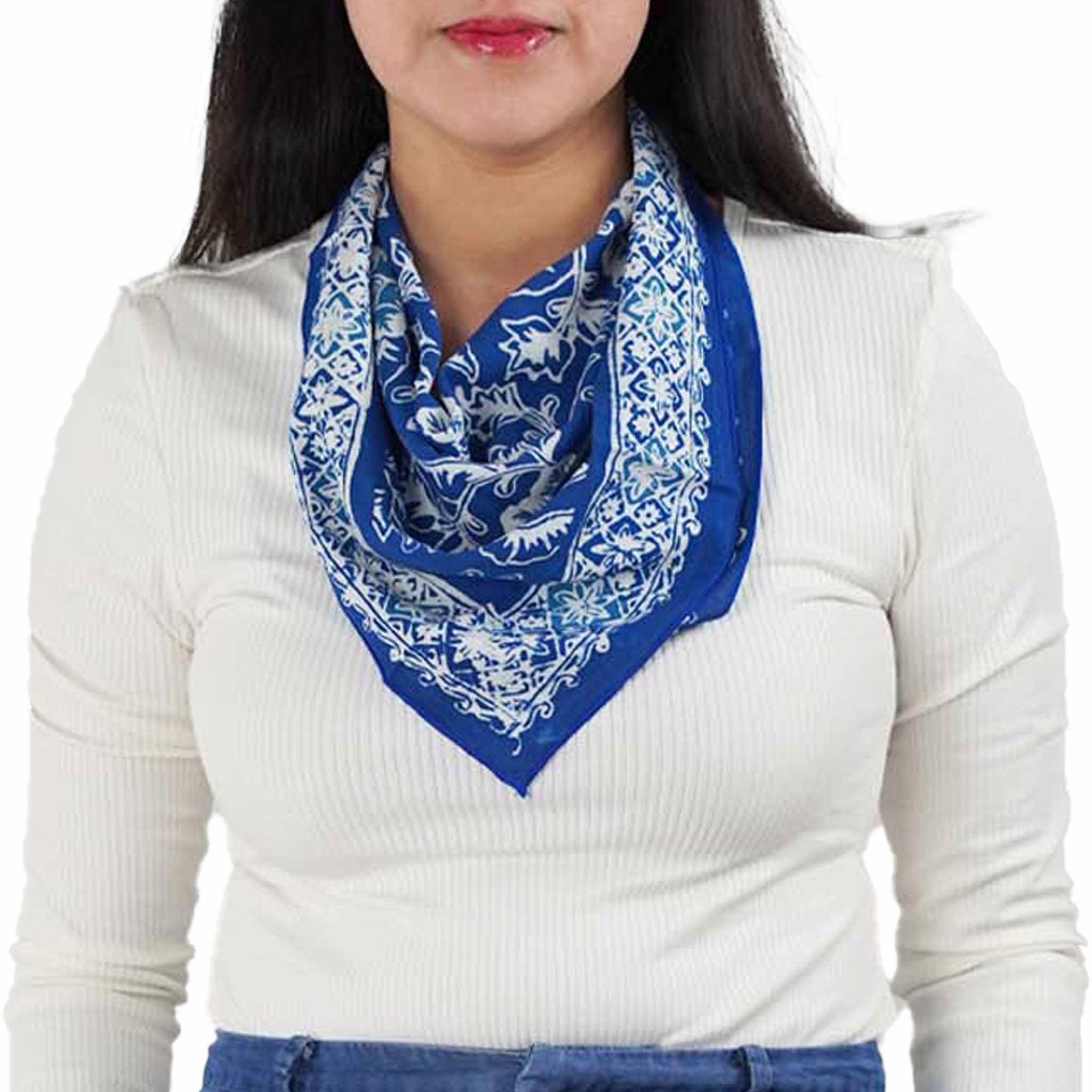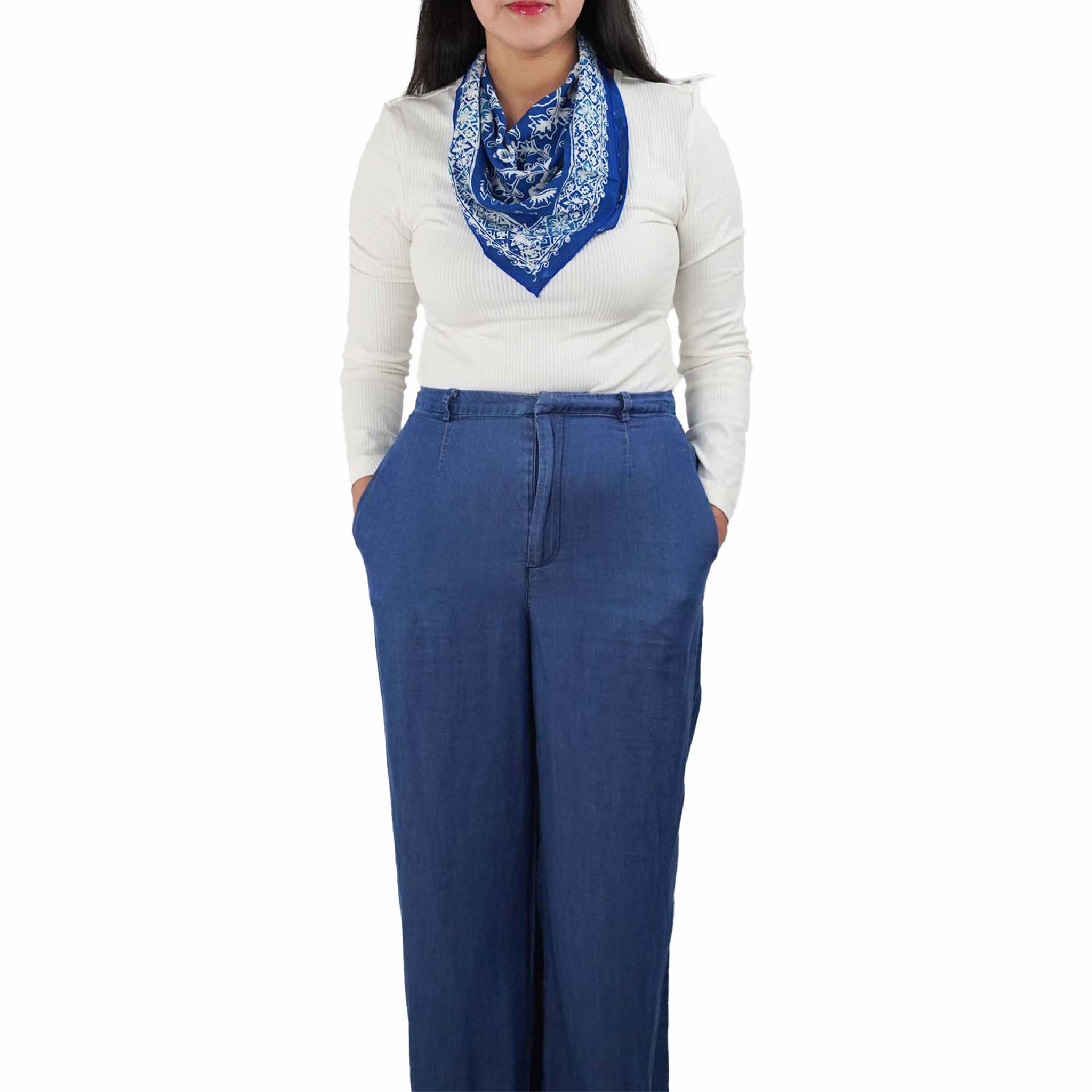Indonesian batik is far more than a beautiful textile—it’s a living tradition, a form of visual storytelling passed down through generations. While intricate patterns often catch the eye, the colors of batik also play a crucial role, each carrying layers of meaning rooted in Indonesia’s diverse culture. If you’ve ever wondered why batik comes in such a rich palette, or what story a particular shade tells, let’s unravel that colorful heritage.
Common Colors in Indonesian Batik
Across Indonesia, you’ll find batik cloths in a variety of hues—each the result of both artistic choice and deep tradition. The most common traditional batik colors are:
- Brown (“Soga”)
- Blue
- Black
- White
- Red
- Yellow/Gold
Let’s explore what each color signifies and why it matters.
Brown (“Soga”): The Color of the Earth
Brown, also known as *soga*, is synonymous with classic Javanese batik. Made from natural dyes derived from tree bark, soga brown represents earth, stability, humility, and respect for tradition. It’s often worn during ceremonies and is closely tied to ancestral heritage, making it a strong marker of Javanese identity.
Blue: Calm and Devotion
Blue is traditionally made from indigo plants and serves as a symbol of calm, loyalty, and deep emotional connection. It evokes the ocean and sky—vital elements in the Indonesian archipelago. Blue is often linked with batik from coastal regions and signifies stability and devotion, both in daily life and in spiritual practice.
Black: Strength and Wisdom
In batik, black stands for strength, introspection, wisdom, and resilience. It’s sometimes used during periods of mourning or spiritual transition, but it also balances more vibrant colors and lends intensity and depth to a batik’s design.
White: Purity and Spirituality
White is a backdrop that highlights batik’s bold patterns. It symbolizes purity, sincerity, and fresh beginnings, often used for sacred occasions and rituals. In many communities, white is associated with prayers and important milestones.
Red: Vitality and Bravery
Red energizes a batik design. Derived from roots like *mengkudu*, it carries a sense of life, strength, courage, and passion. Red is a staple in festive and celebratory batik, especially along Indonesia’s north coast, where foreign influences introduced bigger, brighter palettes.
Yellow and Gold: Prosperity and Prestige
Yellow and gold are colors of luxury, joy, and prosperity. Traditionally, these shades were reserved for royalty or elites, worn in ceremonial dress and during moments of blessing. Their presence in batik still reflects elegance, nobility, and a prayer for abundance.
Why Batik Color Meanings Still Matter
Colors in Indonesian batik are never chosen at random. They reflect social status, mark major life events, and express hopes or prayers. Certain combinations and motifs were once exclusive to royal families. Today, choosing a batik piece—whether in humble earth tones or vibrant reds and golds—is about connecting to a rich, ancestral language of color.
Each thread, each color, and each pattern in a batik piece tells a story. By understanding this rich language, you can appreciate the art on a deeper level. At Kasih Co-op, we are proud to be your guide through this beautiful cultural journey, connecting you with batik pieces that not only look exquisite but also carry centuries of history and meaning.


